Seattle Jazz Scene: Live Jazz Previews for April & May
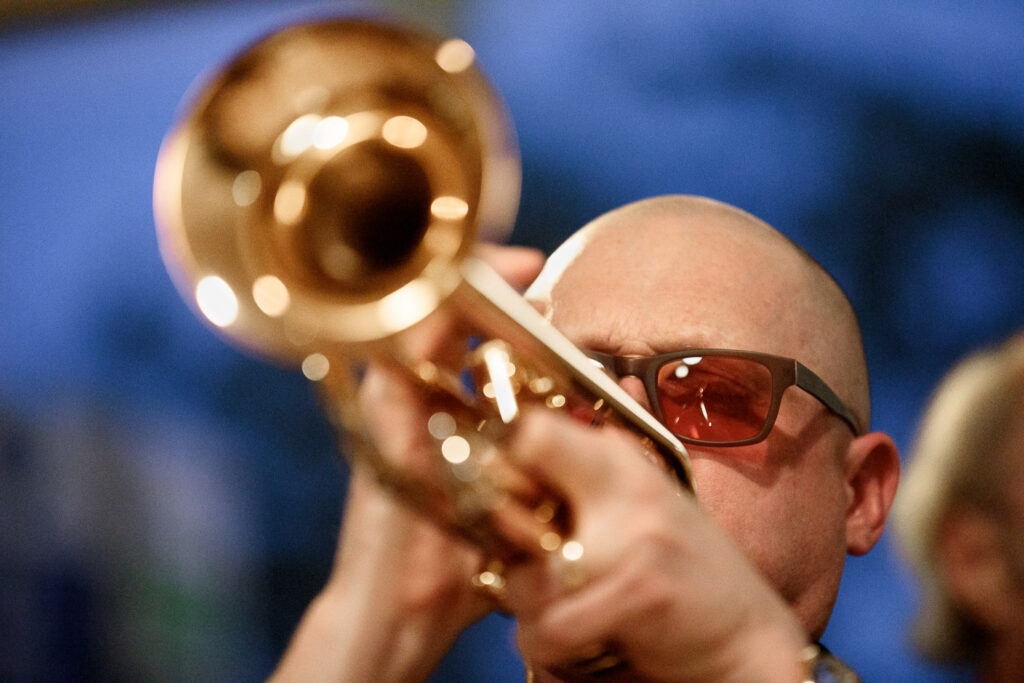
Underground Sounds with Thomas Marriott, Rick Mandyck, Jeff Johnson & John Bishop
Tue Apr 2, 9, 16, 23, 30, 8 PM / Underbelly- 119 First Av S.
Underbelly, the quaint cellar bar on First Avenue in Pioneer Square sits directly across the street from what was the New Orleans club, a former hub of local Seattle jazz. That vibe lives on Tuesday nights in the former burlesque venue, with four of the city’s top jazz musicians colliding in an explosive chordless quartet that at times has been known as “Free Fall.” This is an opportunity to witness great jazz in an informal environment with no cover.
Trumpeter Thomas Marriott leads this band of long time mates with a strong intuitive connection. The author of fourteen albums as a leader and a recent inductee into the Seattle Jazz Hall of Fame is joined by the incomparable duo of bassist Jeff Johnson and drummer John Bishop. Saxophonist Rick Mandyck has switched to alto, but bears the sound and approach of some of the great tenor players in jazz. The band plays originals from Marriott, Mandyck and Johnson, along with a few standards. The vibe in the room is relaxed, the drinks are first class and there is a very cute puppy in the house to add to the charm. The house screens classic films and cartoons as well! A highly recommended hang on Tuesday nights.
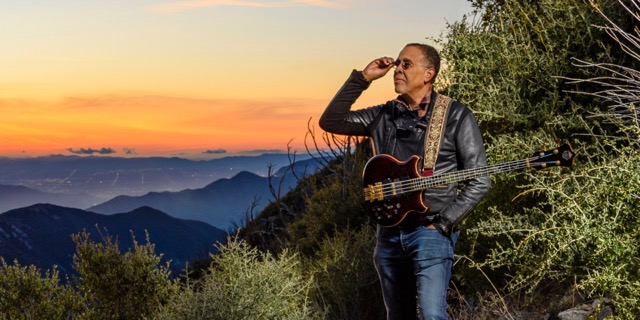
Stanley Clarke
Thu Apr 18 – Sun Apr 21, 7:30 & 9:30 PM / Jazz Alley
Electric bass virtuoso, and NEA Jazz Master Stanley Clarke has been lighting it up for fifty years. Brought to national attention as a member of Return to Forever with Chick Corea, Clarke has gone on to become a jazz fusion pioneer and living legend through his recordings and performances as a leader.
Clark hits Jazz Alley in trio mode, in collective spirit with Dave Weckl on drums and piano / keyboard ace Beka Gochiashvili. Weckl is to fusion drumming what Clark is to the electric bass– a true match made in heaven. These shows amount to fusion royalty present in Seattle. https://www.jazzalley.com/www-home/artist.jsp?shownum=7539
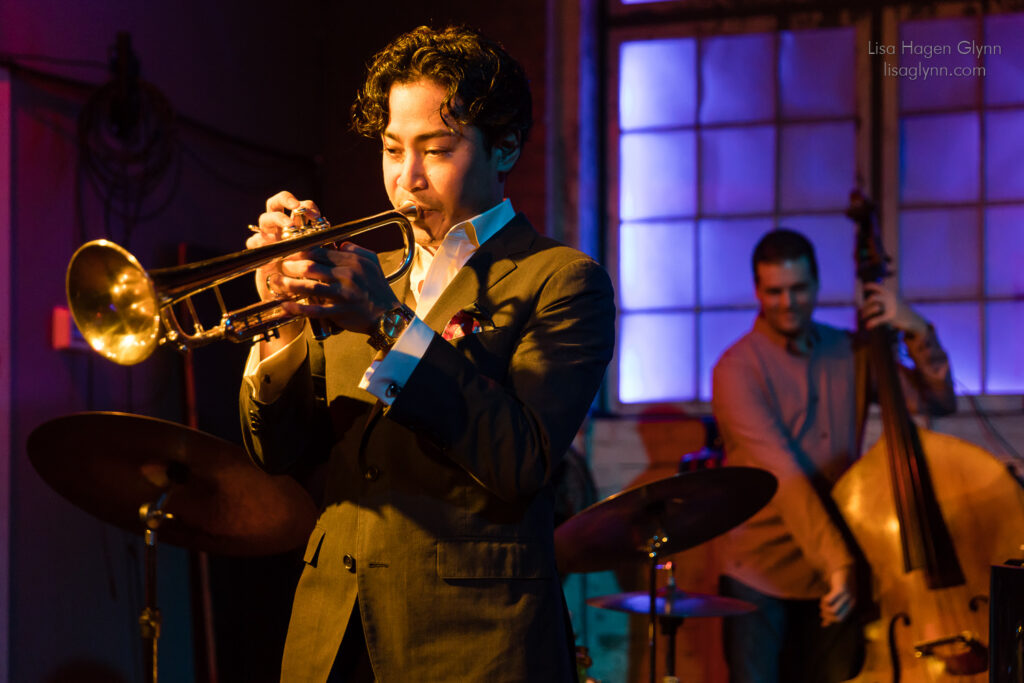
Jun Iida Quintet
Fri & Sat Apr 19 – 20, 7:30 PM / Seattle Jazz Fellowship- 109 S. Main St.
Trumpeter Jun Iida hits the Fellowship for a two night residency on the heels of his new release on Origin Records, Evergreen. Iida has a fluid and full trumpet sound. Having four sets over two nights gives the band a chance to reallyn dig into his tunes, with the help of this well put together band. Pianist Dylan Hayes, guitarist Martin Budde, bassist Michael Glynn and drummer Xavier Lecouturier represent a formidable gathering for Iida to work his magic. Always good for a trumpet player to have a band stocked with skilled soloists. For the audience, it presents a diversity of sound across the board over a weekend residency that makes attending both nights an excellent option. https://seattlejazzfellowship.org/events
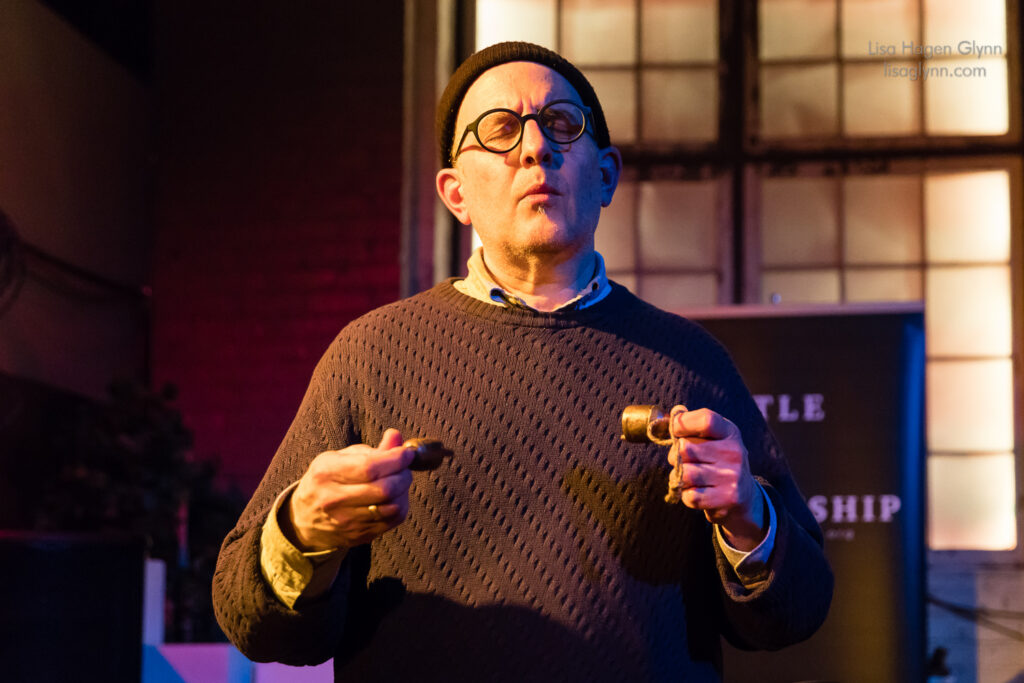
The Racer Sessions: James Falzone
Sun Apr 21, 7 PM / Gallery 1412- 1412 18th Ave
The Racer Sessions are an iconic series of performances that feature artists in exploration mode. There is a wide variance in the performances depending on the participating artist, but all are strong in the art of improvisation. The tradition began at the old Cafe Racer on the edge of the University District, when it was a hip coffee bar. The sessions moved to the current incarnation of Racer on Capitol Hill, but have moved once again to the intimate room at Gallery 1412.
Clarinetist James Falzone is a world class musician, and a master of both classical and improvised forms. For his Fellowship date, he plays clarinet and piano in duo with Seattle-based dancer Giordana Falzone. G. Falzone is an accomplished movement artist, and the daughter of the noted clarinetist. https://www.racersessions.com/
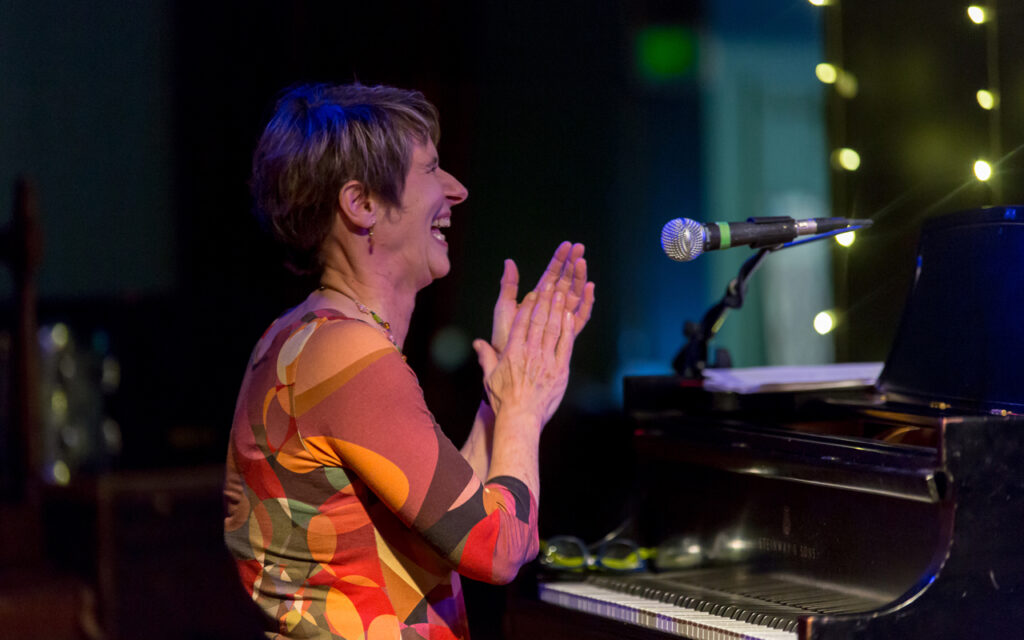
Ann Reynolds Quartet
with Tobi Stone, Heather Chriscaden & Evan Woodle
Ian Hughes Quartet
Thu Apr 25, 7:30 PM / Seattle Jazz Fellowship – 109 S. Main St.
Pianist Ann Reynolds has been featuring the compositions of female composers in her recent performances, including those of the great Mary Lou Williams. Her skillful arrangements have raised awareness of these “new standards” for her audiences. Reynolds is supported by the solid rhythm section of bassist Heather Chriscaden and drummer Evan Woodle. Her beautifully harmonic support elevates the soaring, bold sound of tenor saxophonist Tobi Stone, who acts as the lead voice of this well formed quartet.
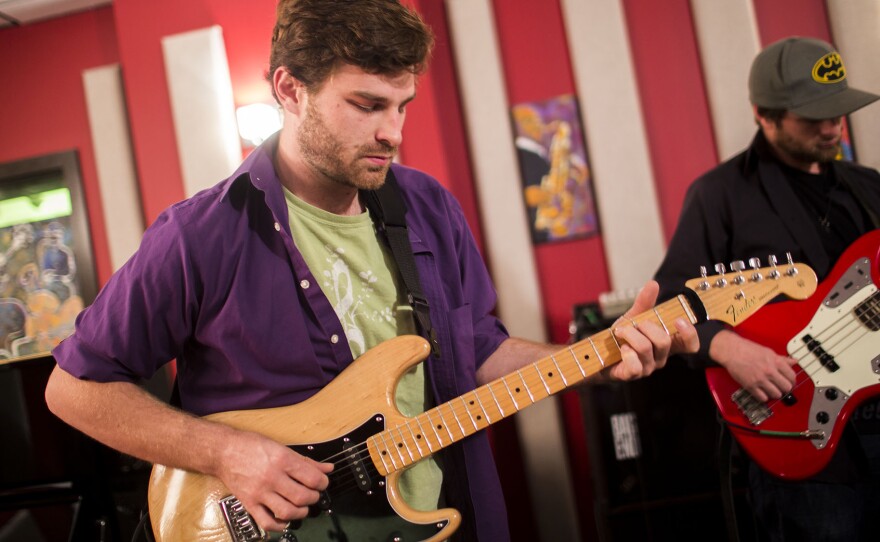
Guitarist Ian Hughes makes his Fellowship debut, leading a band that includes drummer Chris Patin, alto saxophonist Michael Jedynak, and bassist Marina Christopher. Hughes is known around Seattle for his work with the band Freudian Slurp among others projects. He is a tradition based player, with branches that extend into funk and adventurous original compositions. For this performance, he offers compositions inspired by nature, written during the pandemic to channel joy into times of despair. https://seattlejazzfellowship.org/events
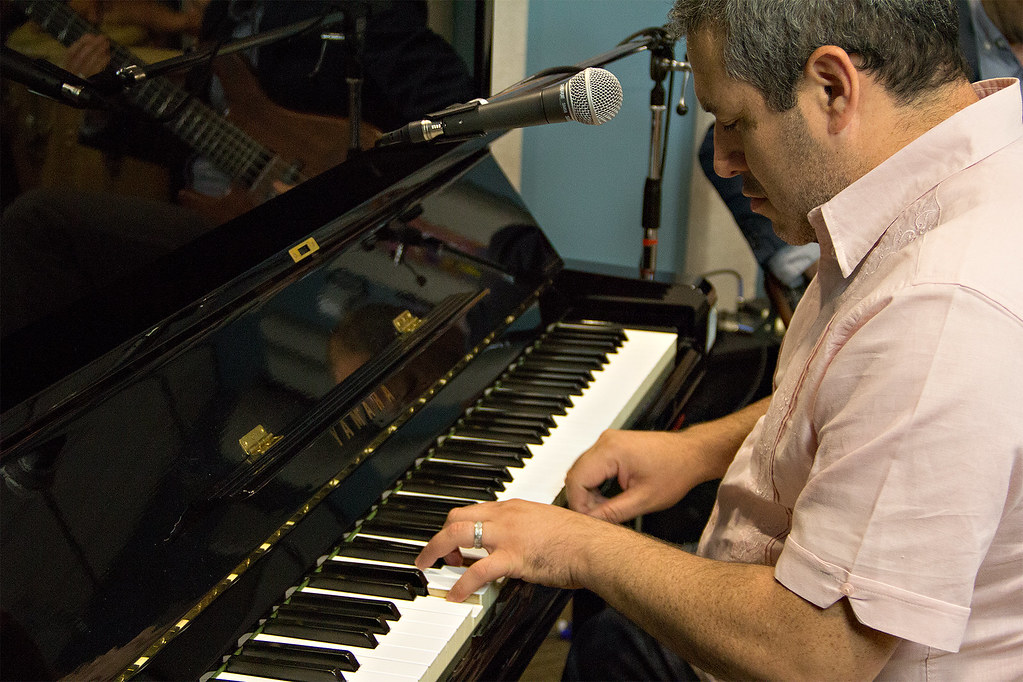
Julio Jauregui
Fri Apr 26, 7 PM / Seattle Jazz Fellowship- 109 S. Main St.
Nobody embodies the spirit of Latin jazz in Seattle, better than talented pianist Julio Jauregui. The Mexico City native is an excellent jazz pianist who has pushed the limits of Latin music through a number of musical associations. He founded the band Tumbao with vocalist Carlos Cascante in 2001, and has been thrilling jazz and latin audiences with that combo ever since. Many of Jauregui’s performances are outside the orbit of local jazz programming. It’s satisfying to see him on the SJF schedule, giving the audience there the opportunity to witness his artistry and virtuosity. Band TBA https://seattlejazzfellowship.org/events
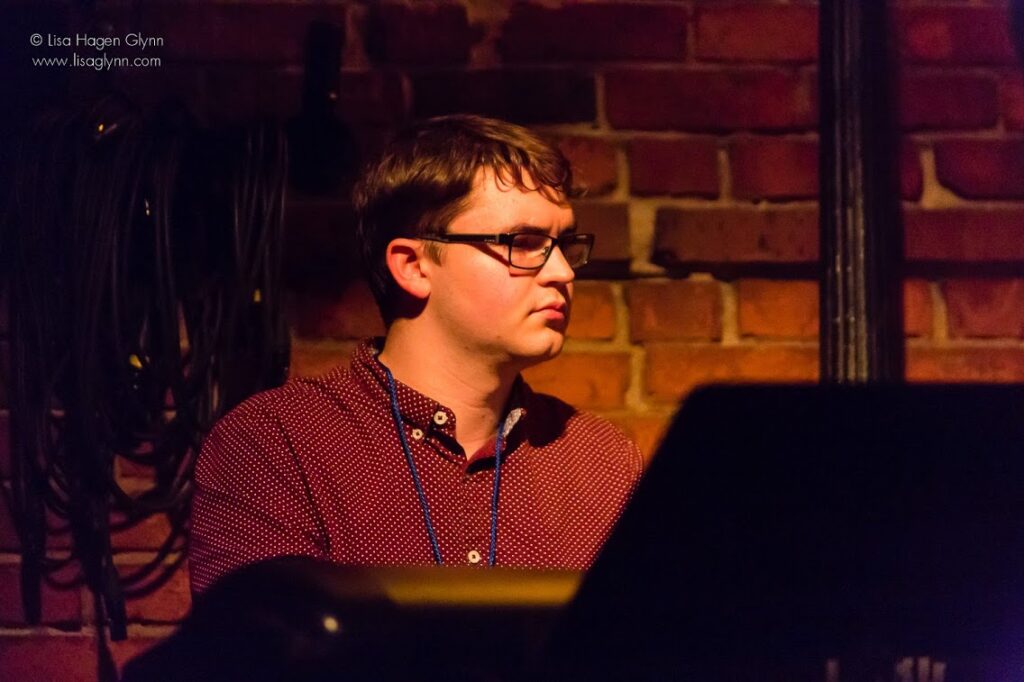
Dylan Hayes Trio with Jeff Johnson & Xavier Lecouturier
Sat Apr 27, 7:30 PM / Seattle Jazz Fellowship- 109 S. Main St.
Dylan Hayes is a highly skilled pianist, composer and arranger who moves around the Seattle jazz scene in a wide ranging sort of way. He is the curator of the legacy of conmposer Jim Knapp, and co-leads The Jim Knapp Orchestra with Jay Thomas. As a member of the collective ensemble, Meridian Odyssey, he is challenged in all facets of his skillset. For this performance, he strips it all down to the studs, performing in the traditional jazz piano trio format. It will be fun to see how the composer / arranger side of him interacts with the jazz pianist.
Hayes has chosen excellent partners for this trio venture. Bassist Jeff Johnson has been blazing a new trail through trio configurations for decades with the likes of Hal Galper, Jessica Williams, Chano Dominguez and Bill Anschell. Drummer Xavier Lecouturier has been Hayes’ musical partner since high school days in California, and shares a collective spirit with the pianist. https://seattlejazzfellowship.org/events
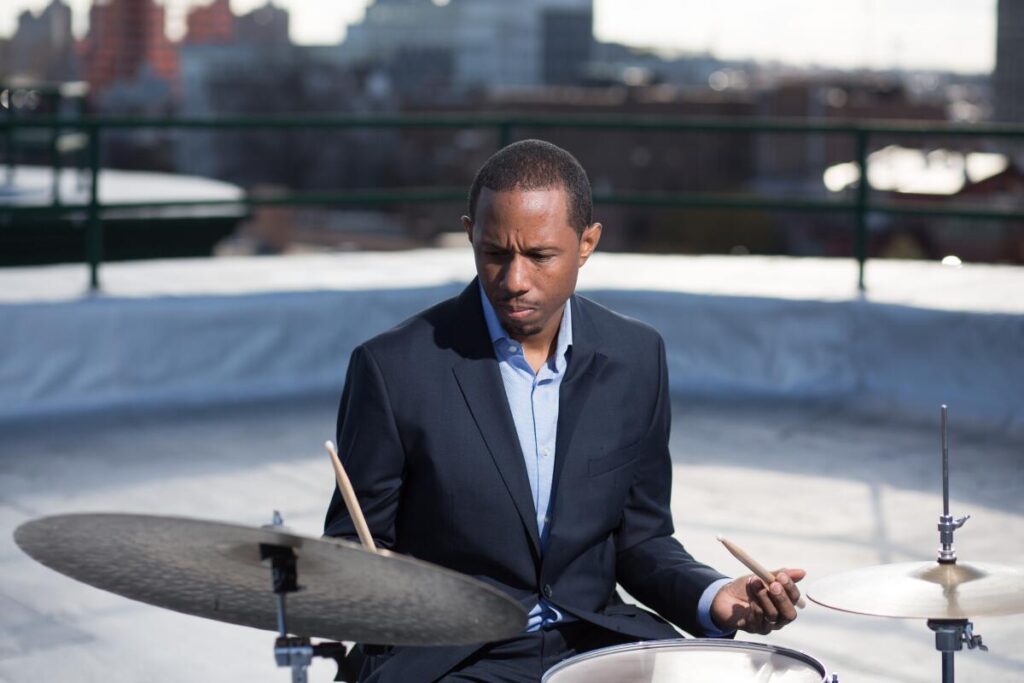
Willie Jones III Sextet
Tue Apr 30 – Wed May 1, 7:30 PM / Jazz Alley
Drummer Willie Jones III is touring in support of his new album Fallen Heroes, an homage to a long list of his mentors that include Roy Hargrove, Larry Willis and Jimmy Heath. Speaking of Hargrove, Jones has Justin Robinson on alto, a veteran of the late trumpeter’s quintet. Young trumpeter Giveton Gelin is on the gig as well, a rising star in jazz who appeared recently in Seattle at Langston. Vocalist Christie Dashiell adds a different dimension to the proceedings, with pianist Keith Brown and bassist Gerald Cannon rounding out this stellar assemblage of talent. This is one that has “fly under the radar” written all over it, and could well be one of the best hits of the year at Jazz Alley. https://www.jazzalley.com/www-home/artist.jsp?shownum=7527
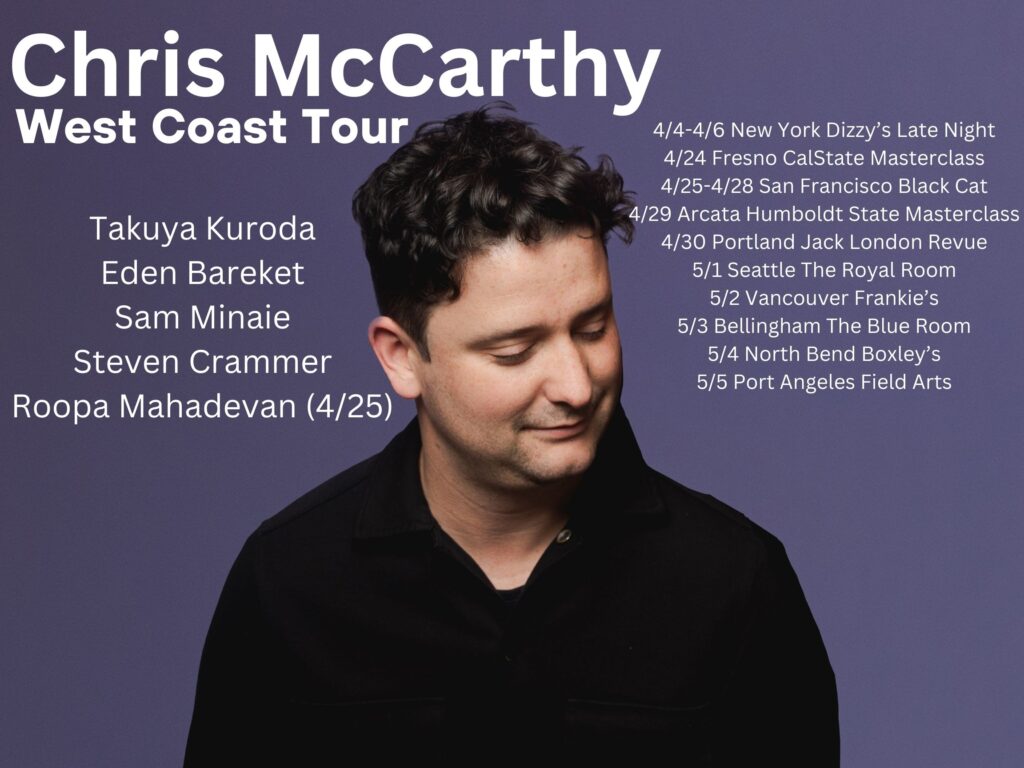
Chris McCarthy Quintet
Wed May 1, 7:30 PM / Royal Room
Chris McCarthy is a Seattle born and raised pianist based in New York City. His style rests on the edge of straight ahead modern jazz and modern improvised music. His articulate, probing playing does not delineate a particular style in the jazz world, and possesses a refreshing openness and clarity. He is joined by the dynamic front line of Japanese born trumpeter Takuya Kuroda and dedicated baritone saxophonist Eden Bareket. Both bassist Sam Minaie and drummer Steven Crammer are adventurous spirits in the post-bop tradition that have a penchant for producing elasticity in their approach to rhythmic aspects of a given tune.
This date will tend to slip under the radar, due to the Royal Room’s outdated and puzzling approach to publicity. Don’t allow that to deter you from venturing to Columbia City and welcoming home a brilliant Seattle artist who is making his mark in New York. https://theroyalroomseattle.com/event/chris-mccarthy-quintet-feat-takuya-kuroda/
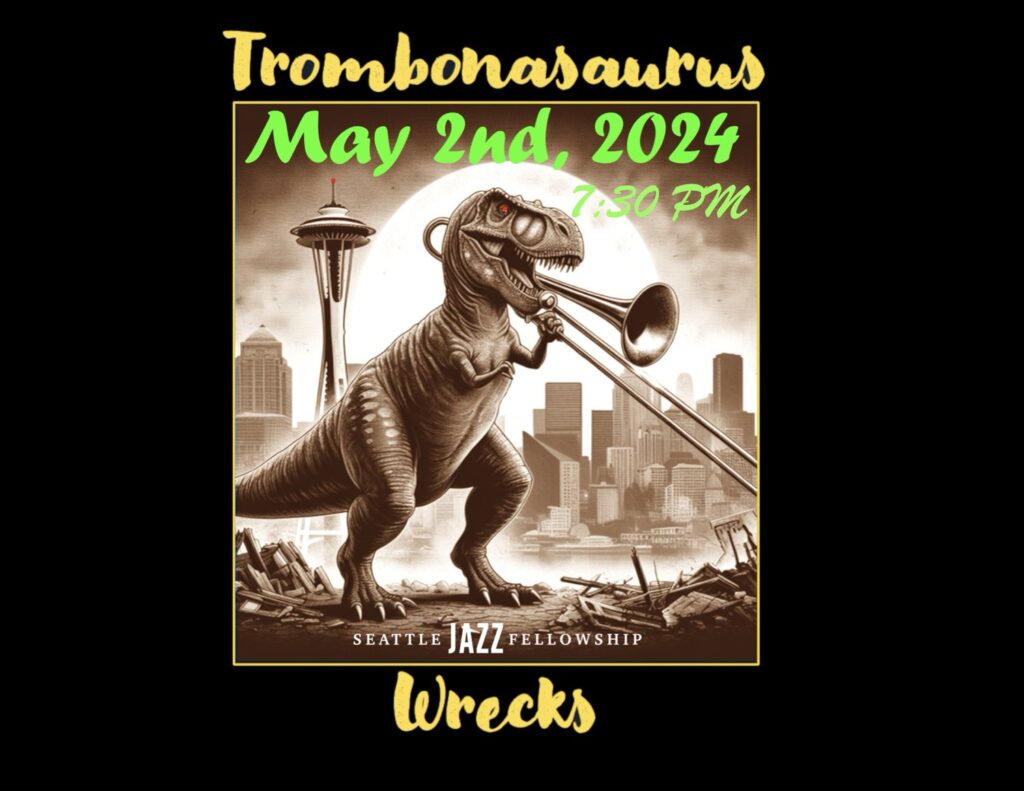
Trombonasaurus Wrecks
Thu May 2, 7:30 PM / Seattle Jazz Fellowship- 109 Main St.
Veteran trombonist Dan Marcus has been a major voice on the Seattle music scene for decades. His work includes highly visible gigs with SRJO and a variety of small bands in the area’s best clubs. His playing is also heard in show bands around town at the city’s showcase theaters. His musical personality is bold and virtuosic. Trombonasaurus Wrecks is his statement as a proud, unabashed trombonist living in a trumpet and saxophone dominated world. For good measure, he brings along a cadre of the city’s best trombonists, including the brilliant David Marriott, Jr.. Add relative newcomers Beserat Tafesse and Audrey Stangland, and you have a low toned wall of sound that ascends to trombone heaven. With pianist John Hansen and bassist Greg Feingold or Heather Chriscaden in tow in the rhythm section, this band is sure to vibrate the foundation of the intimate room at 109 S. Main. https://seattlejazzfellowship.org/events
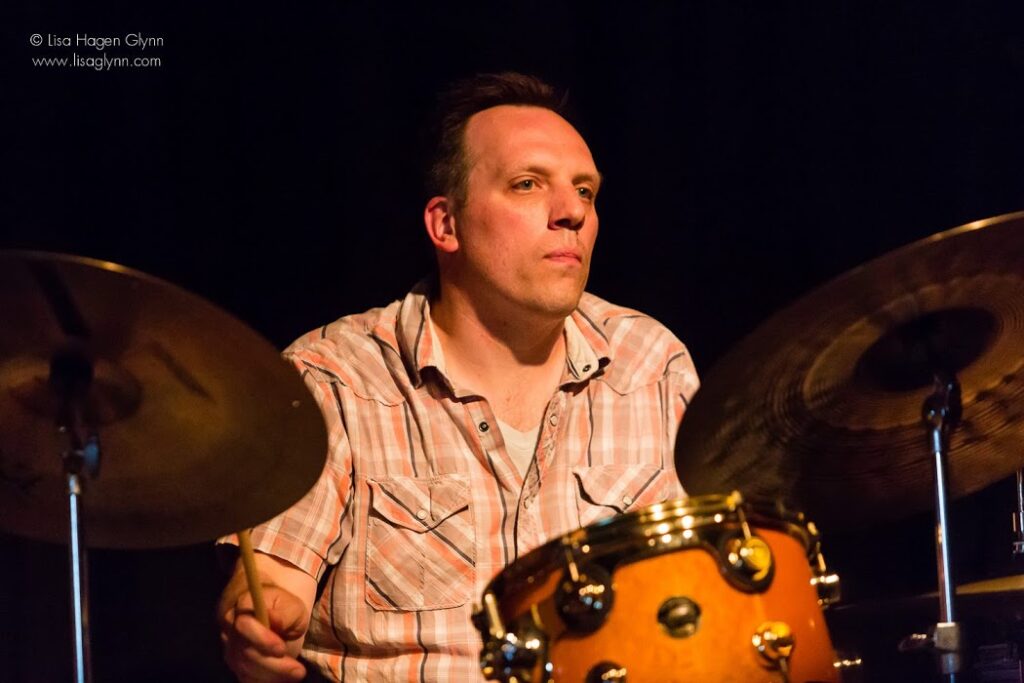
Matt Jorgensen Quintet
Fri & Sat May 3 – 4, 7:30 PM / Seattle Jazz Fellowship- 109 S. Main St.
Drummer/composer Matt Jorgensen is the author of eleven albums as a leader or co-leader, including his modern jazz band, +451. He has co-led the ensembles Chamber 3, Human Spirit with Thomas Marriott and Mark Taylor, and NYC with Gary Versace. He is co-principal of Origin Records, the highly regarded Seattle based label.
Jorgensen has a way of measuring the pulse of the Seattle scene and assembling a band that best interprets his original compositions. For this iteration of his quintet, he teams with his longtime ally Mark Taylor on alto saxophone, joined in the front line by young tenor saxophonist Jackson Cotugno. Pianist Dylan Hayes has been making a name for himself as a composer/arranger, as well as an up and coming voice on piano. Bassist Kelsey Mines has become a highly visible presence on the scene, performing in a wide-ranging array of gigs that covers a broad spectrum of the jazz idiom. Jorgensen’s two night residency presents him with an opportunity to reach out over his two plus decade career as a composer, and dig deep into the sound. https://seattlejazzfellowship.org/events
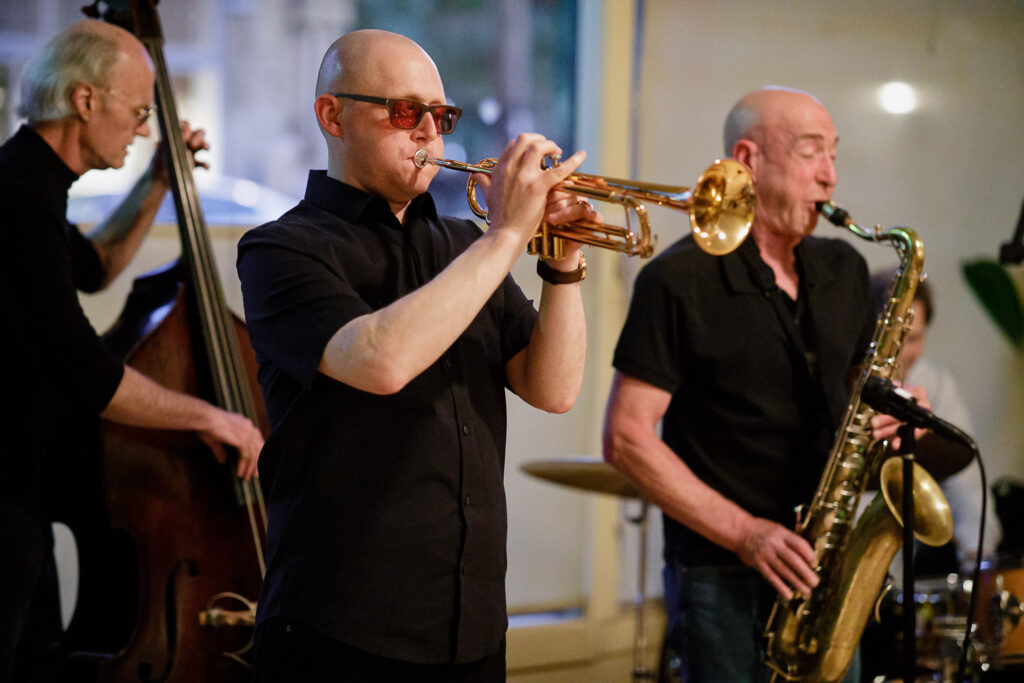
Free Fall with Jeff Johnson
Thu May 9, 7:30 PM / Seattle Jazz Fellowship- 109 S. Main St.
Free Fall is a chord-less quartet that in rare appearances over the years, has gained a reputation as a free spooling affair with four of the best jazz musicians this city has produced historically. The core of the band’s history goes back to a weekly gig in Ballard in the 1990’s, when bassist Jeff Johnson, drummer John Bishop and saxophonist Rick Mandyck led a trio gig that would every so often add a fourth member. That fourth member now is trumpeter Thomas Marriott, adding a different dynamic to the band.
The quartet performs original compositions, many of which are open ended, freedom seeking scores written by Johnson and Mandyck. Marriott adds his tunes as well, selecting those that very well may have been incubated in this harmony liberated environment. Johnson’s trailblazing style on bass, and Bishop’s orchestral sound on drums tends to bring the best out of Marriott and Mandyck. One not to miss on the May calendar. https://seattlejazzfellowship.org/events
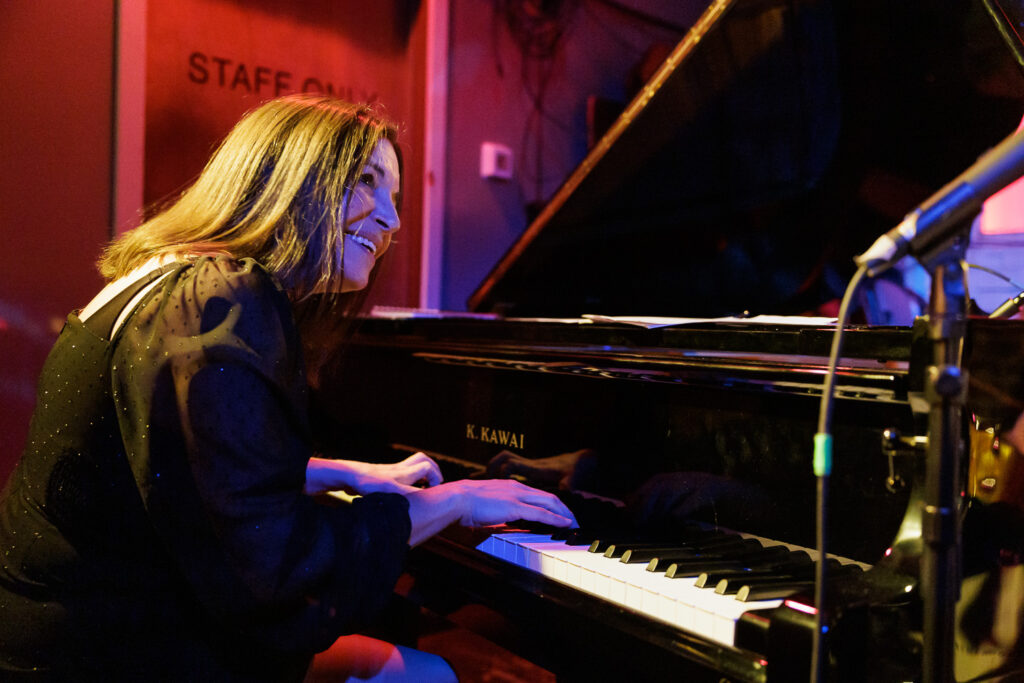
Marina Albero Trio / Quartet
Fri & Sat May 10 – 11, 7:30 PM / Seattle Jazz Fellowship- 109 S. Main St.
It’s now been ten years since pianist Marina Albero arrived in Seattle from her native Barcelona. The daughter of iconic Catalan musician / composer Marian Albero has created a style that reflects the many different directions her musical journey has taken her. A four month sabbatical in New Orleans is the latest journey taken by Albero, an immersion into her music while surrounded by the multiplicity of musical influences that encompass the crescent city. Albero hits SJF upon her return from that real life deep dive into the melting pot of American music, for a two night residency that features two different bands.
Albero breaks things down into the classic trio format on the first night, joining in conversation with bassist Kelsey Mines and drummer D’Vonne Lewis. Saturday night will feature a quartet with drummer Xavier Lecouturier, bassist Trevor Ford and tenor saxophonist Jackson Cotugno. With a different band and different tunes each night, attending both nights is a great option. https://seattlejazzfellowship.org/events
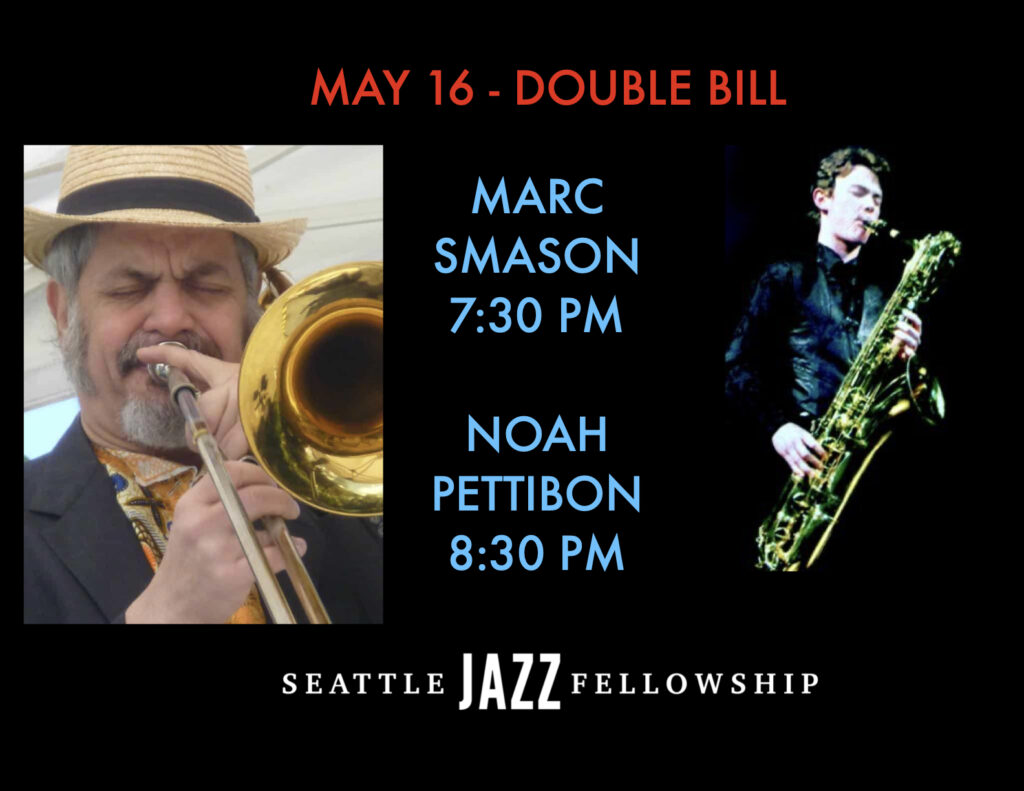
Marc Smason / Noah Pettibon Quartet
Thu May 16, 7:30 PM / Seattle Jazz Fellowship- 109 S. Main St.
This twin bill has an interesting theme of sorts, but in two very different ways. Young saxophonist Noah Pettibon bears the mark of being perhaps the only dedicated baritone player on the scene, dedicated enough to have studied with baritone legend Gary Smulyan. While he has played gigs in the area, and has frequented jam sessions around town, for the majority of Seattle jazz fans, this set is a bit of an introduction. Tacoma based guitarist Elliott Turner will join and contribute the original tunes for the set. Mountlake Terrace native Scott Swanberg is on bass with drummer Brady McCowan completing the quartet.
Marc Smason has played every type of gig in Seattle one could imagine, moving in and out of a broad range of musical forms. A trombonist of note and a jazz singer to boot, it is just as common to see him delivering his message on the street as it is to see him playing more conventional club dates. While holding a degree from the prestigious Cal Institute of the Arts, Samson’s jazz life has eschewed the career path of many modern jazz school trained musicians. He has served the local music community as a member of the executive board of international federation of musicians local 76-493, and as a community activist on a broad range of issues. His trombone sound is thick and foggy like the Seattle marine layer. He is trained both in jazz and classical music, and can often be seen and heard dipping into latin and klezmer sounds. You’ve heard about jazz musicians paying dues? This cat has paid a ton, and it is good to see him on the SJF docket. Samson’s band includes Gus Denhard on tuba, holding down the bottom end. Saxophonist Jeremy Shaskus, guitarist Martin Budde and drummer Dave Bush round out this unconventional lineup that should provide interesting results. https://seattlejazzfellowship.org/events
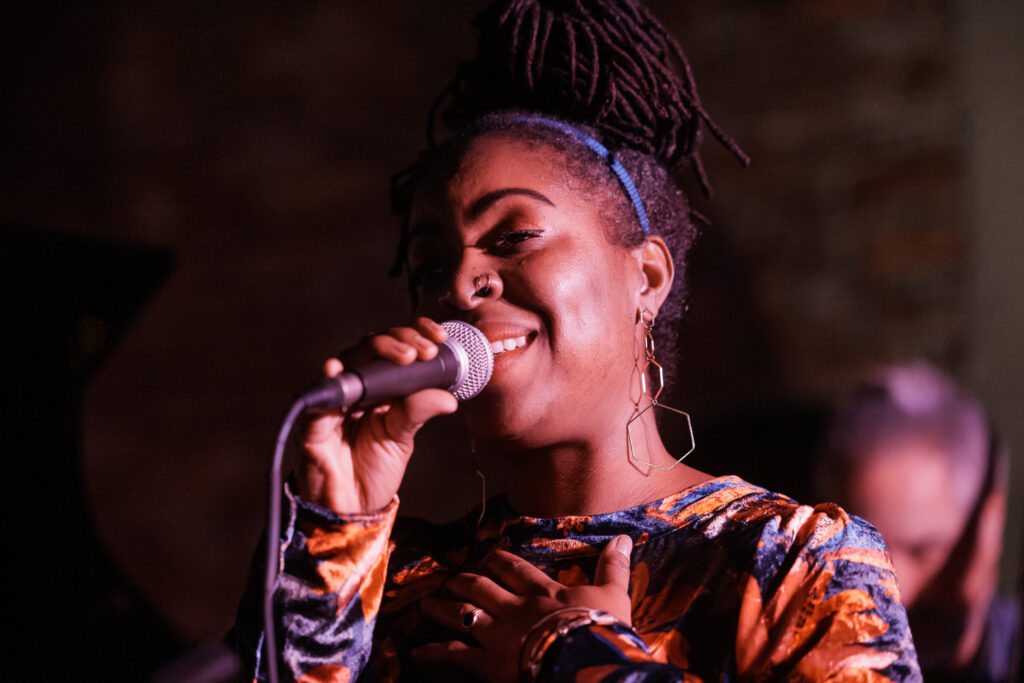
Johnaye Kendrick
Fri & Sat May 17-18, 7:30 PM / Seattle Jazz Fellowship- 109 S. Main St.
Now with a Grammy in tow from her work in the vocal quartet, saje, vocal artist Johnaye Kendrick returns home to the SJF for two sets of original music and selected standards. A professorship at Cornish brought her to us in Seattle, and we have reaped the benefits of her artistry ever since. The author of two solo albums with a long list of finely crafted original tunes, Kendrick will be working up some new tunes to be included in her next album. An original board member of the Seattle Jazz Fellowship, Kendrick thrilled the audience on the opening weekend of the new Pioneer Square digs. She is joined in her return by bassist Chris Symer, pianist Dylan Hayes and drummer Byron Vannoy. Another stellar two night residency by SJF with one of the true gems of the Seattle and international jazz scene. https://seattlejazzfellowship.org/events
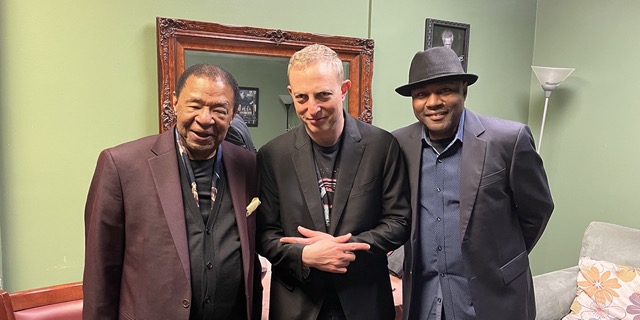
Noah Haidu Trio with Buster Williams & Lenny White
Tue & Wed May 21-22, 7:30 PM / Jazz Alley
Pianist Noah Haidu is a relative newcomer to the international jazz scene compared with his bandmates, noted as a modern player with a free and buoyant feel to his playing. While this performance will be a bit of a coming out party for the pianist in Seattle, the immediate focus for listeners will be the years of history made by his partners in bassist Buster Williams and drummer Lenny White.
Williams and White share a commonality as former members of bands led by the great Miles Davis. At eighty one years of age, Williams still possesses his nimble, even-toned touch much like he did in Herbie Hancock’s historic sextet of the 1970’s. His trio work includes groundbreaking work with Hank Jones and Tony Williams. Much like Williams, White has a long list of recording and performance credits that include time with the revolutionary fusion transition of Davis in the early 1970’s. The three time Grammy winner was a founding member of Chick Corea’s seminal fusion band, Return to Forever. He is considered one of the founding fathers of the fusion movement.
This performance allows jazz fans to both witness greatness that has persisted over generations and a talent that is fresh and on the rise. A can’t miss date at Jazz Alley. https://www.jazzalley.com/www-home/artist.jsp?shownum=7545
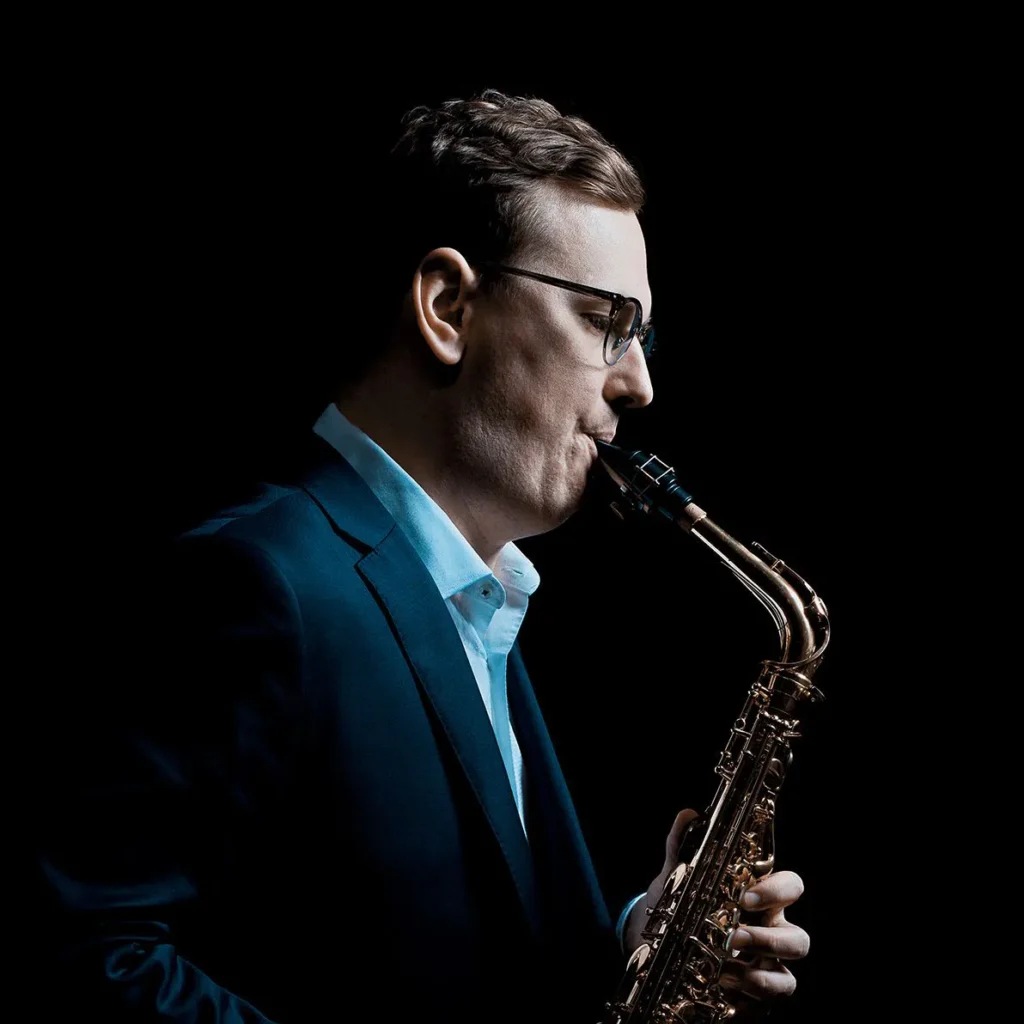
Jory Tindall: Left Coast
Thur May 23, 7:30 PM / Seattle Jazz Fellowship- 109 S. Main St
Saxophonist Jory Tindall has put together a band to celebrate the West Coast style, with a non-chordal quartet in the spirit of Lee Konitz, Lennie Tristano and Chet Baker. The band will present original music inspired by the west coast movement, though nuanced by Tindall’s hard bop DNA. Driven by bassist Greg Feingold and drummer Stefan Schatz, Tindall is joined on the front line by trumpeter Jun Iida. Feingold is a bold presence on double bass, and a perfect fit for this assemblage. Plenty of room here for melodic improvisation from the front line. https://seattlejazzfellowship.org/events
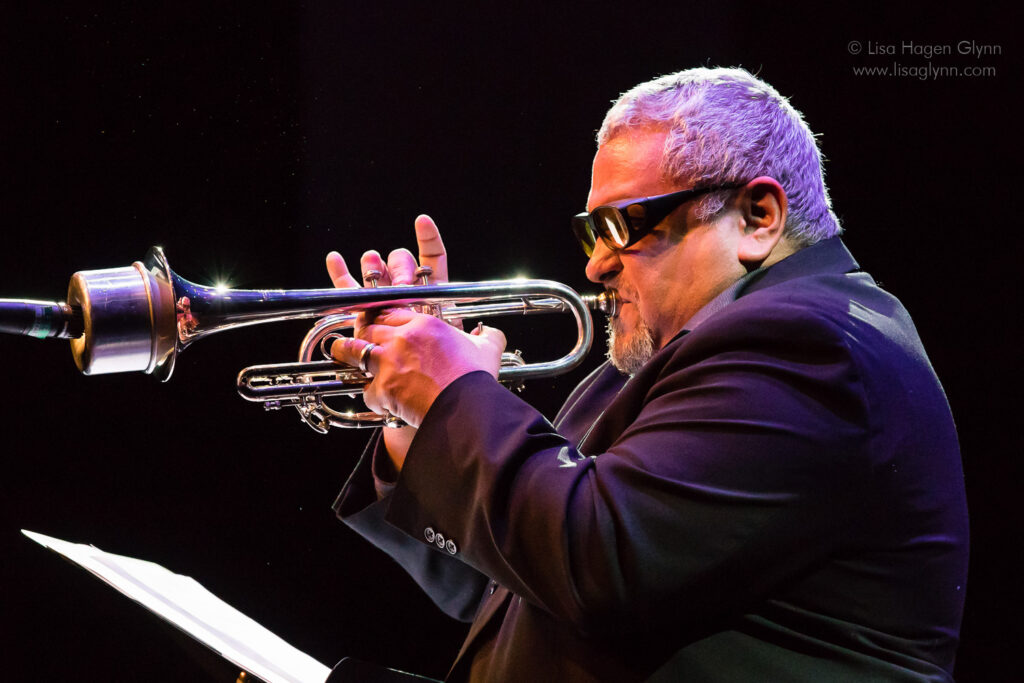
Ray Vega Quartet
Fri & Sat May 24 – 25, 7:30 PM / Seattle Jazz Fellowship- 109 S. Main St.
Trumpeter Ray Vega is a native of the Bronx, NY, and a veteran of the bands of Tito Puente, Ray Barretto, Mongo Santamaria, Johnny Pacheco and many, many more. He is also a master practitioner of bebop. Vega met a young Thomas Marriott in Seattle while on a tour stop at Jazz Alley, and became a close friend of the young trumpeter and his family. Their friendship became a musical partnership under the banner of “East-West Trumpet Summit,” resulting in three albums on the Origin Records label and accompanying live performances.
This time around, Vega performs in quartet mode with three of Seattle’s finest. Pianist Eric Verlinde is a perfect match for the trumpeter’s personal musical journey. He is a master jazz pianist with a special affection for Latin jazz. Bassist Michael Glynn is a first call Seattle player with the acute musical flexibility to interact with a wide range of approaches to the jazz lexicon. He appeared on the latest East-West Trumpet Summit album, Coast to Coast (Origin, 2022). Drummer John Bishop is an iconic Seattle performer acclaimed on an international scale. He has been one of the leading voices in the Seattle jazz community for forty years as a drummer, record label owner, graphic designer and festival presenter. He has appeared on over 100 albums and has recorded and toured with the likes of Hal Galper, Jessica Williams, Sonny Fortune and Ernestine Anderson to name but a few. He was elected to the Seattle Jazz Hall of Fame in 2008.
Vega is a genuine soul and a bright light in the music world. Get there early for this one, it should fill up quickly. https://seattlejazzfellowship.org/events

Samara Joy
Sat May 25, 8 PM / Benaroya Hall
After quickly selling out her Earshot show at Town Hall, Grammy winning vocalist Samara Joy returns to Seattle to perform at Benaroya Hall. If you are unfamiliar, Joy performs standards in the vocal jazz tradition, and has been generously rewarded for her efforts. She recently has taken on writing lyrics for instrumental jazz classics for her own interpretation. How can a singer with a musician’s approach to sound not want to take on melodies that were written without lyrics? One example would be her take on Charles Mingus’ “Reincarnation of a Lovebird.”
In seeing Joy perform on several occasions, I have become well acquainted with her perfect pitch, deep resonance and dedication to excellence. She has not approached artistry to the extent of Cecile McLorin Salvant or Jazzmeia Horn, two current voices in jazz that have extended their respective reach into the music as artists. But she has a glorious instrument that can completely disarm you in moments.
I fear Joy falling into the “too much credit, too soon” category that is prevalent in these times of social media driven, recency biased instant-gratification. Her talent is genuine and sound, and a gift not to be taken lightly. Another concern is Benaroya Hall itself. As anyone who has attended a jazz concert at the renowned venue can tell you, it is a difficult room to achieve dynamics through any sort of amplification. Performances by the Keith Jarrett Trio there were stricken by unbalanced resonance, particularly concerning drums and cymbals. Wayne Shorter on the other hand, sounded wonderful. Here’s to hoping for the latter.
If you are a vocal jazz enthusiast, May is especially kind to you. Between Joy and Salvant, you might want to seek out a Greta Matassa show to add good measure for the month! https://www.earshot.org/event/samara-joy/
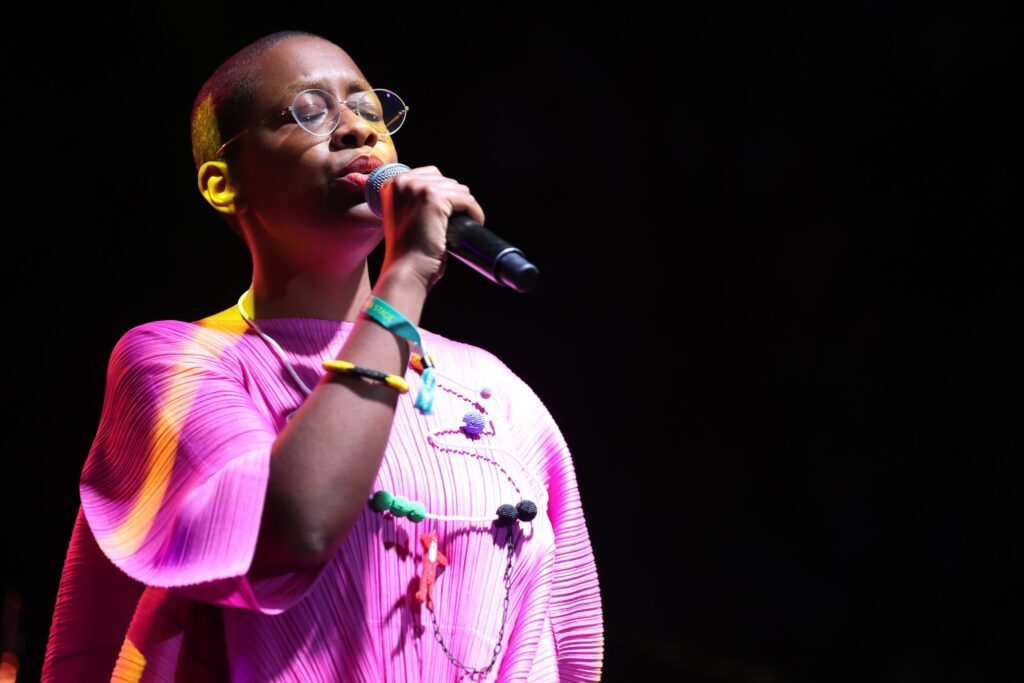
Cecile McLorin Salvant
Tue & Wed May 28 – 29, 7:30 PM / Jazz Alley
What more can one say about vocal artist Cecile McLorin Salvant? A generational talent who is already a multi-Grammy recipient, Salvant’s performances could be described as “stunning,” or “genius seeking beauty.” She has recently visited Jazz Alley in duo with her partner, the great pianist Sullivan Fortner. Fortner is indeed on the gig this time around, joined by Bellevue’s own Yasushi Nakamura on bass and drummer Aaron Kimmel. If you are yet to witness one of her performances, this becomes a priority event for you, whether or not you are a fan of jazz vocals. Salvant is a musician in every sense of the word, with a comnposer’s ear and mind. She very well may be the greatest American jazz singer since the historic reigns of Sarah Vaughn and Carmen McRae. https://www.jazzalley.com/www-home/artist.jsp?shownum=7547
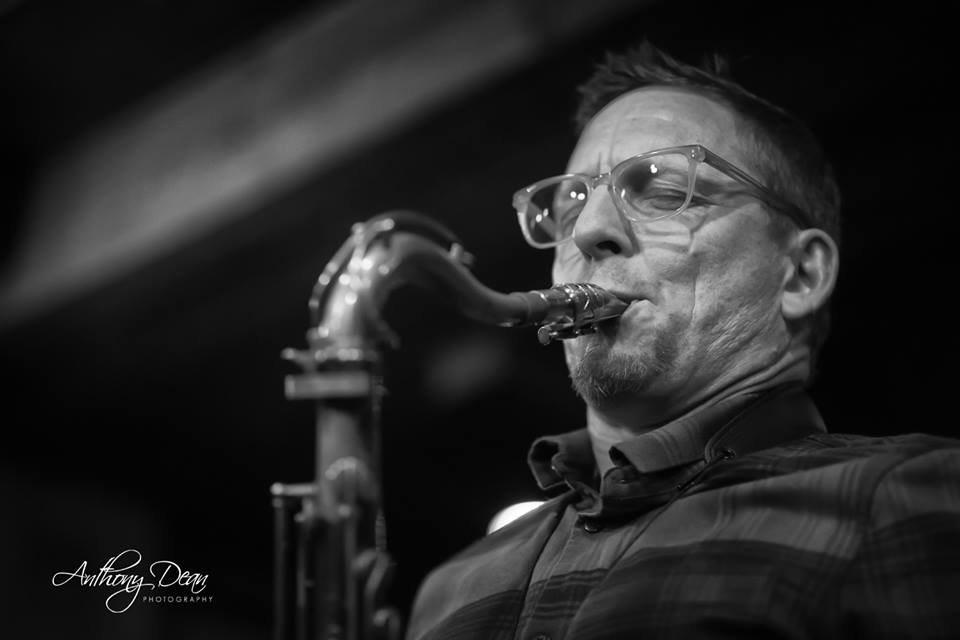
Victor North
Thu May 30, 7:30 PM / Seattle Jazz Fellowship- 109 S. Main St.
Philadelphia based tenor saxophonist Victor North has roots in Seattle and Alaska, moving to Philly some twenty five years ago after attending Rutgers University. In that time, he has established himself as a prominent voice on the fertile Philly scene, performing with the late Joey DeFancesco, Orrin Evans’ Captain Black Big Band, Charles Fambrough, Terrell Stafford and a variety of others. North is a powerful presence on the tenor, a straight ahead player with an eclectic view of the music. He doesn’t perform in Seattle all that often, take advantage of this opportunity. Band TBA https://seattlejazzfellowship.org/events
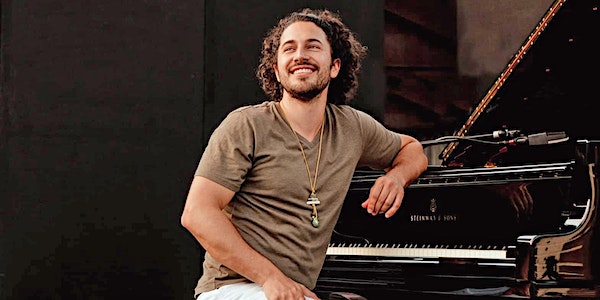
Emmet Cohen Trio
Thu May 30 – Sun Jun 2, 7:30 & 9:30 PM / Jazz Alley
It seems as though pianist Emmet Cohen has been around forever. He is frequently booked at major festivals and clubs on an international scale, and for good reason- he is a technically brilliant player with a seemingly endless vocabulary steeped in beatific melody. Yet Cohen is just thirty years of age, with a vital energy and peerless vision of what straight ahead jazz is and will be in the future.
Cohen hits Jazz Alley with bassist Joey Ranieri and drummer Kyle Poole in tow for what should amount to a sizzling ninety minute set each of the four nights of his run. The only regret may be that the run doesn’t include a Tuesday evening, as he has a history of hitting the late-night jam session at the Owl ‘n Thistle. If you are a straight ahead jazz fan that loves genius musicianship, this is the gig for you. https://www.jazzalley.com/www-home/artist.jsp?shownum=7519
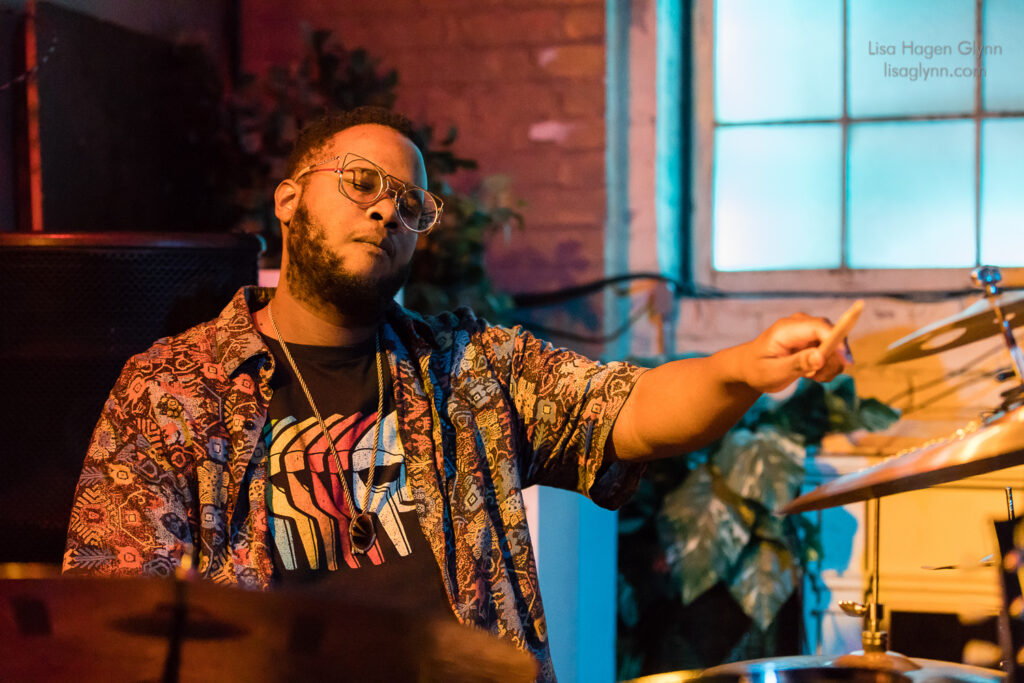
Machado Mijiga Trio
Fri & Sat May 31 – Jun 1, 7:30 PM / Seattle Jazz Fellowship- 109 S. Main St.
Machado Mijiga is a Portland based drummer / composer who has a close connection to the new wave of young jazz artists in Seattle. Making his second SJF appearance, Mijiga will perform in trio mode with one of those Seattle players in pianist Dylan Hayes. Veteran first-call bassist Michael Glynn completes the trio, in an environment where listeners will be able to witness his elegance as a soloist in ample portions. Mijiga’s style is intricate in form, polyrhythmic at times and nuanced in pure energy. At this point in his career, he is stylistically diverse, still in search of a true voice as he well should be. All of that musical gathering will be pared down to the moment at hand in trio mode, with Hayes’ harmonic imagination creating shapes for bass and drums to interact with. The date ends an active and broad ranging month of programming at the Seattle Jazz Fellowship. https://seattlejazzfellowship.org/events
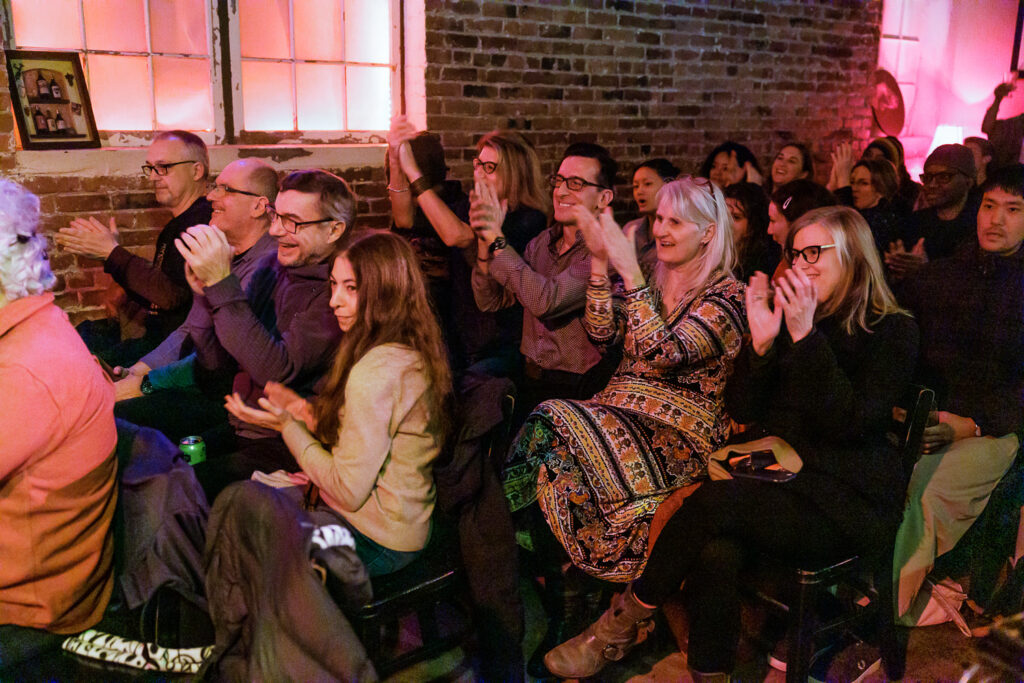

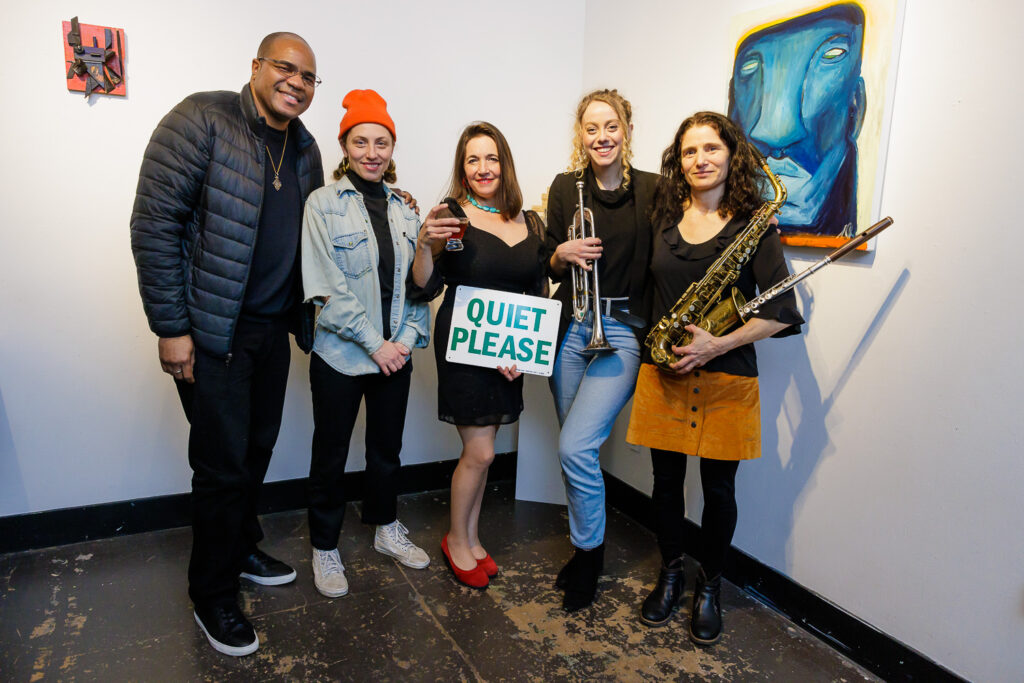
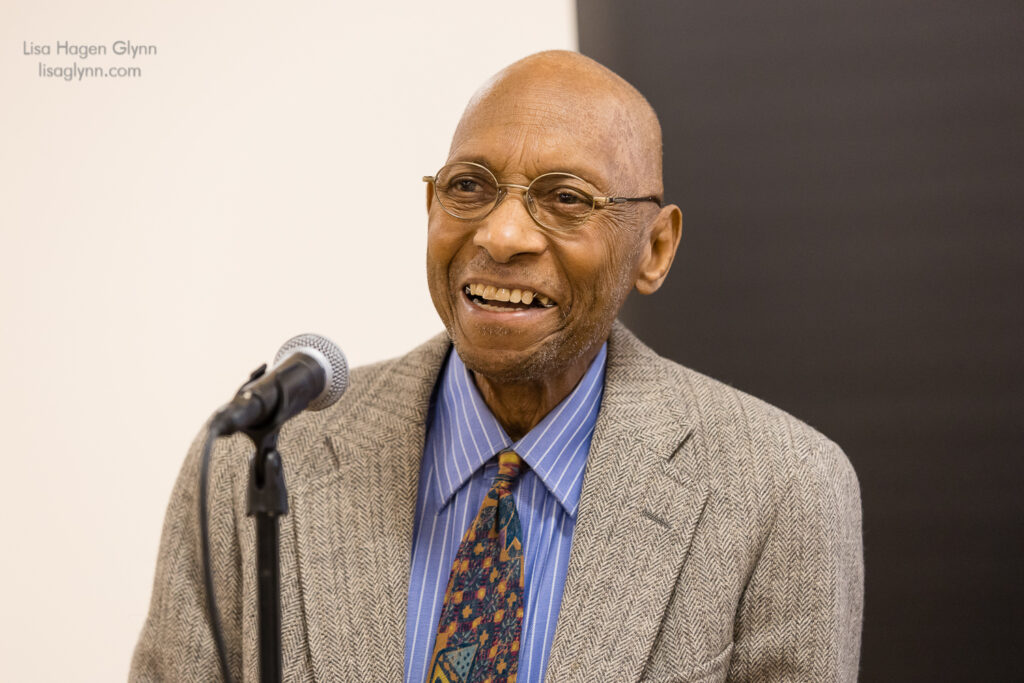
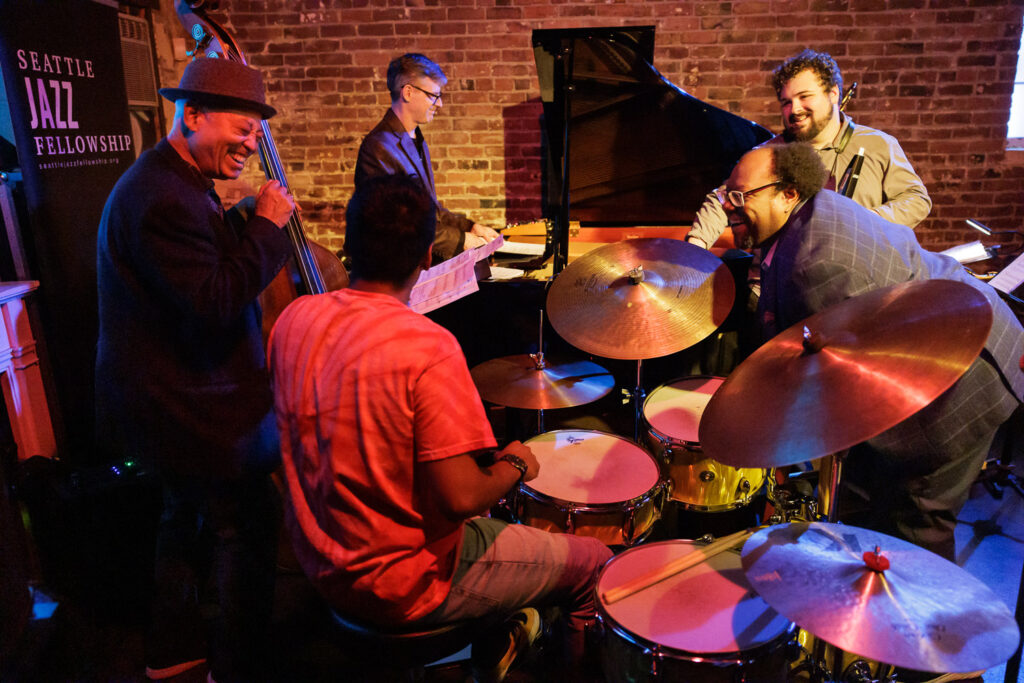
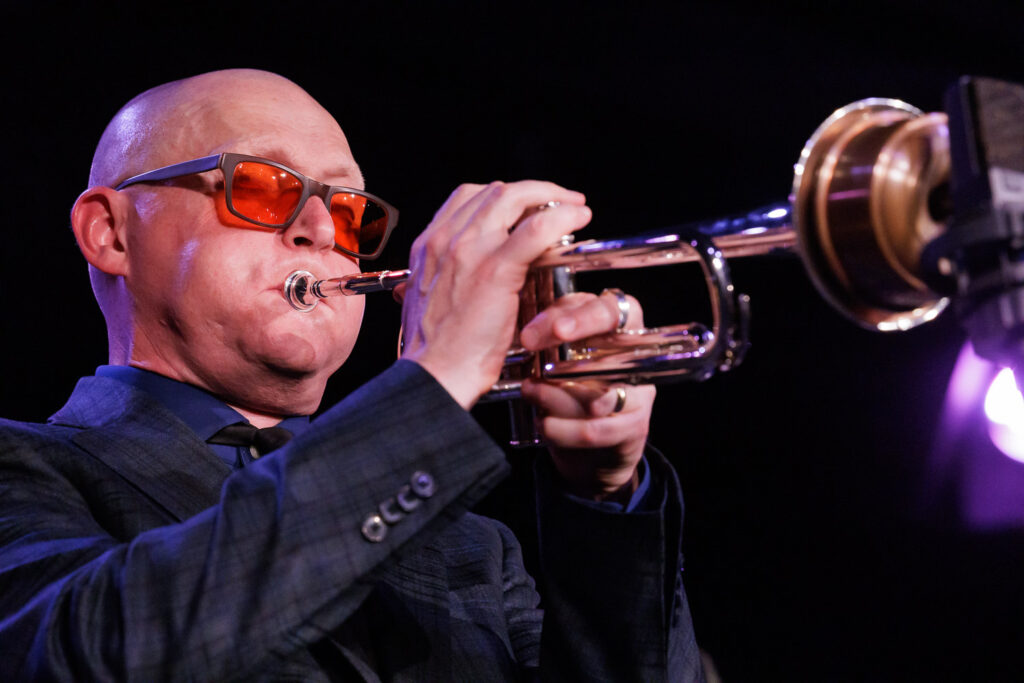
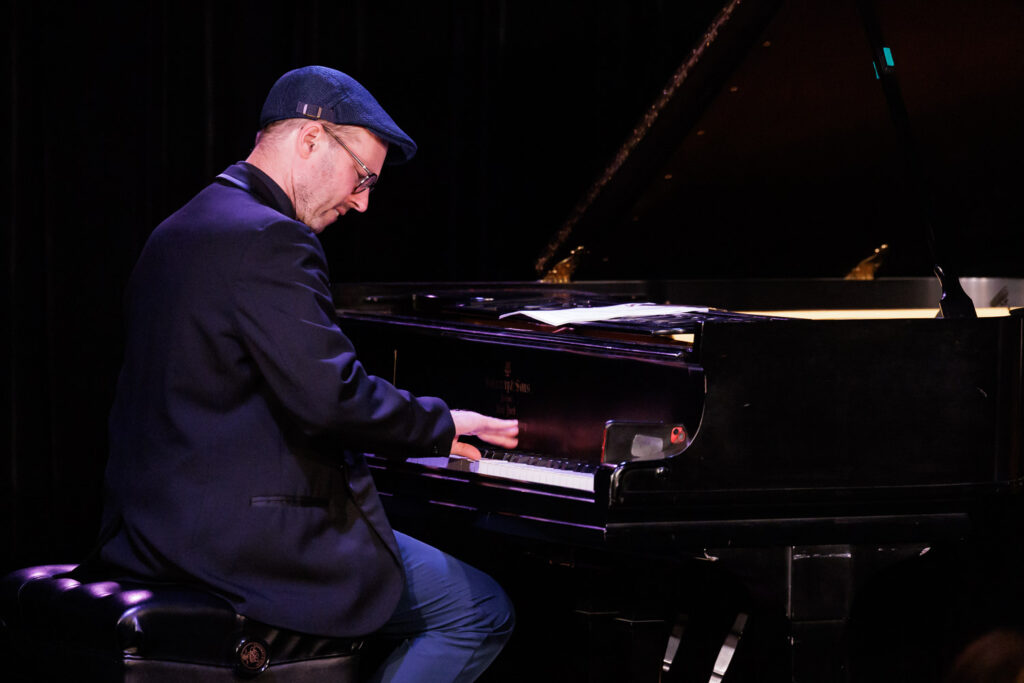
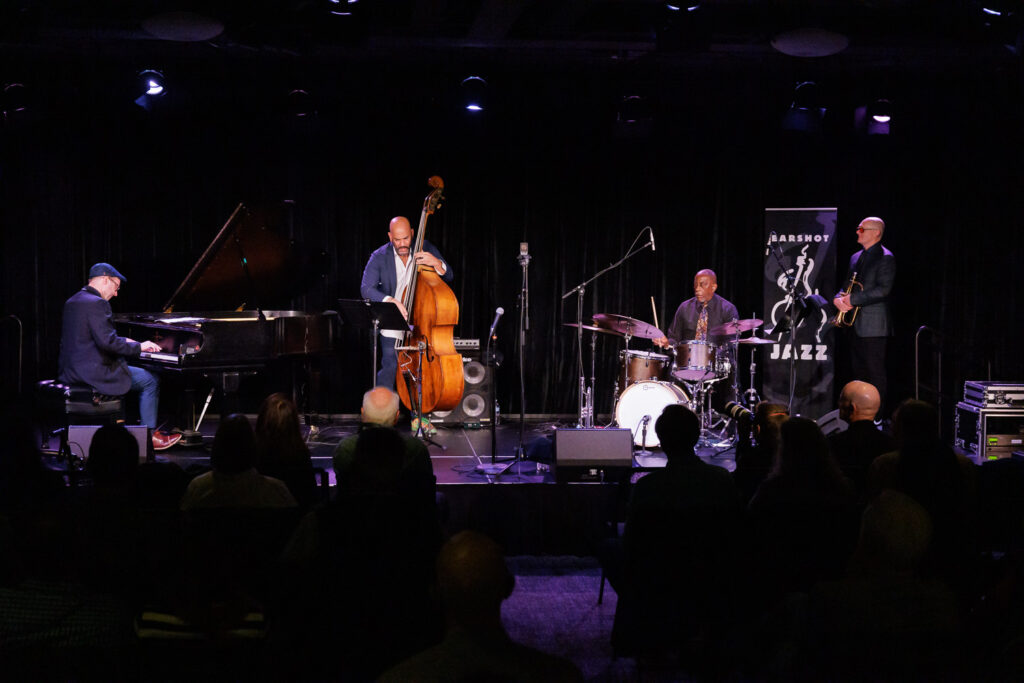
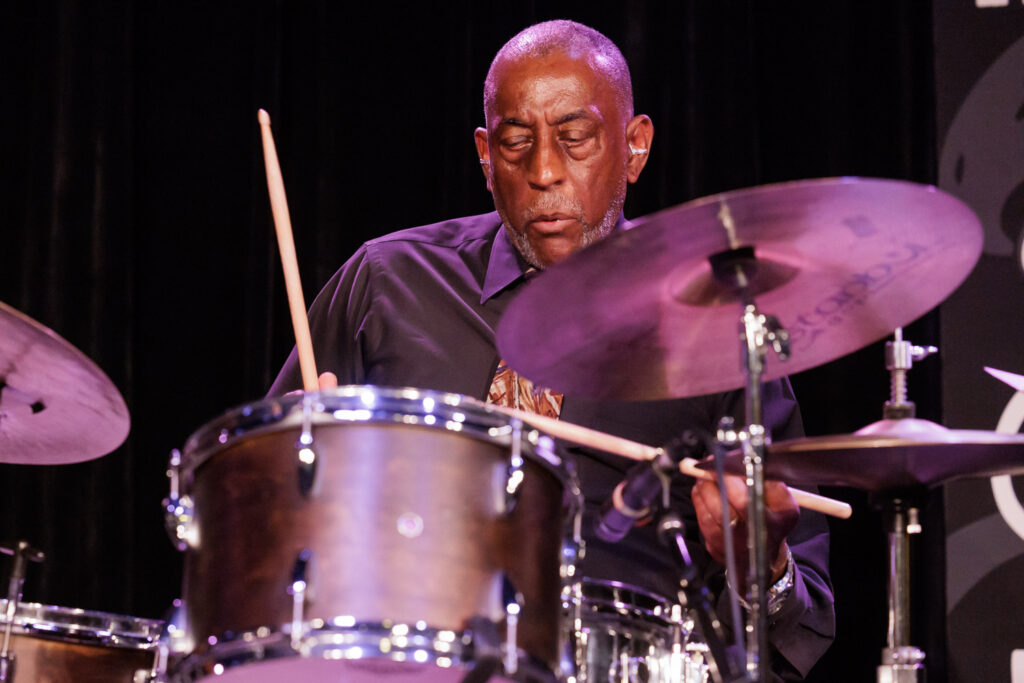
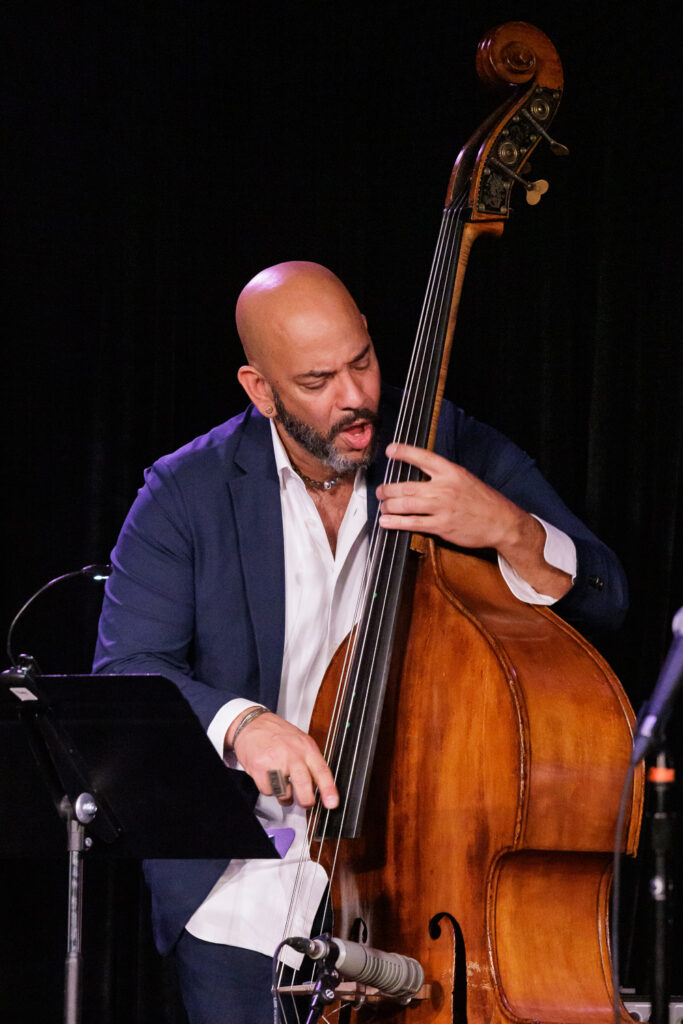
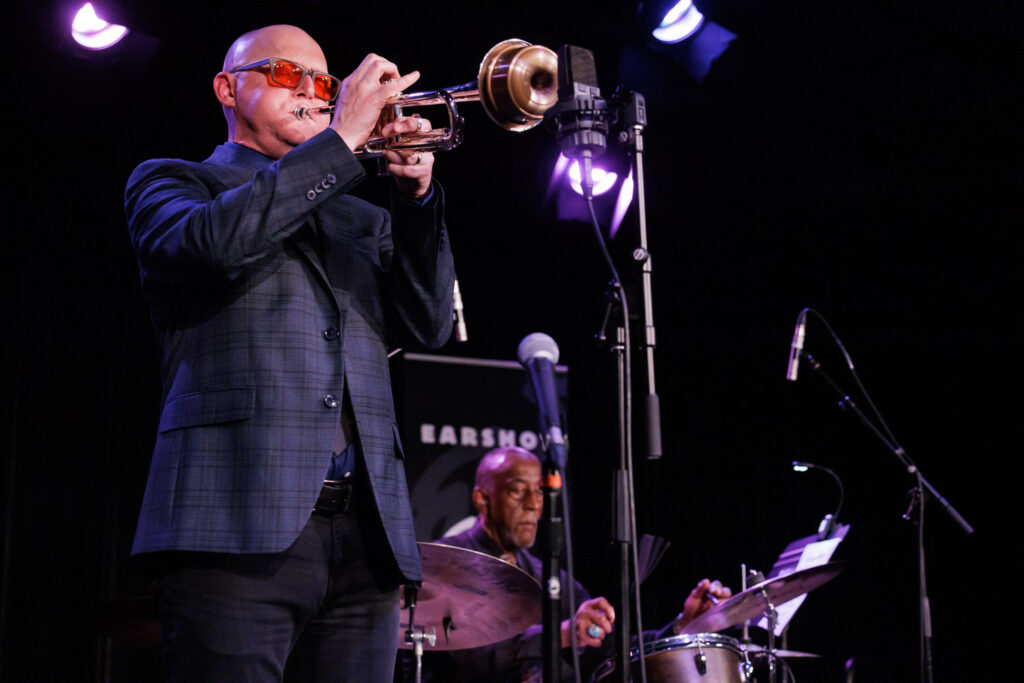
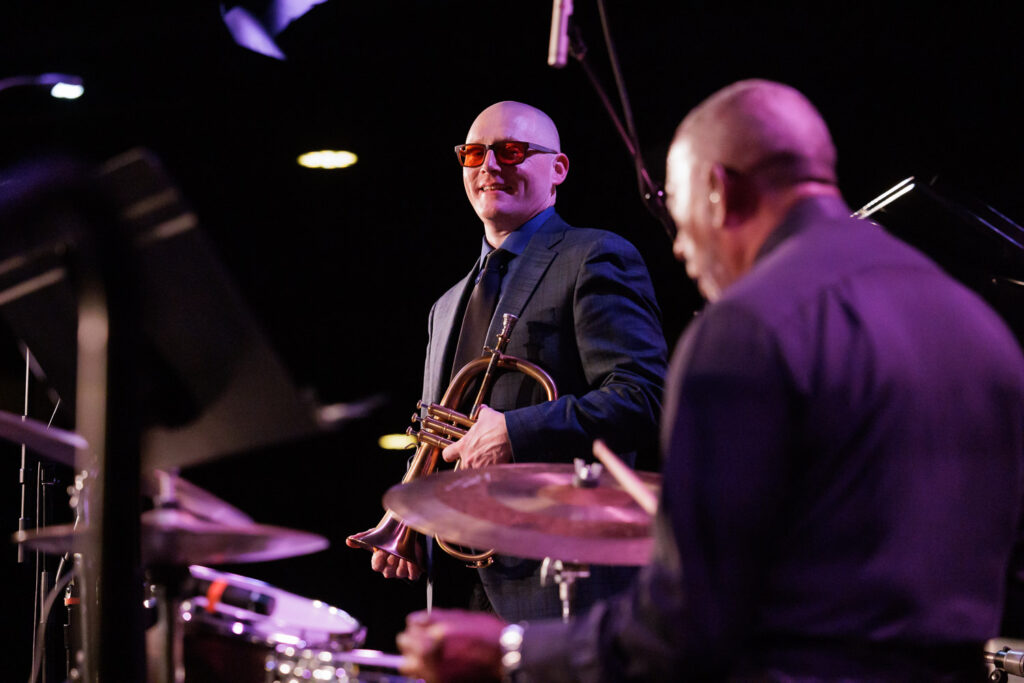
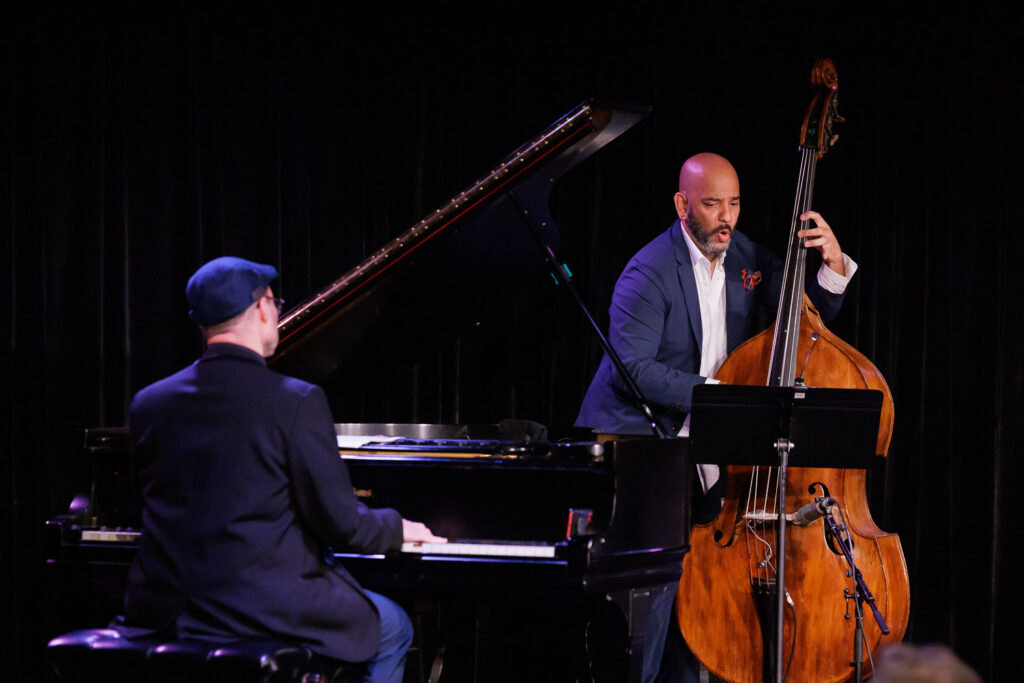
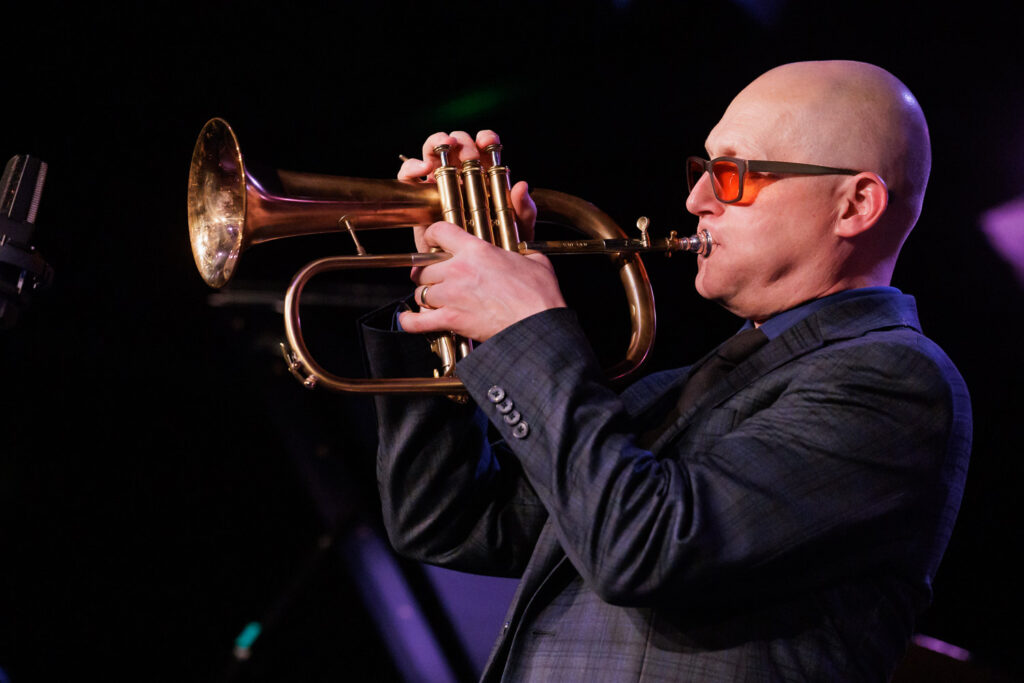
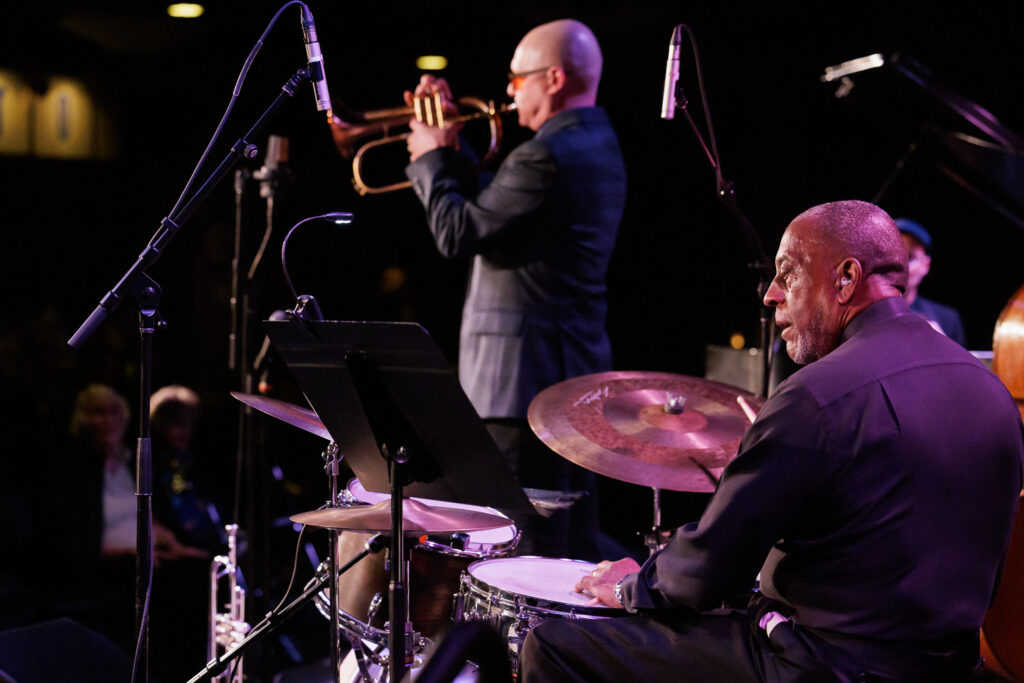
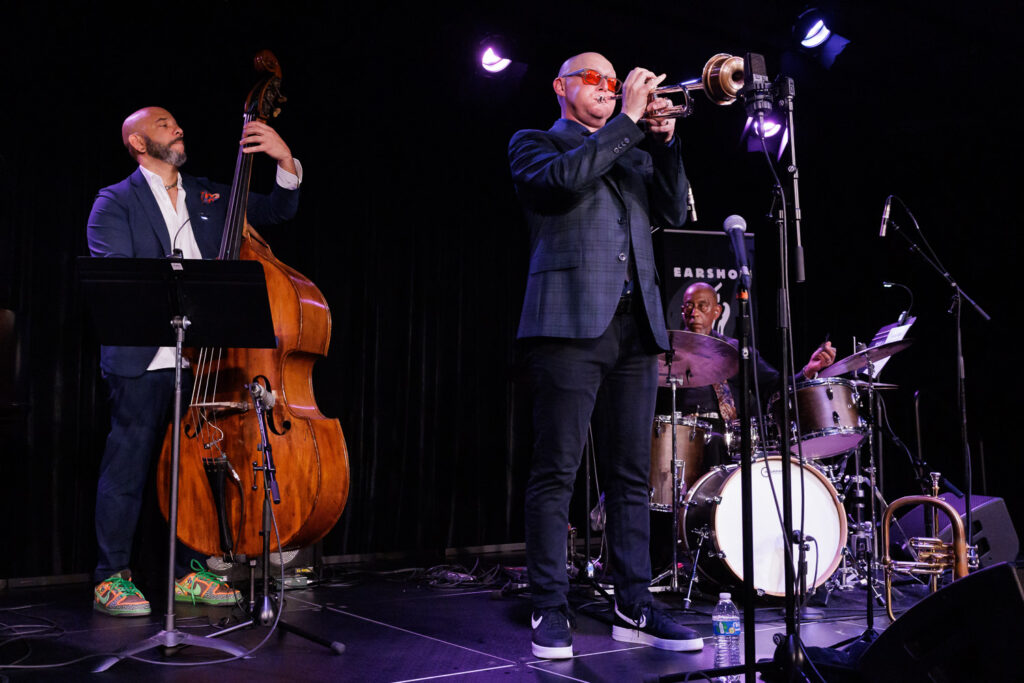
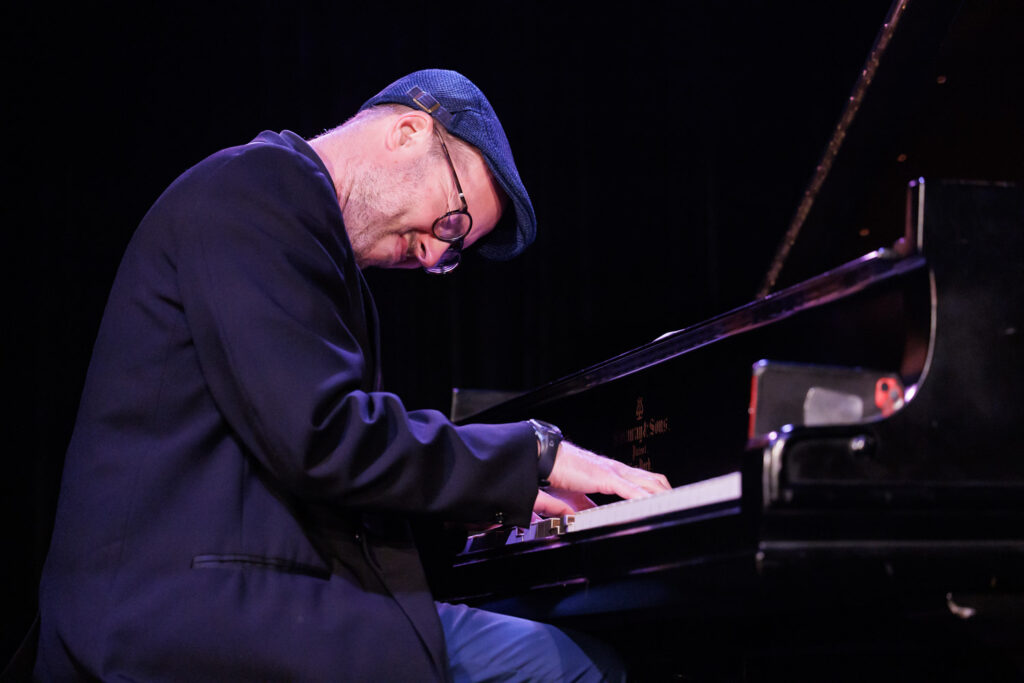
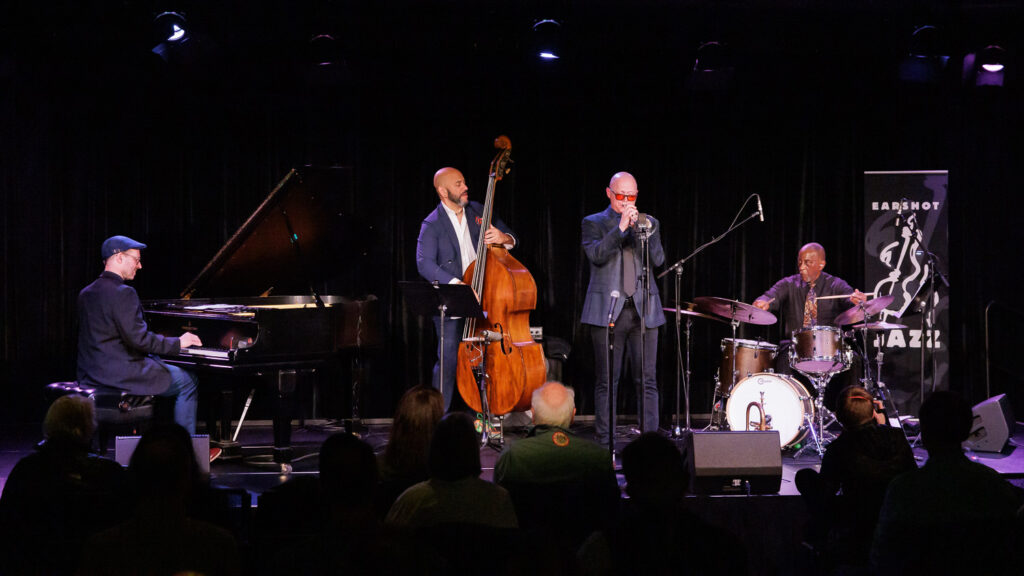
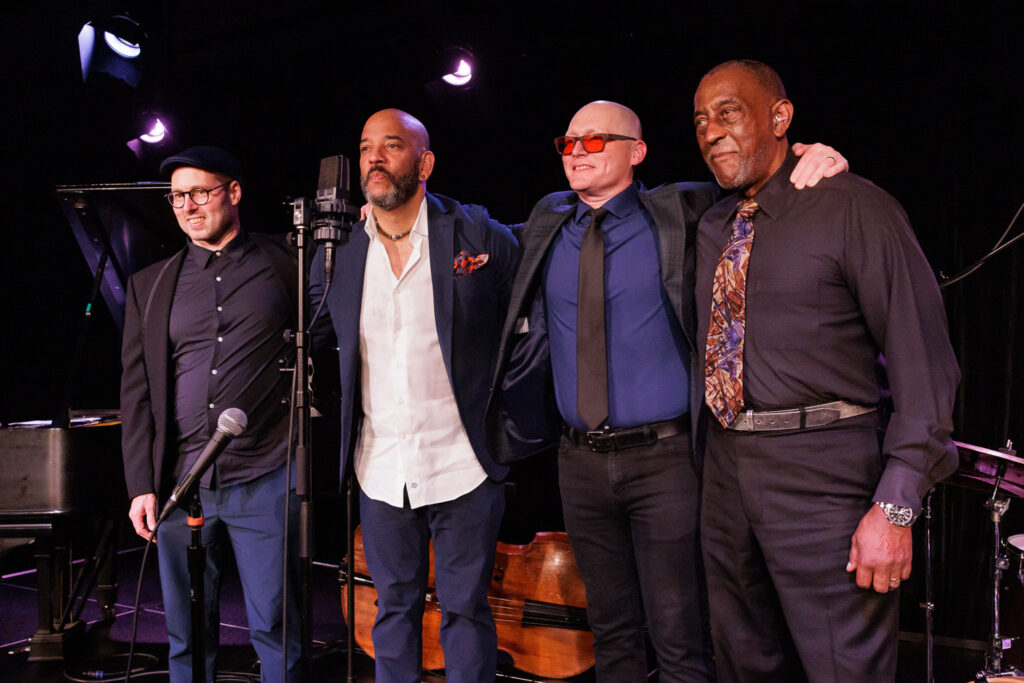
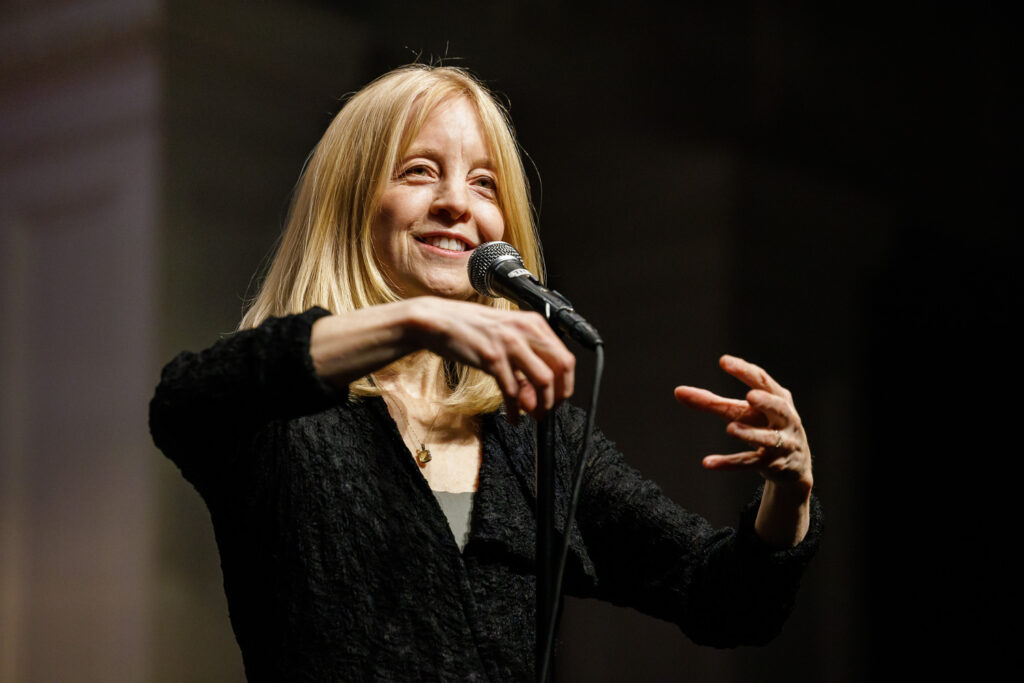
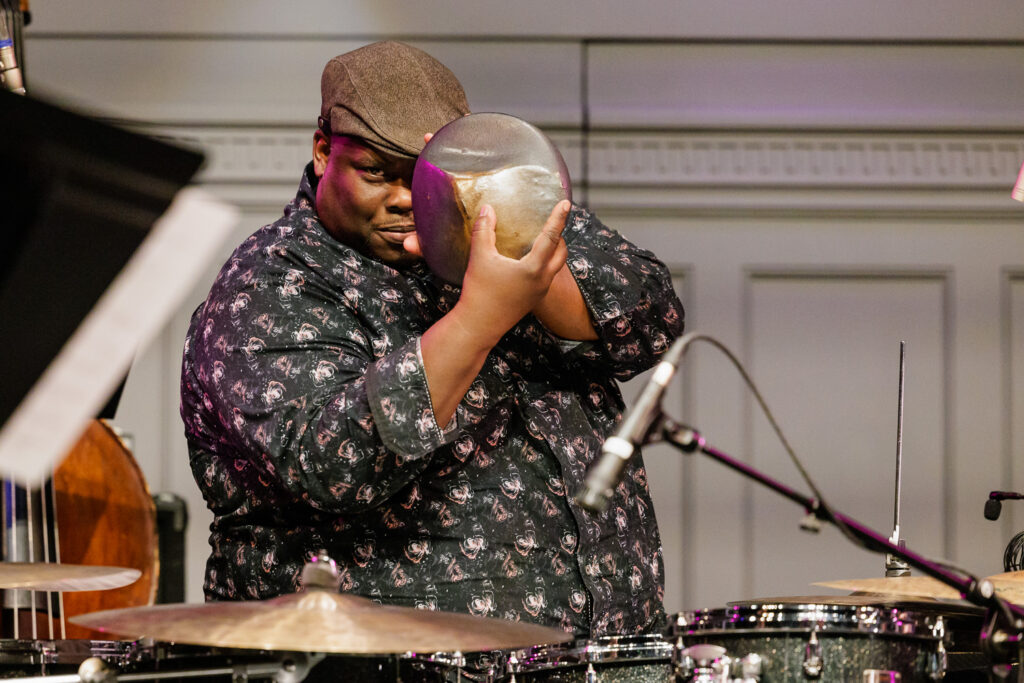
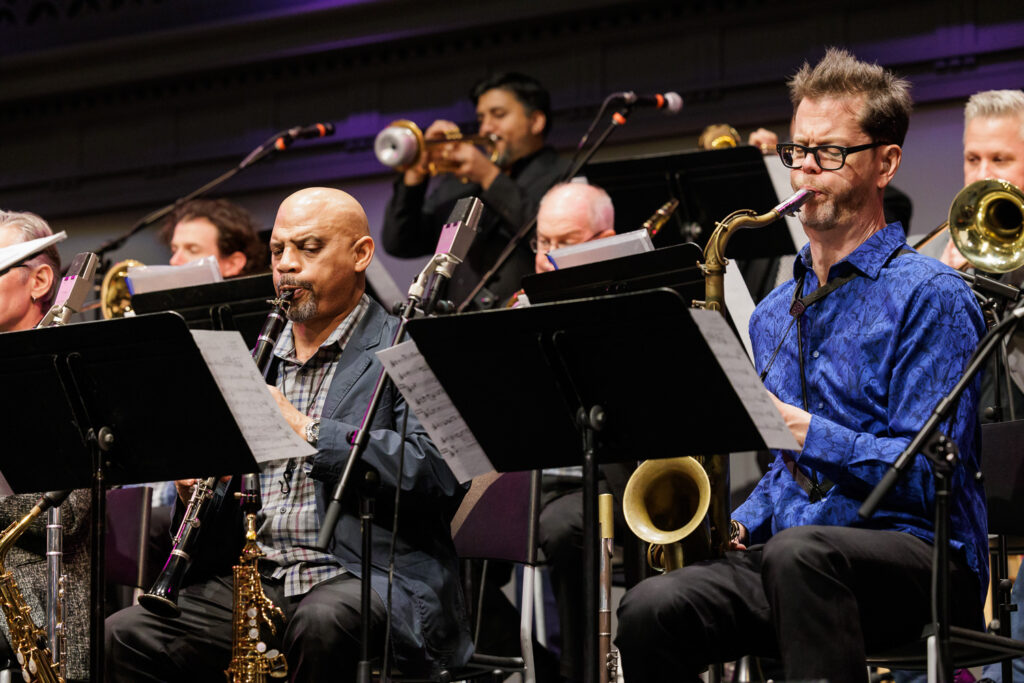
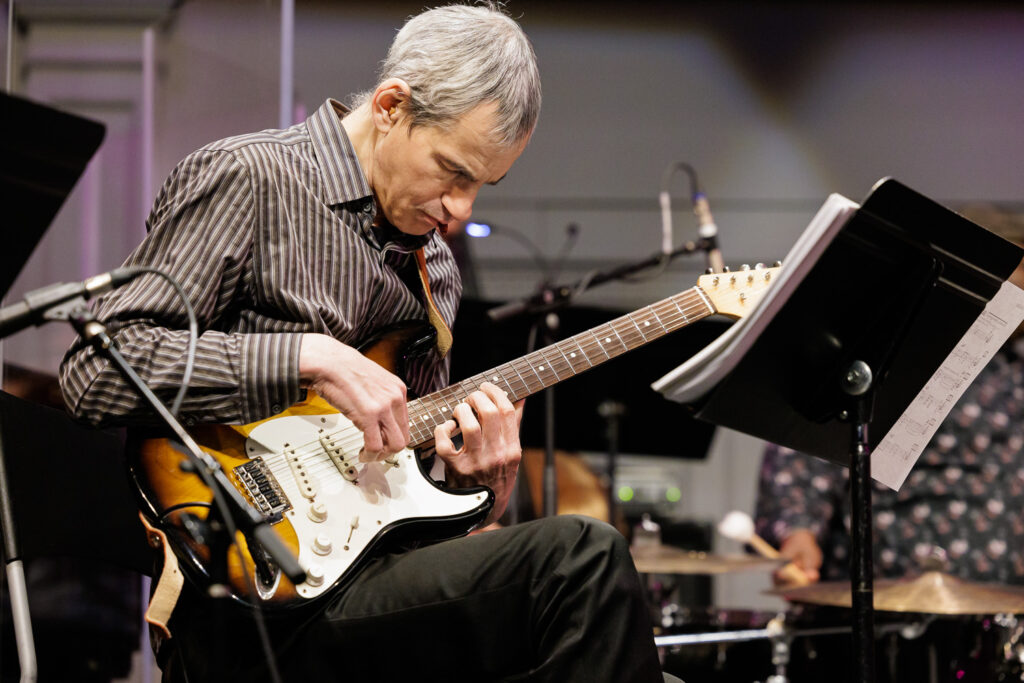
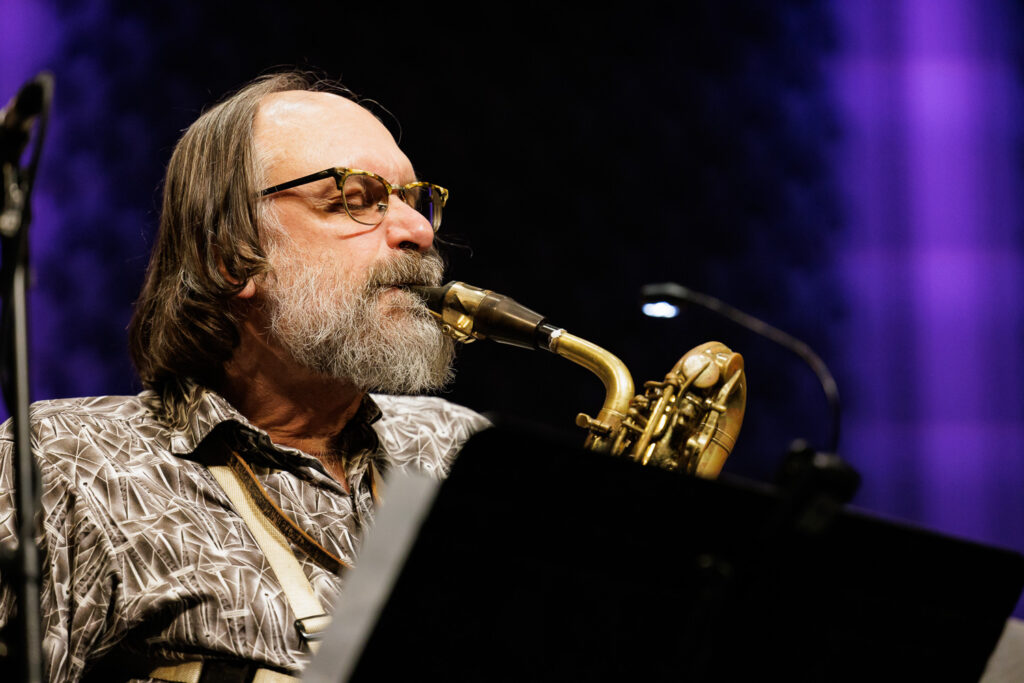
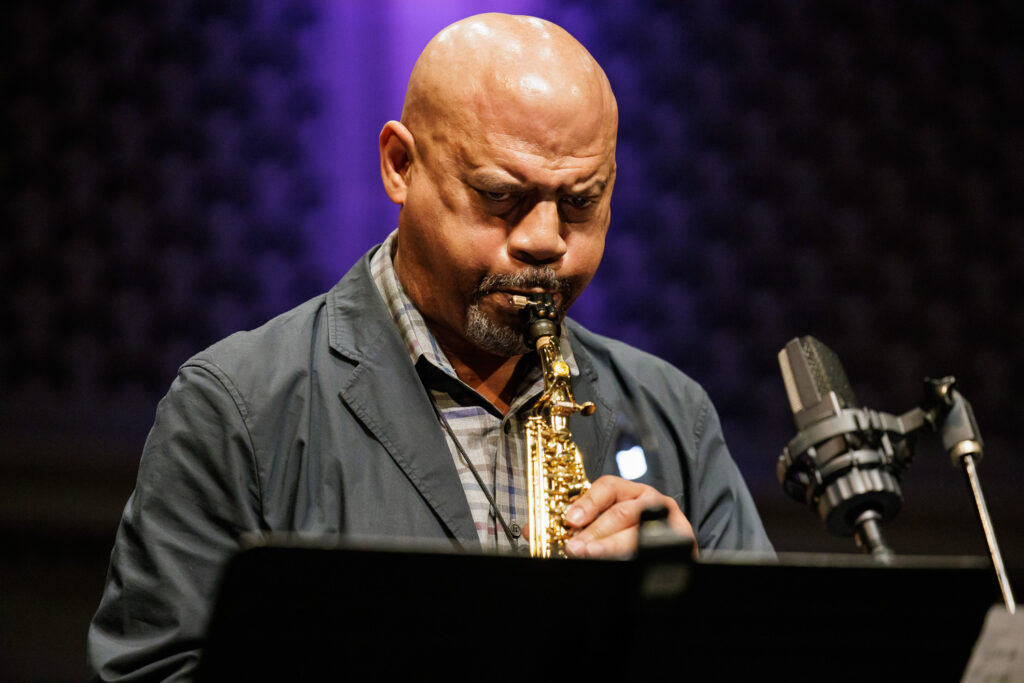
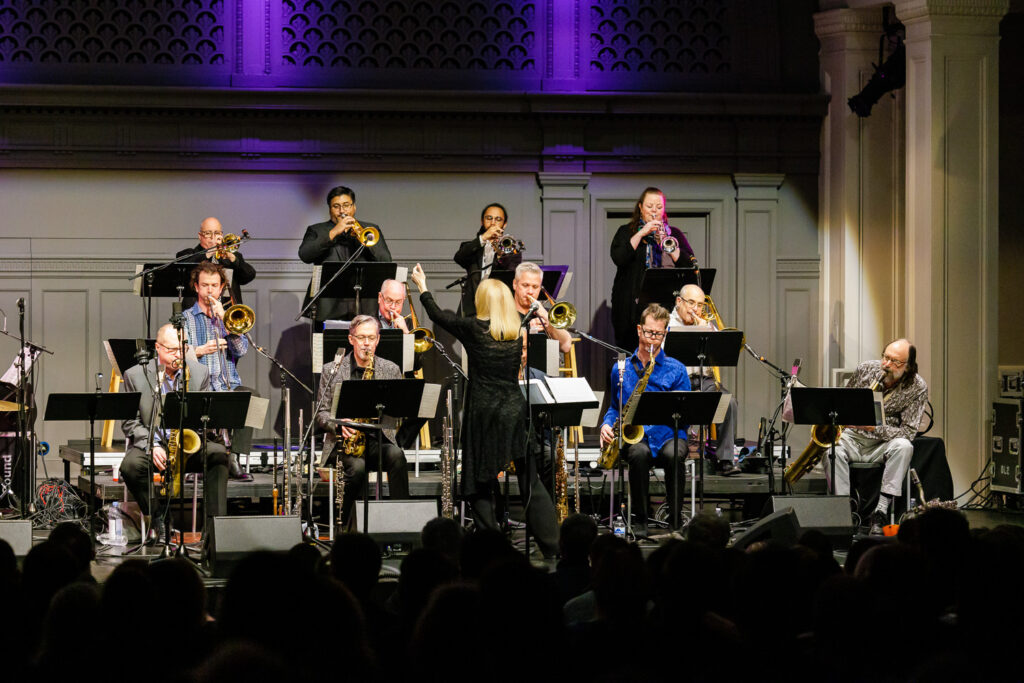
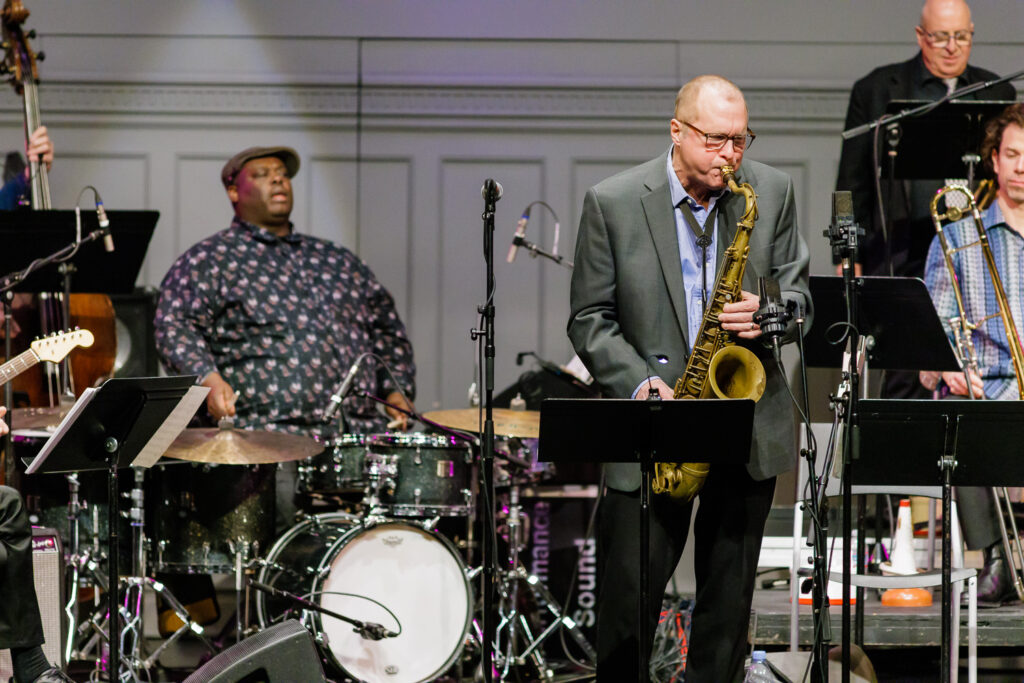
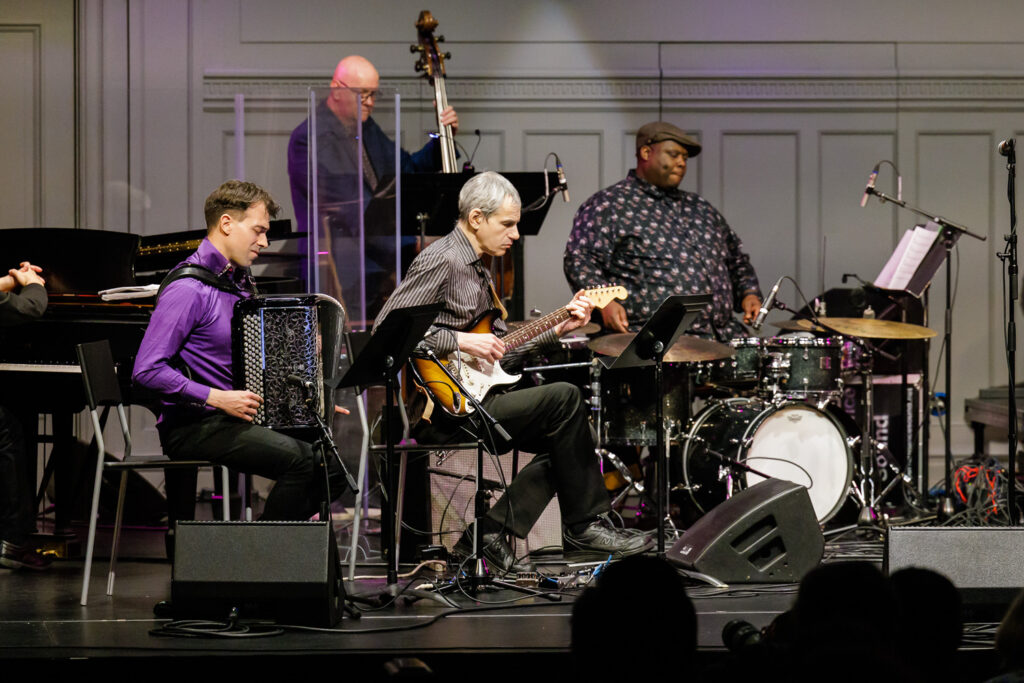
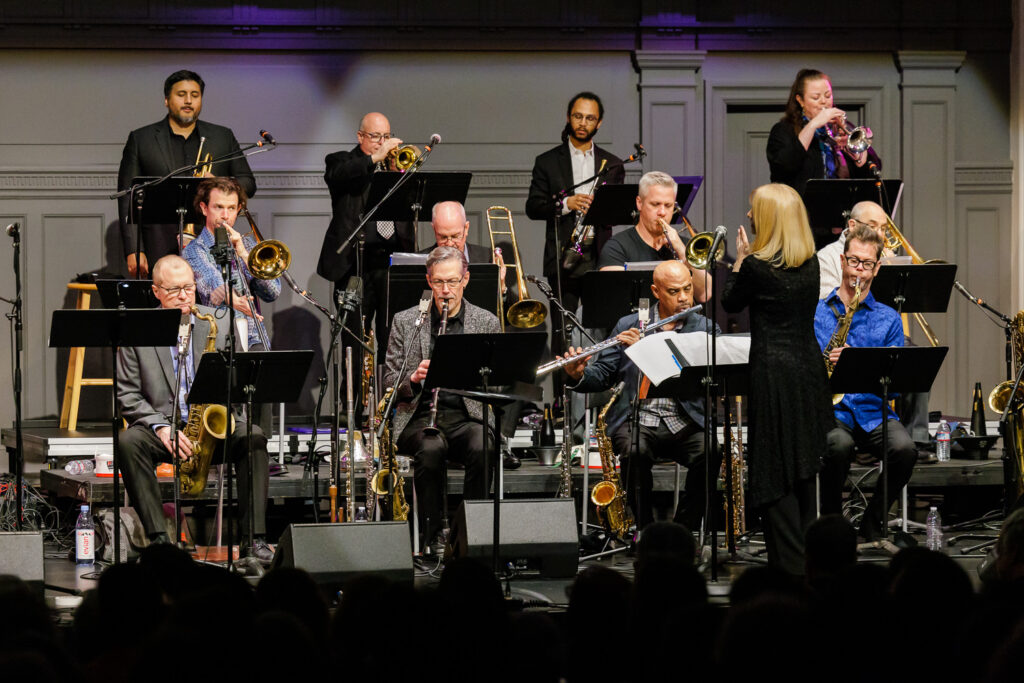
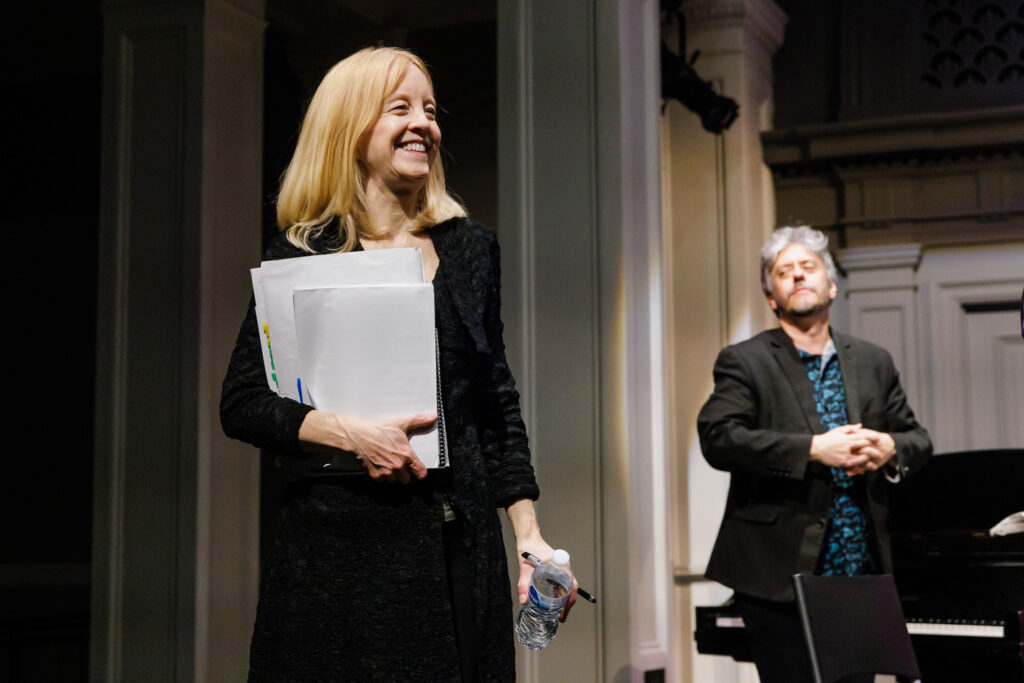
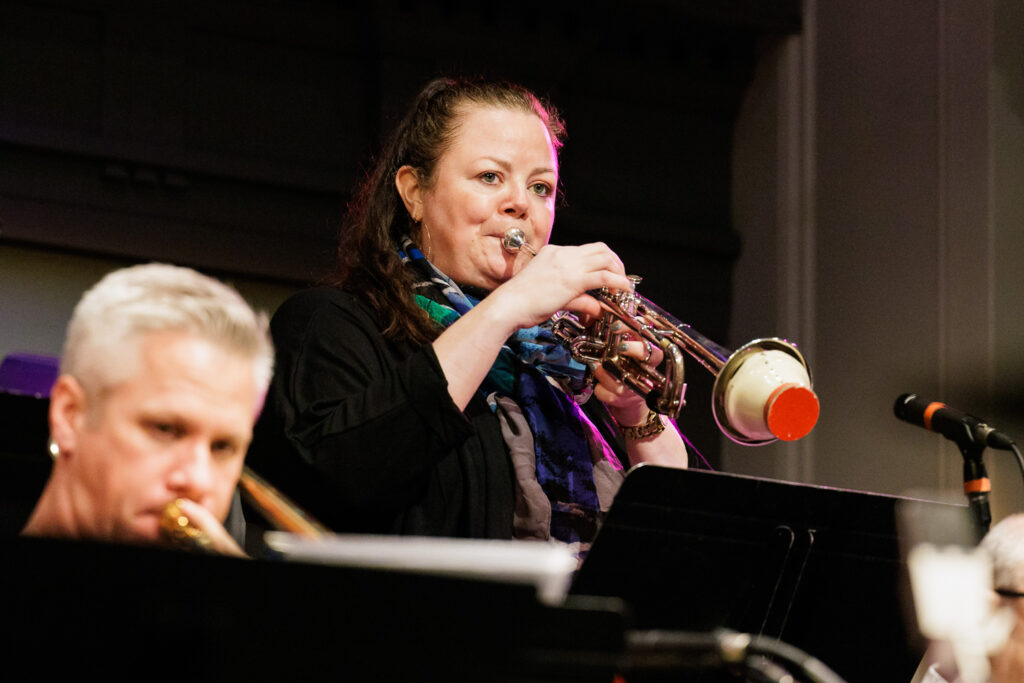
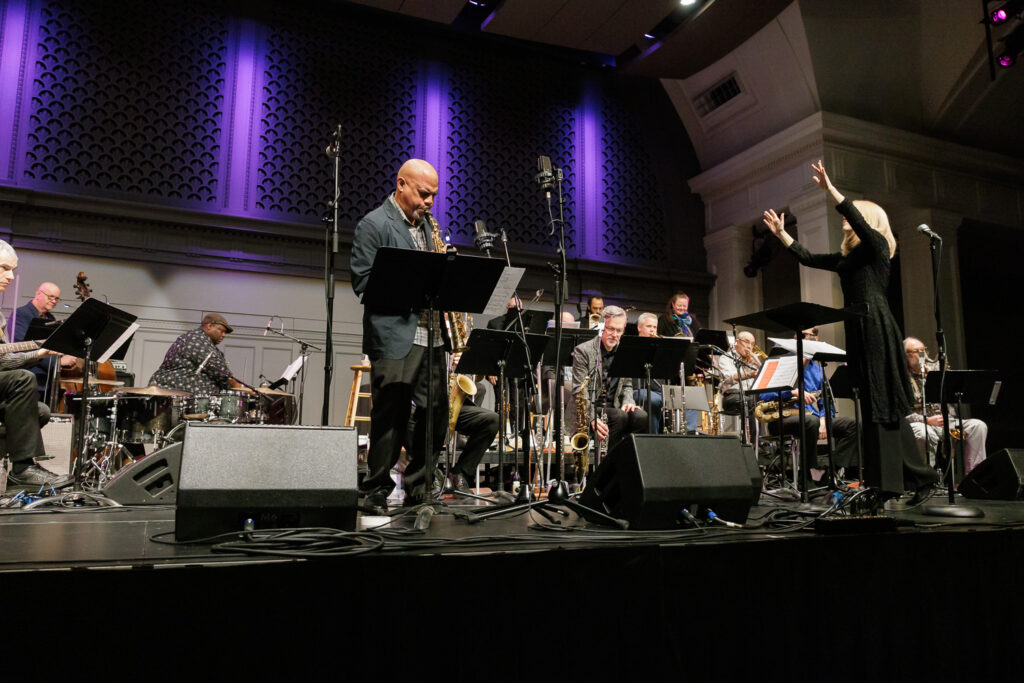
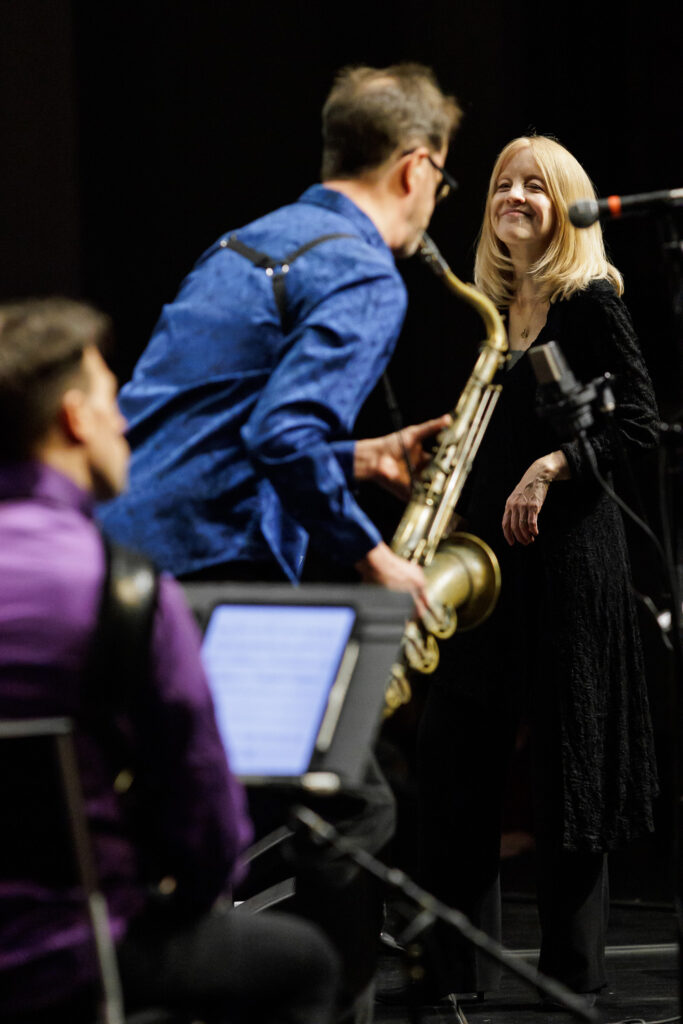
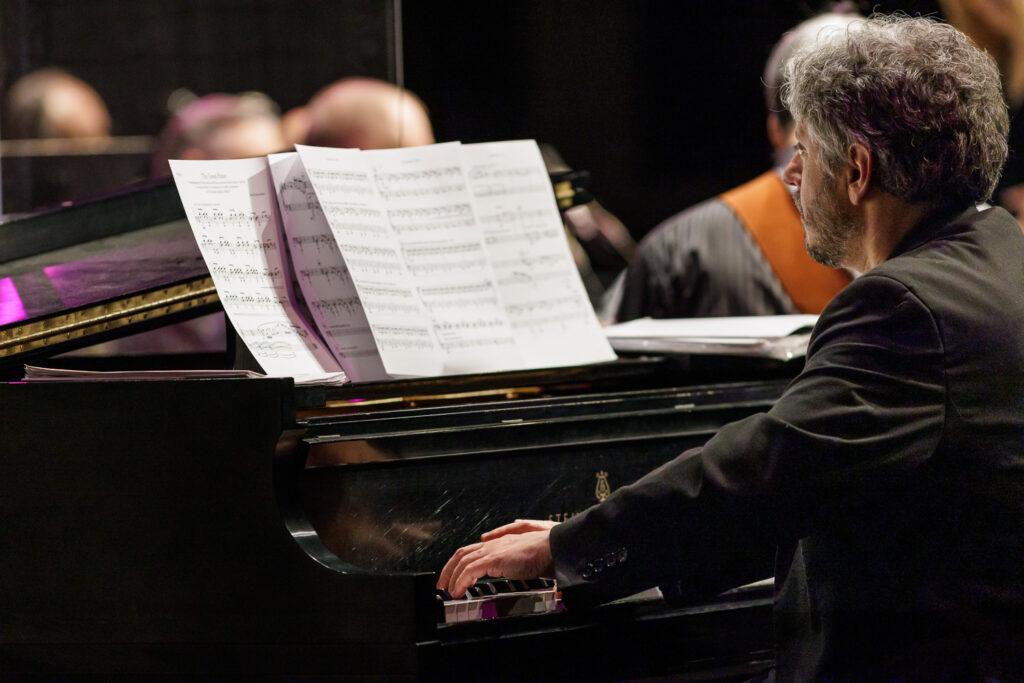

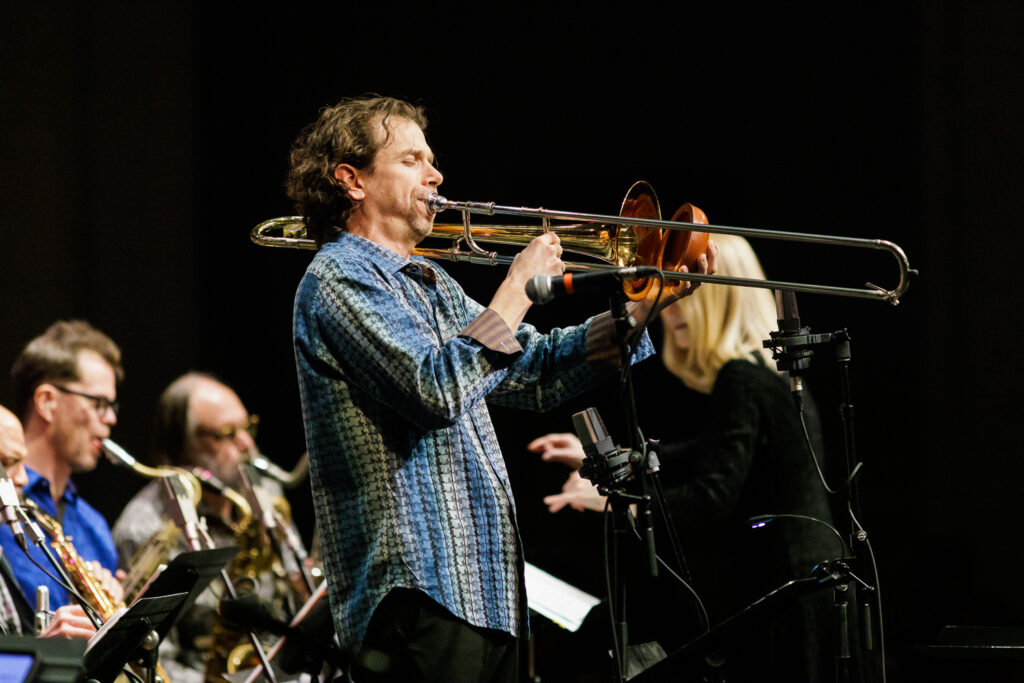
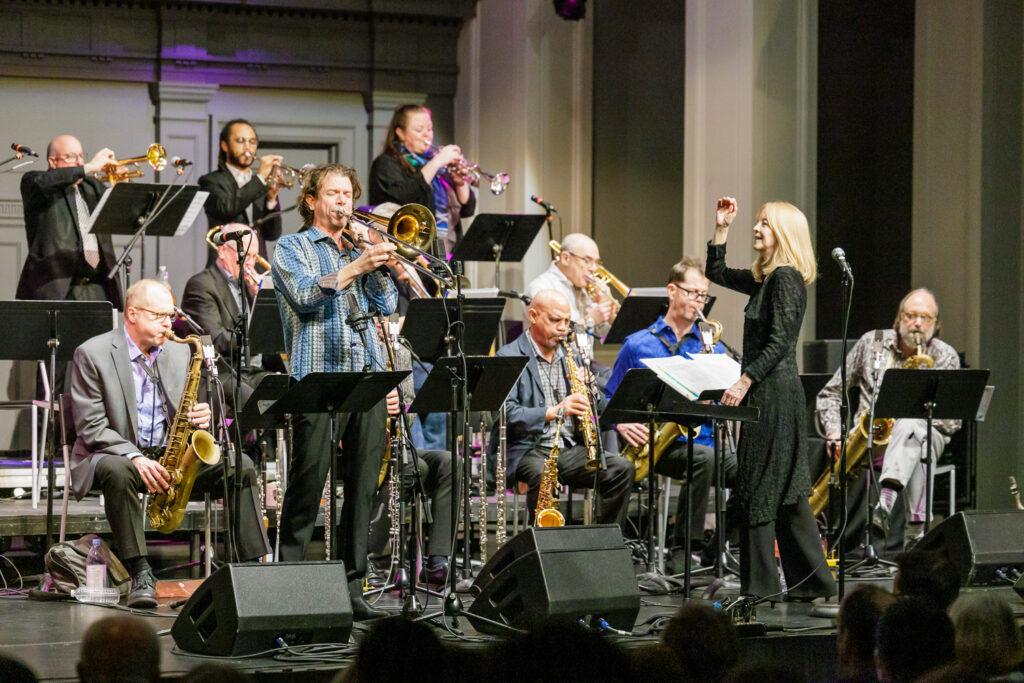
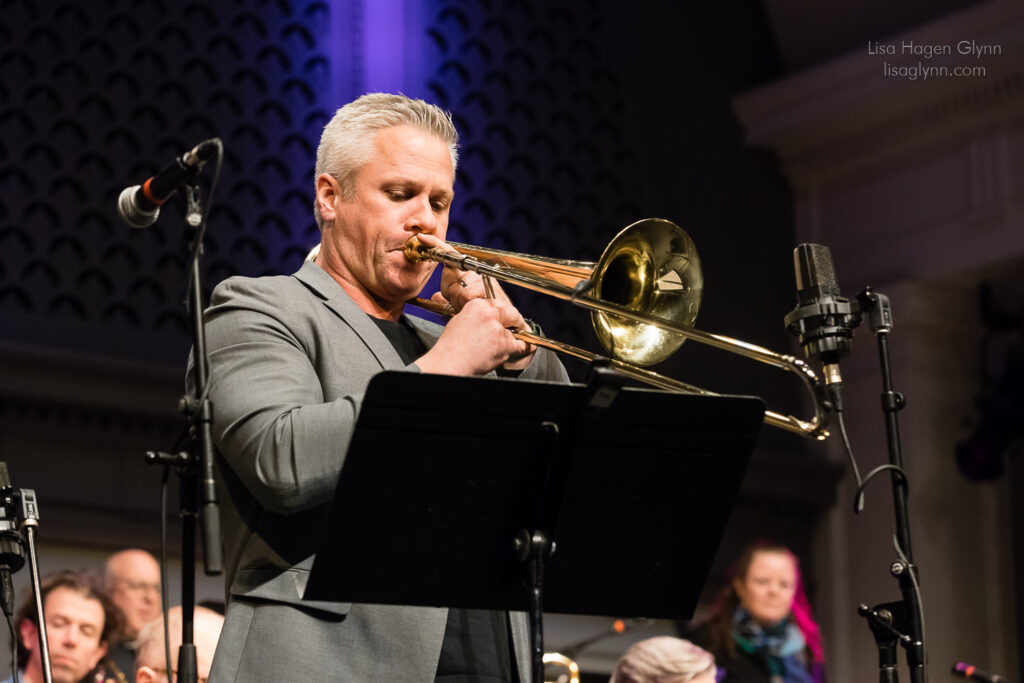
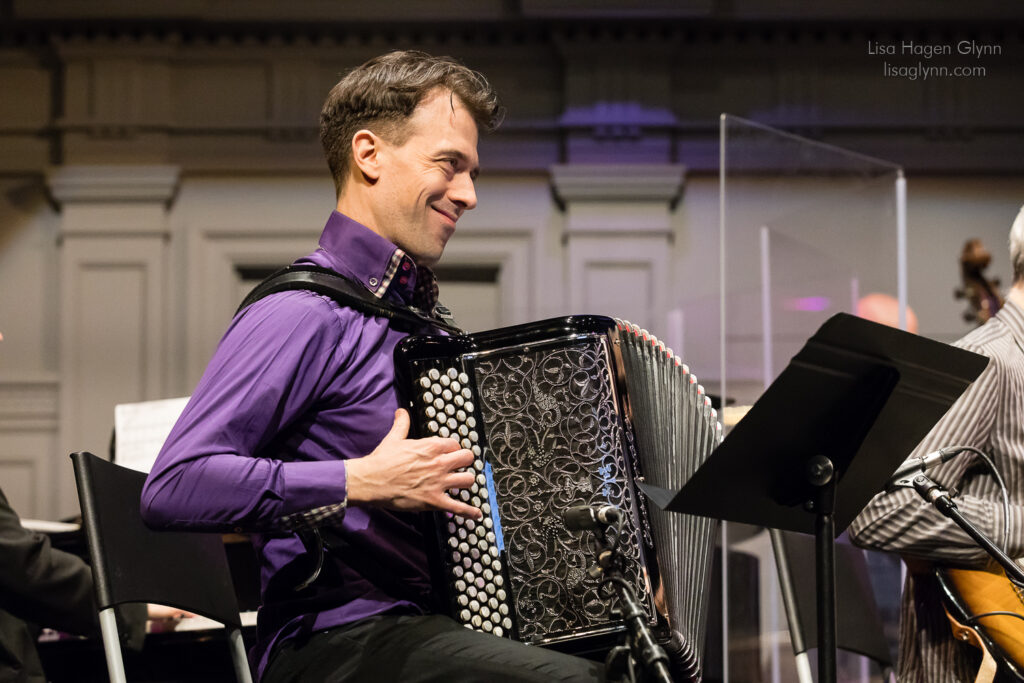
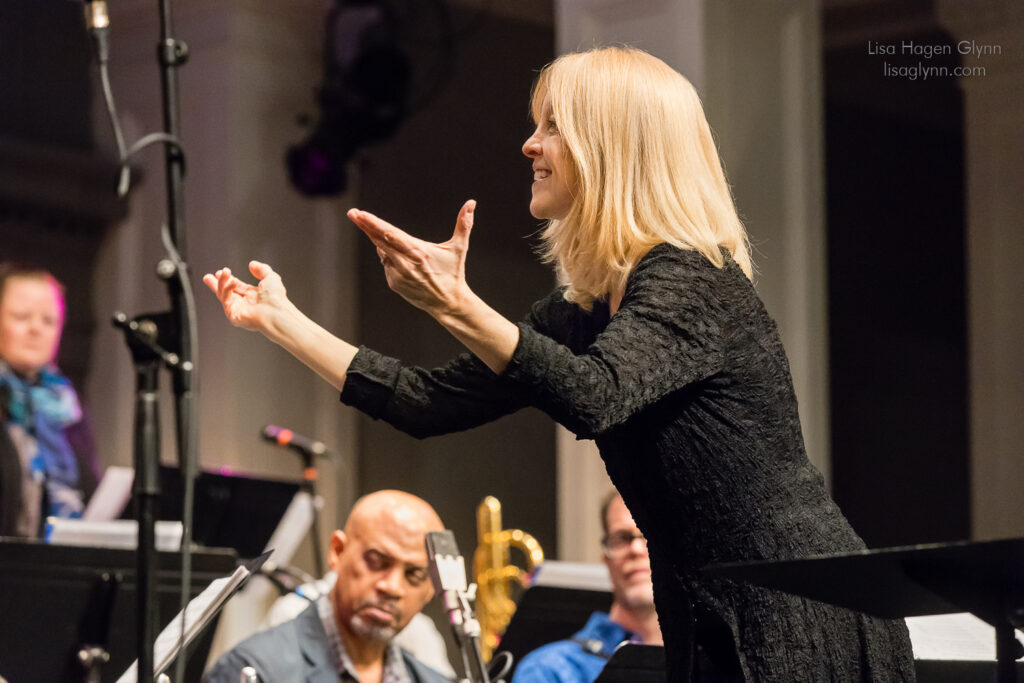
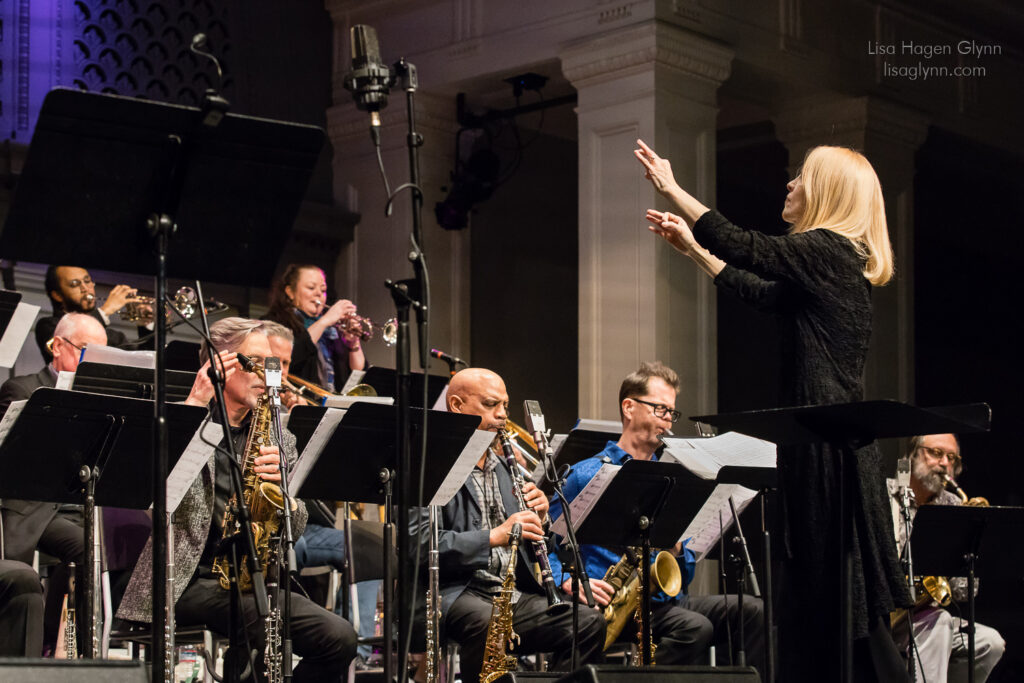
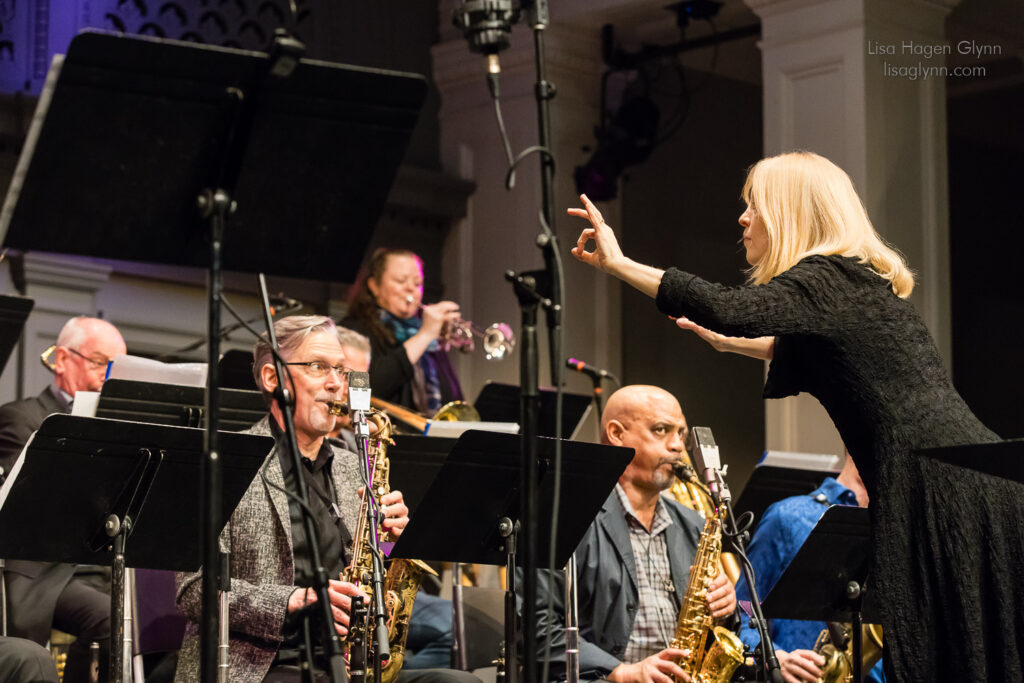
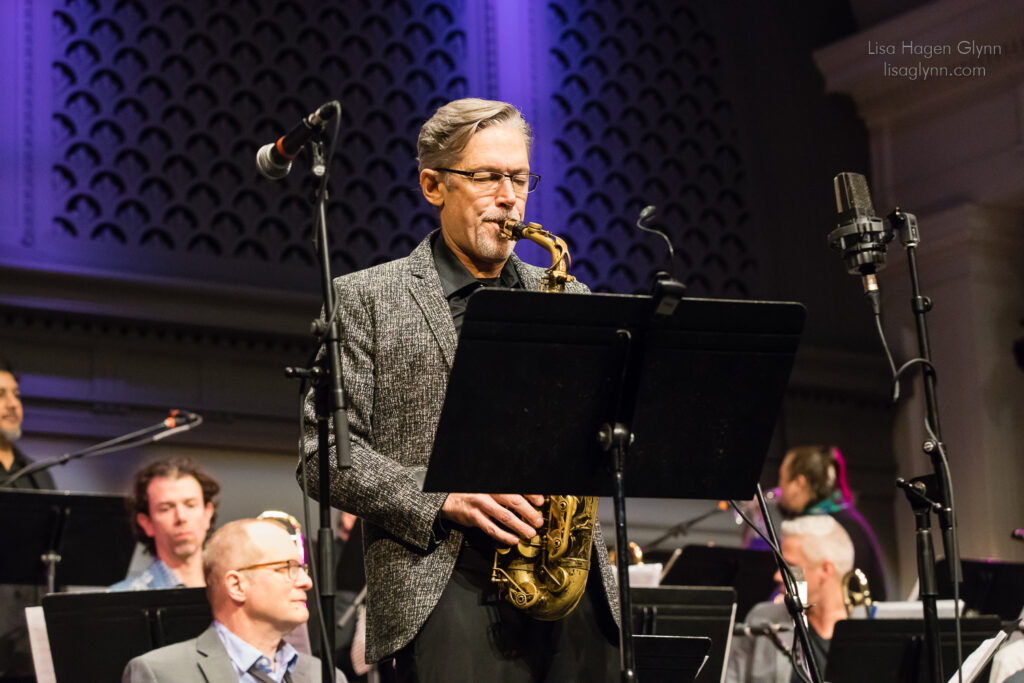

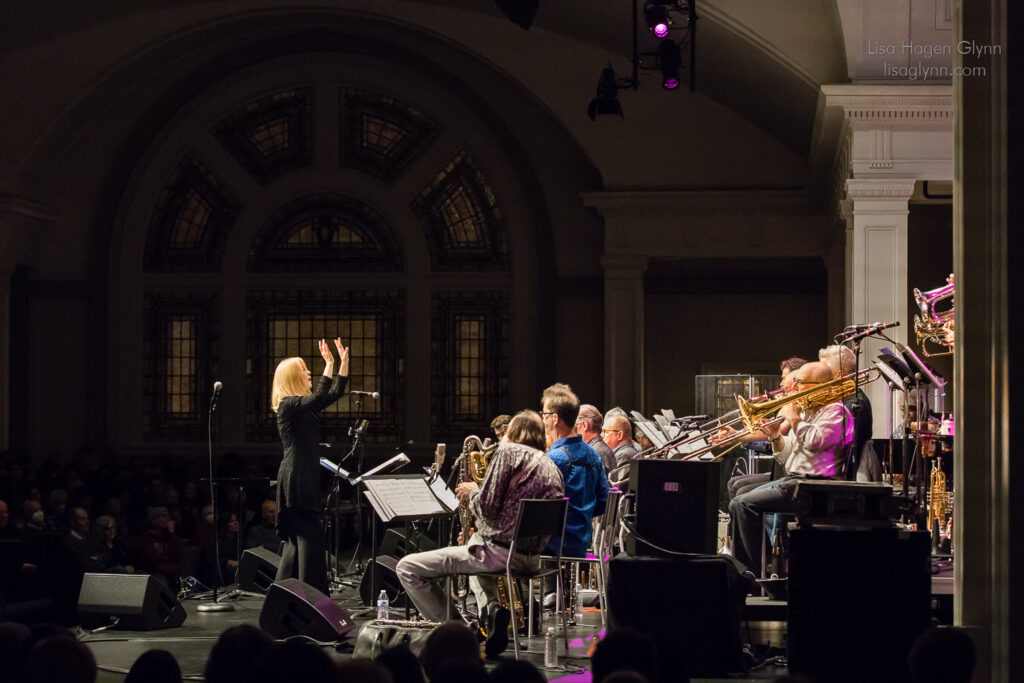
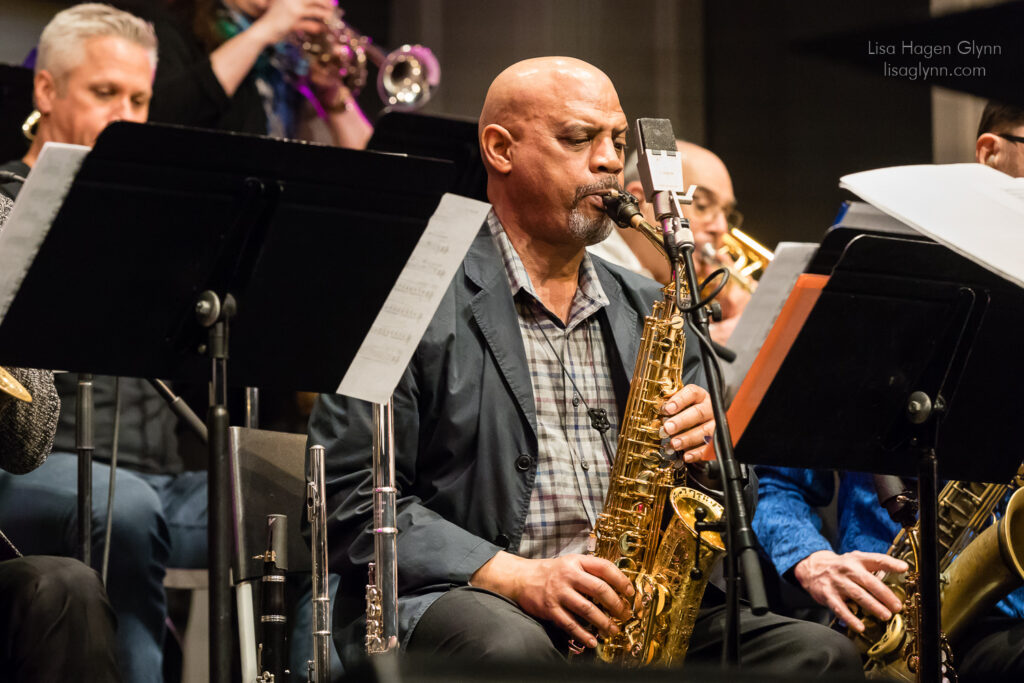
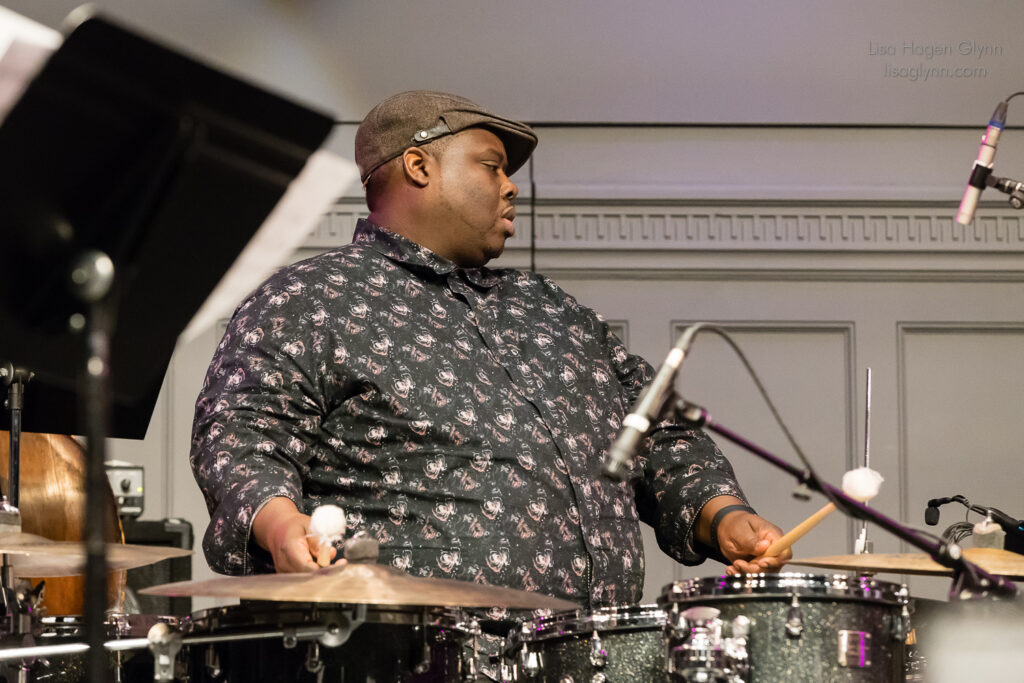

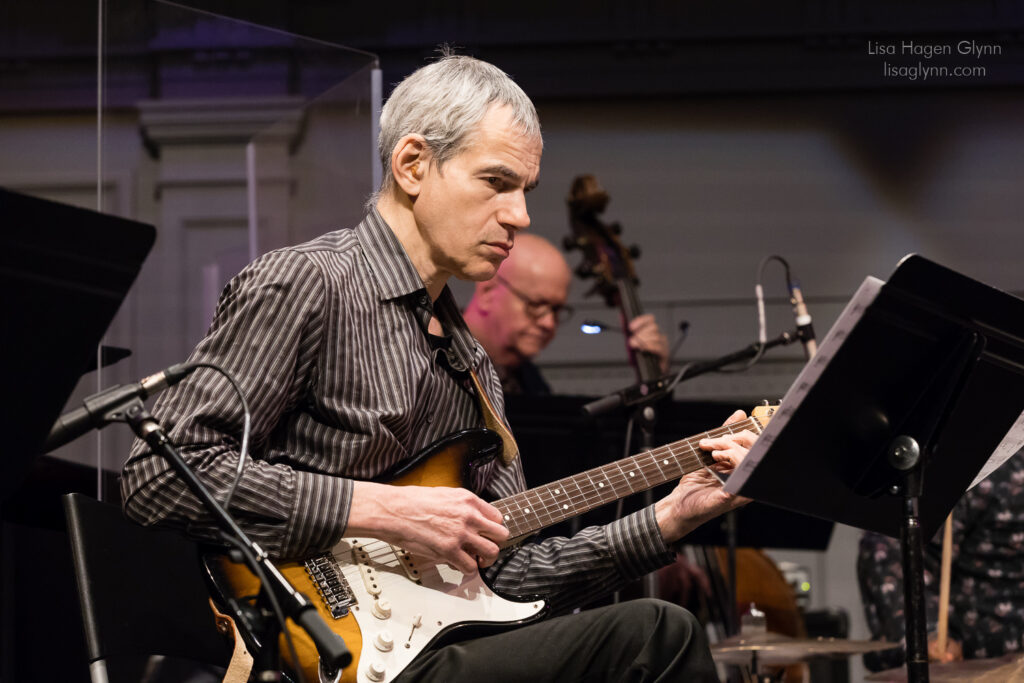
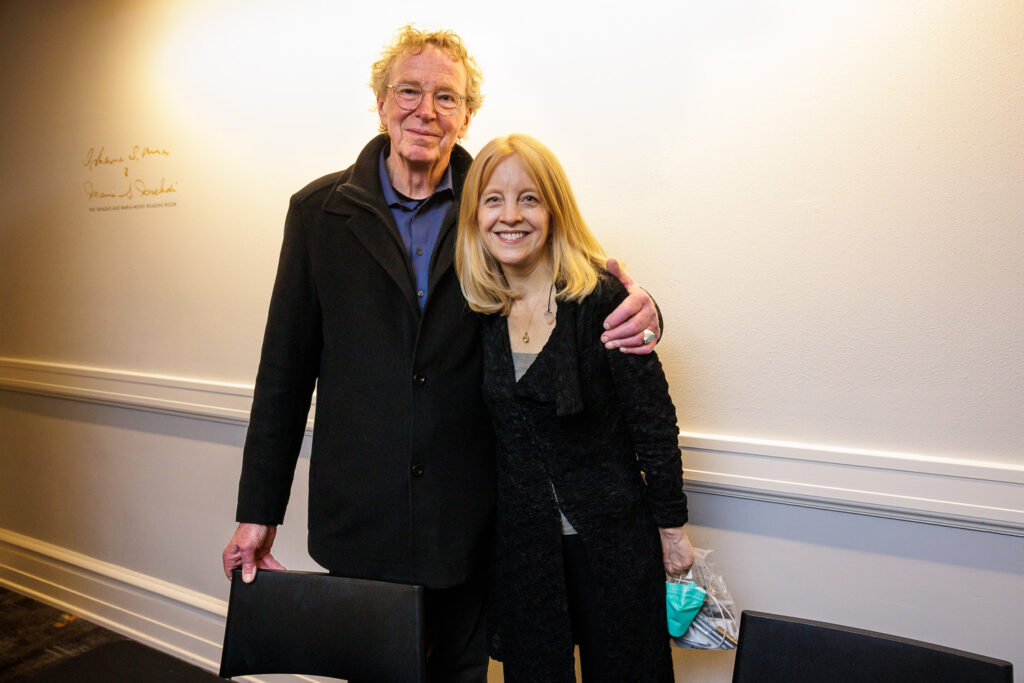
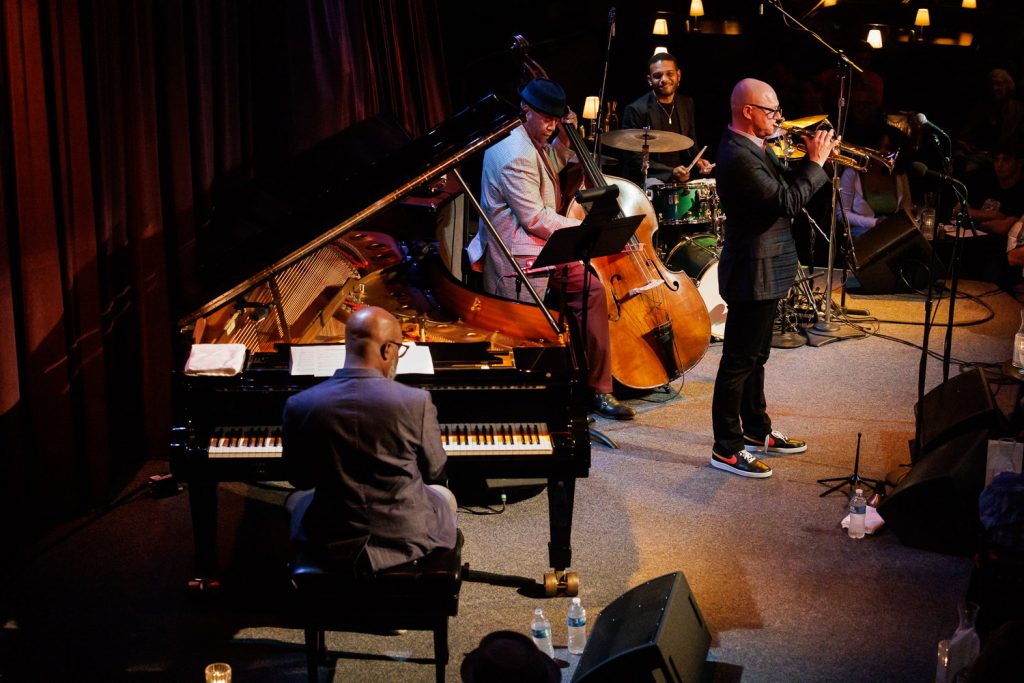
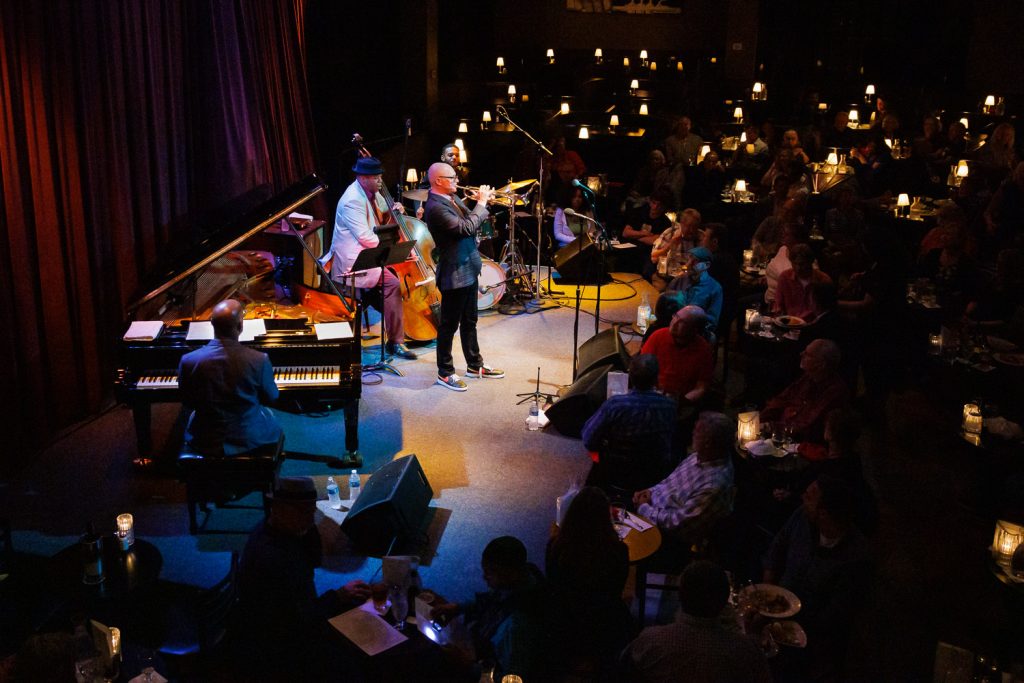
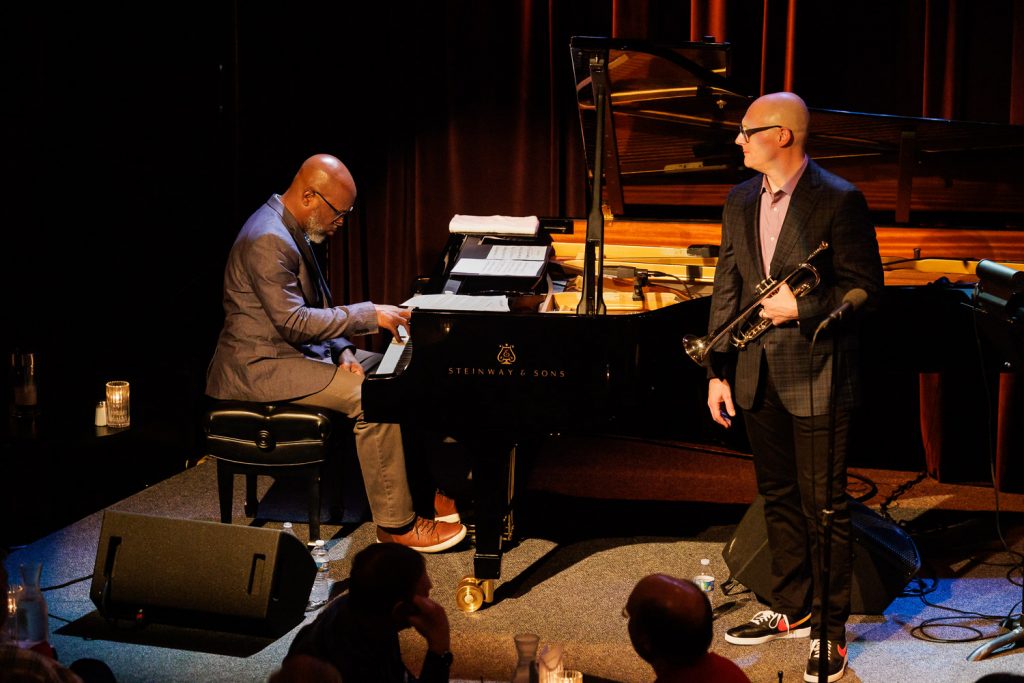
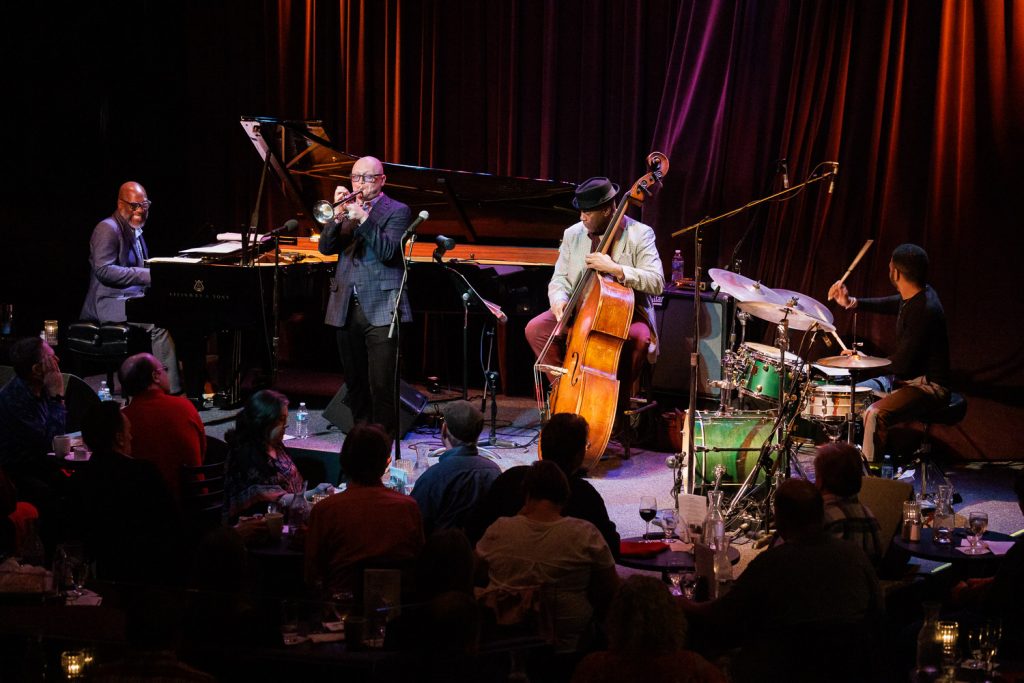
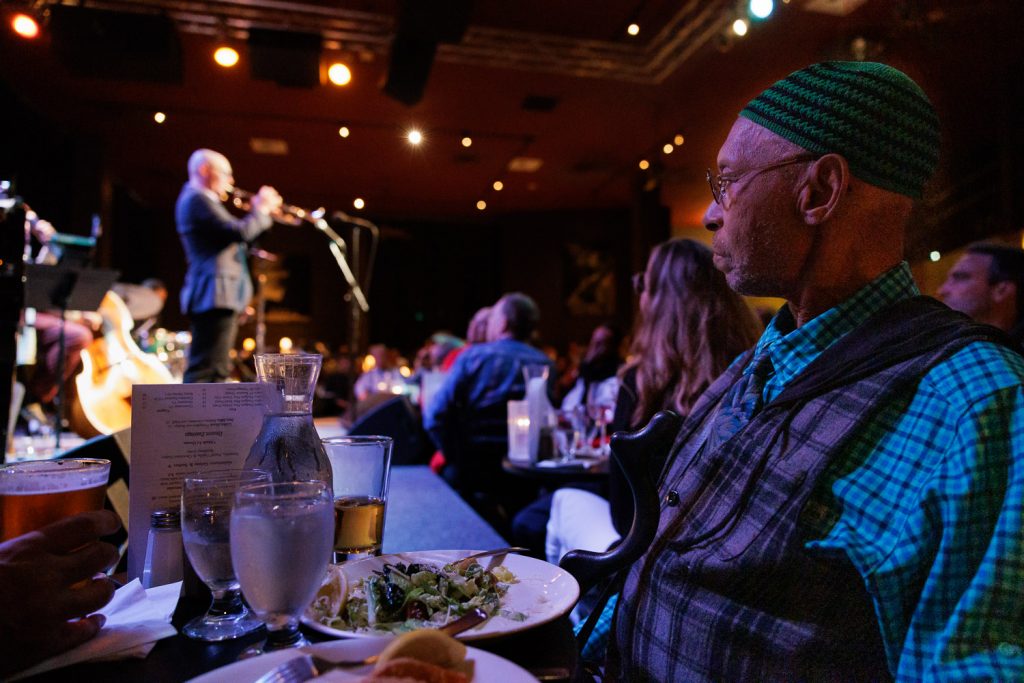
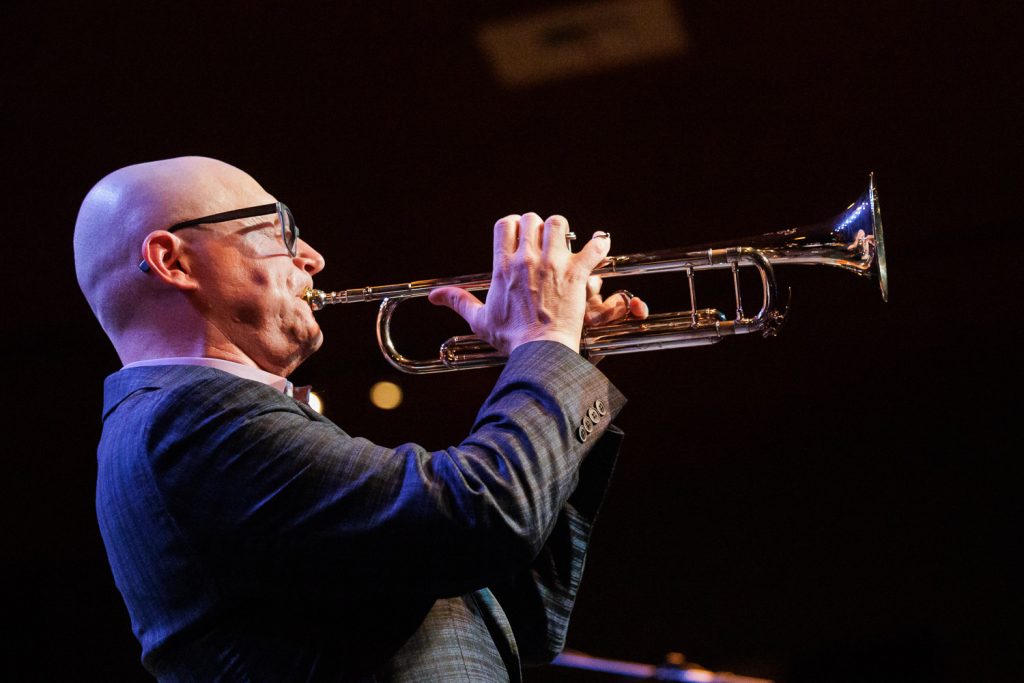
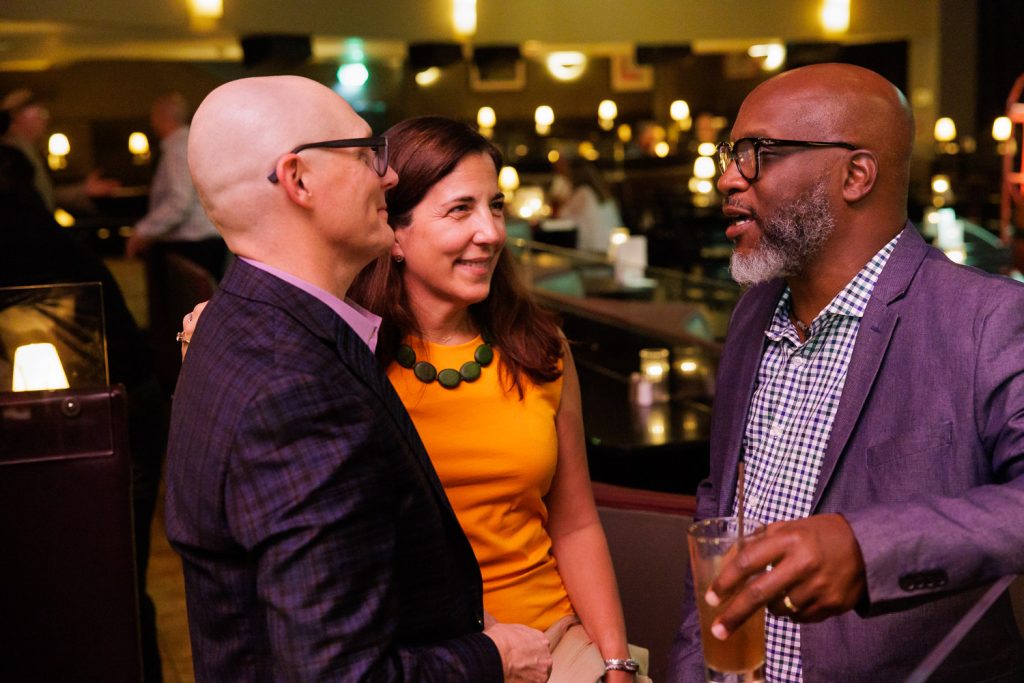
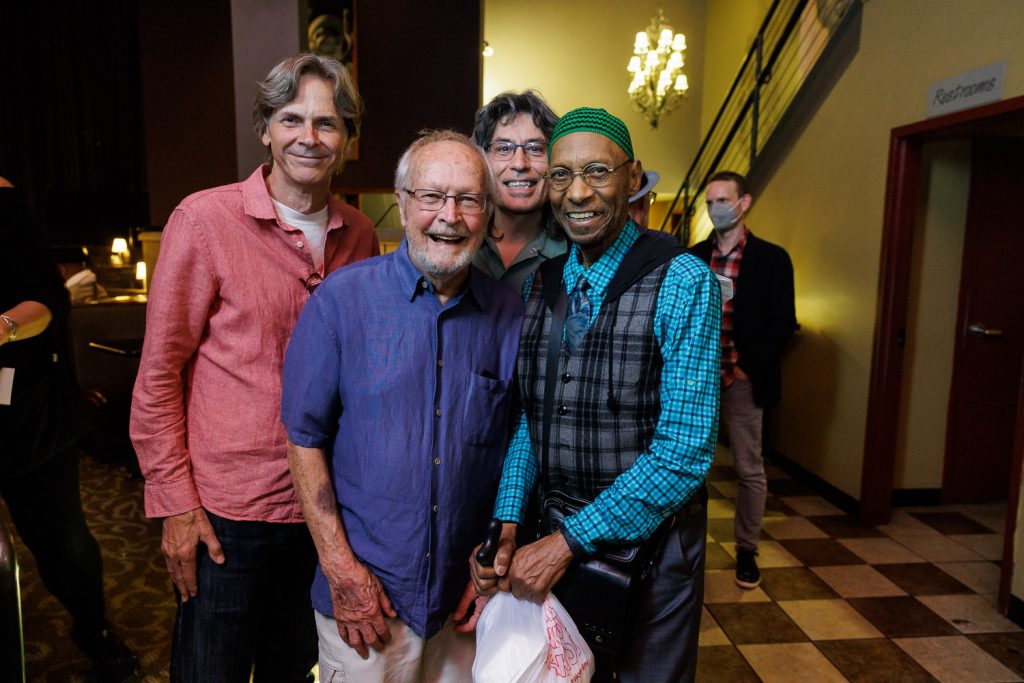
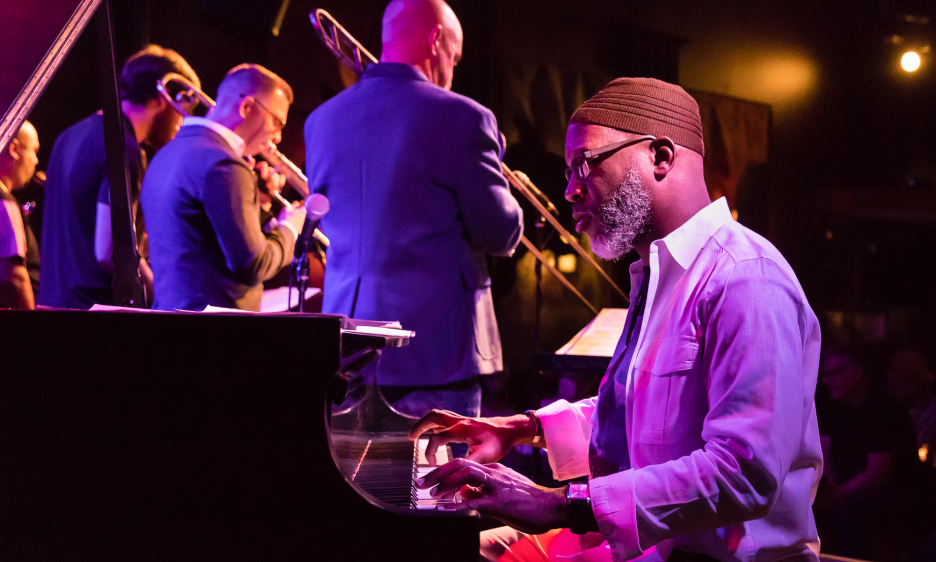
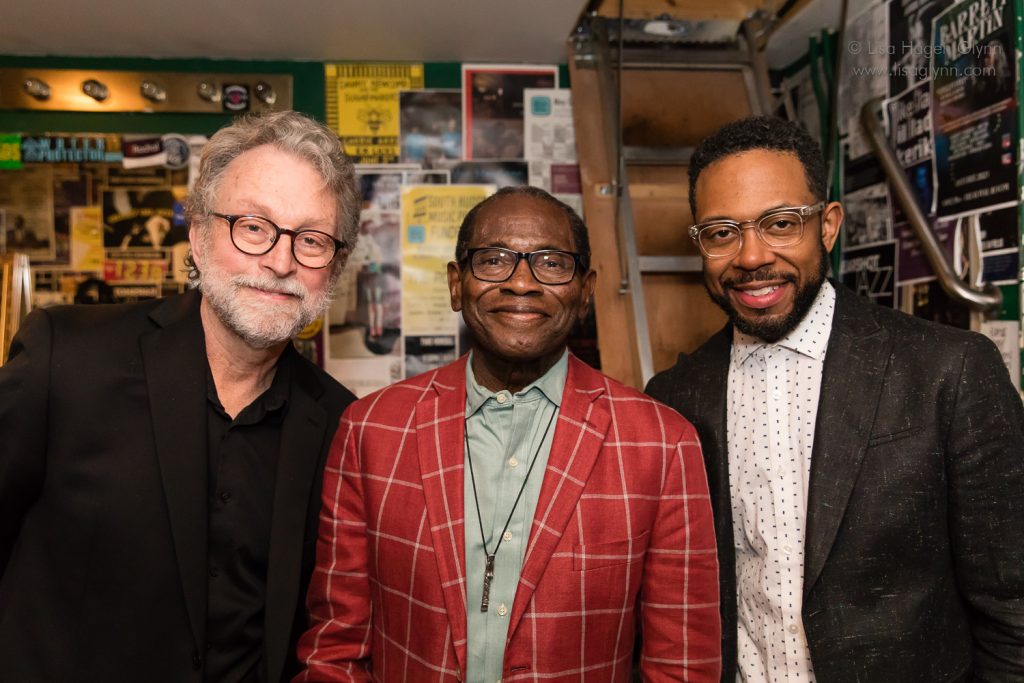
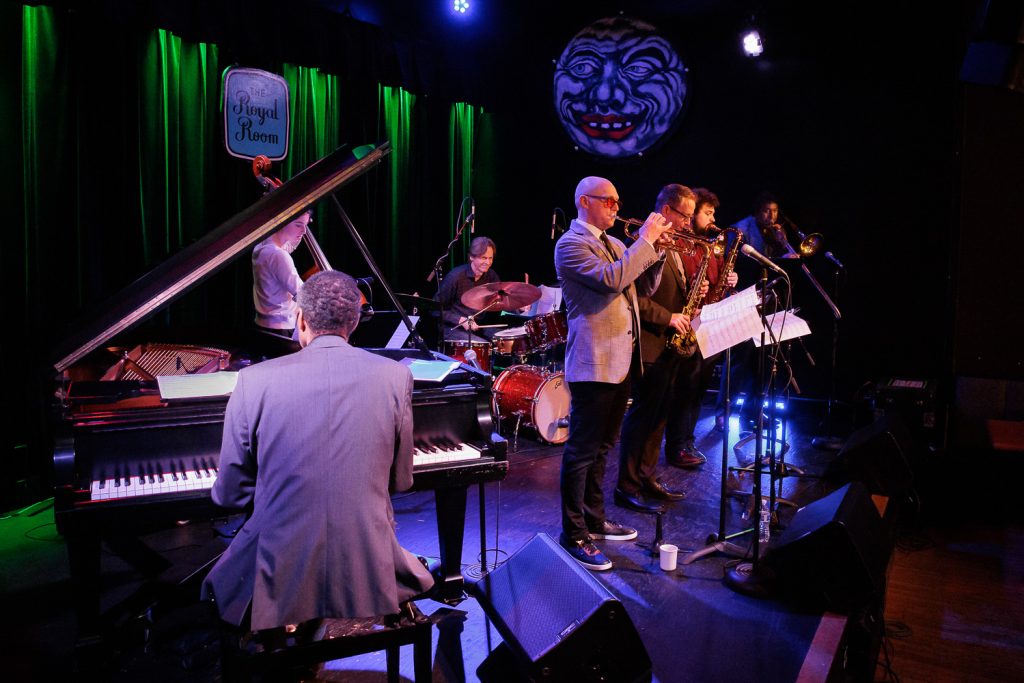
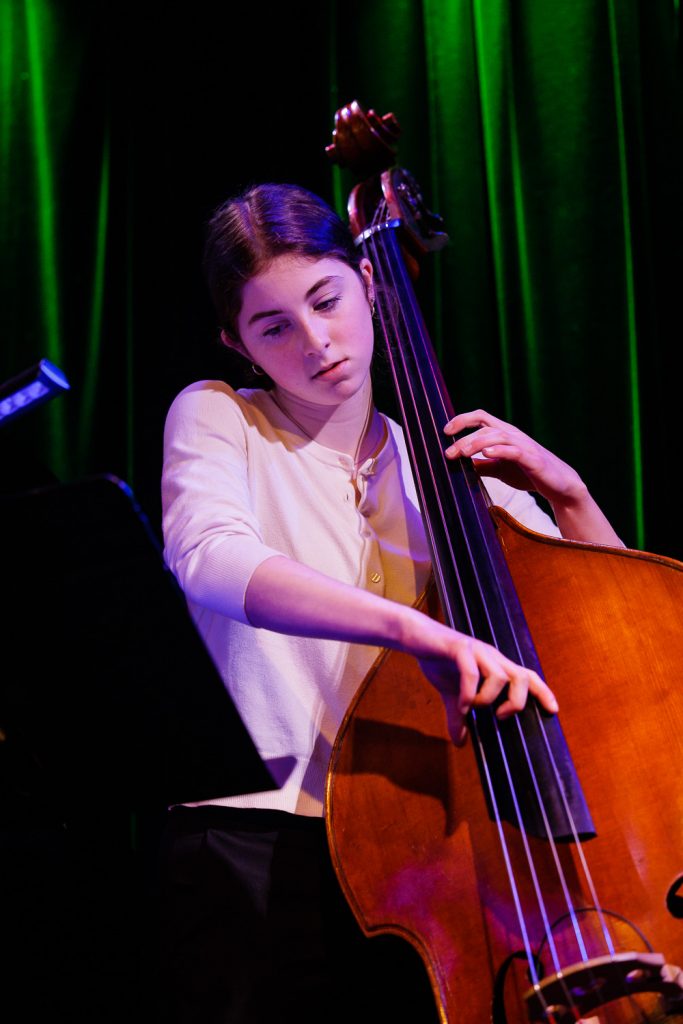
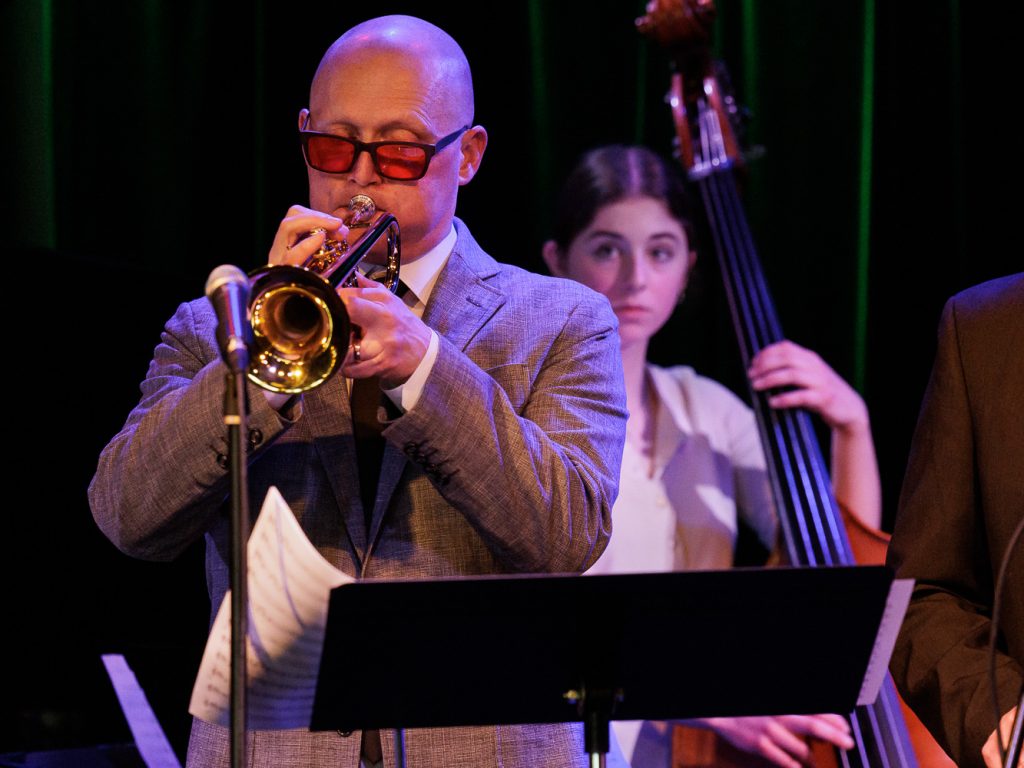
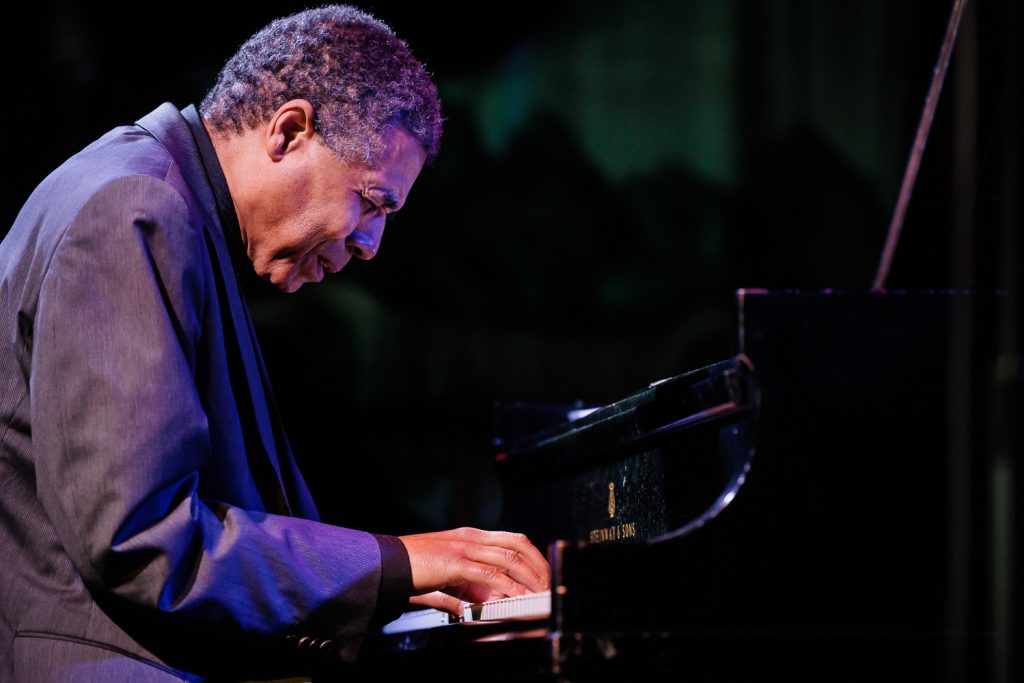

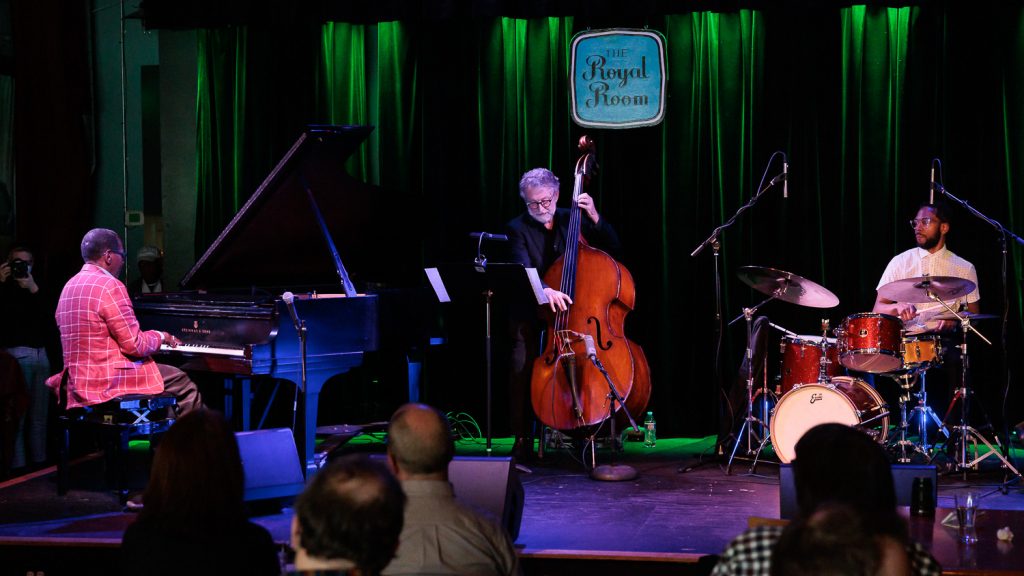
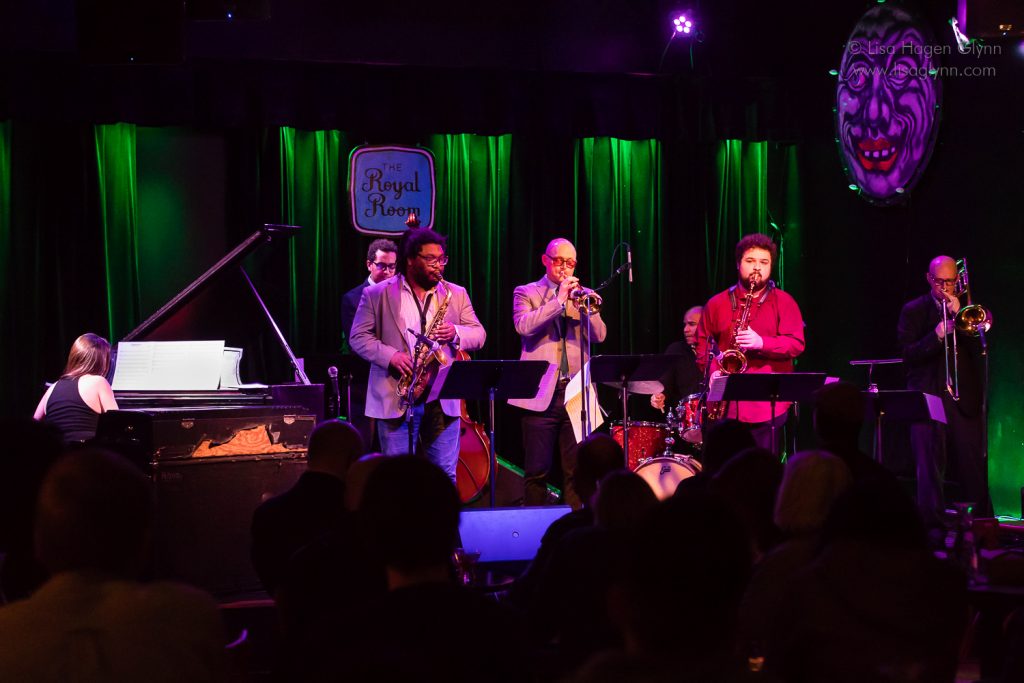
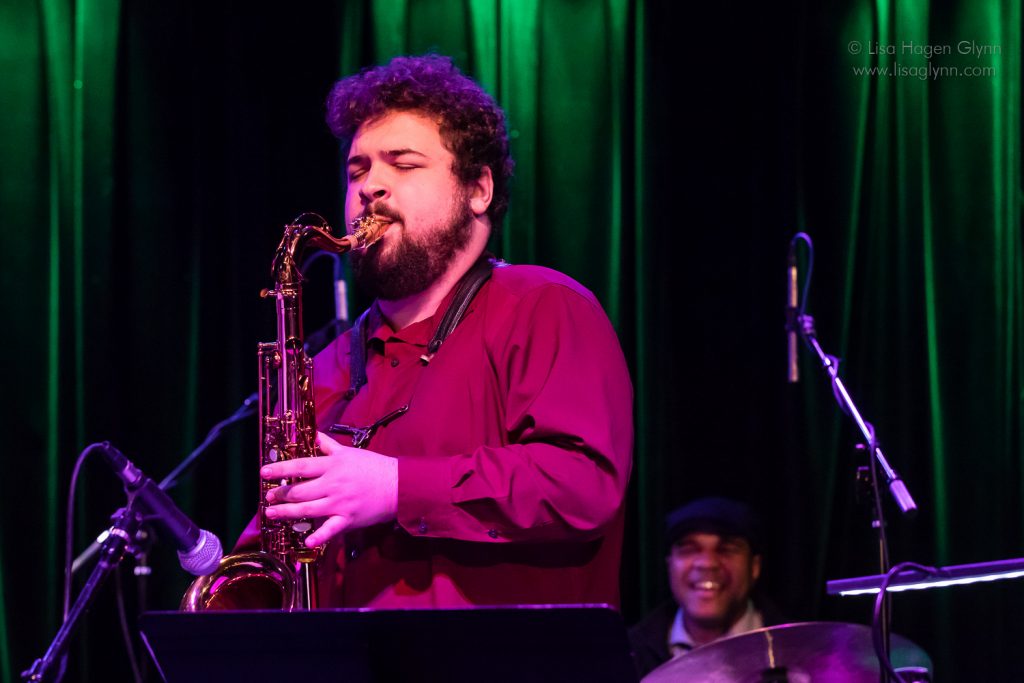
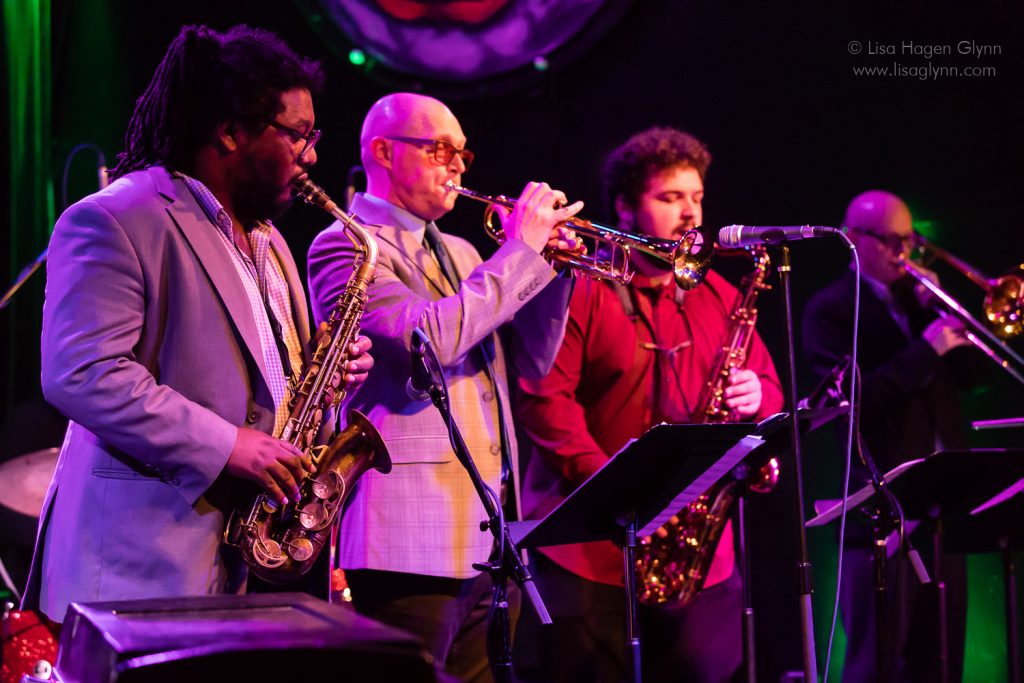
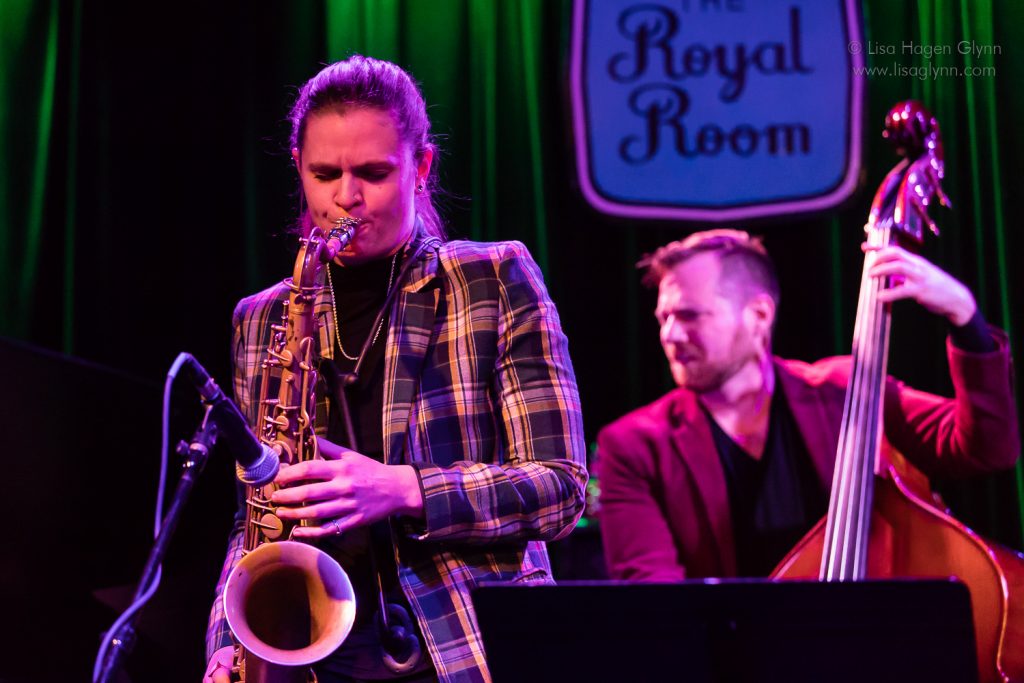
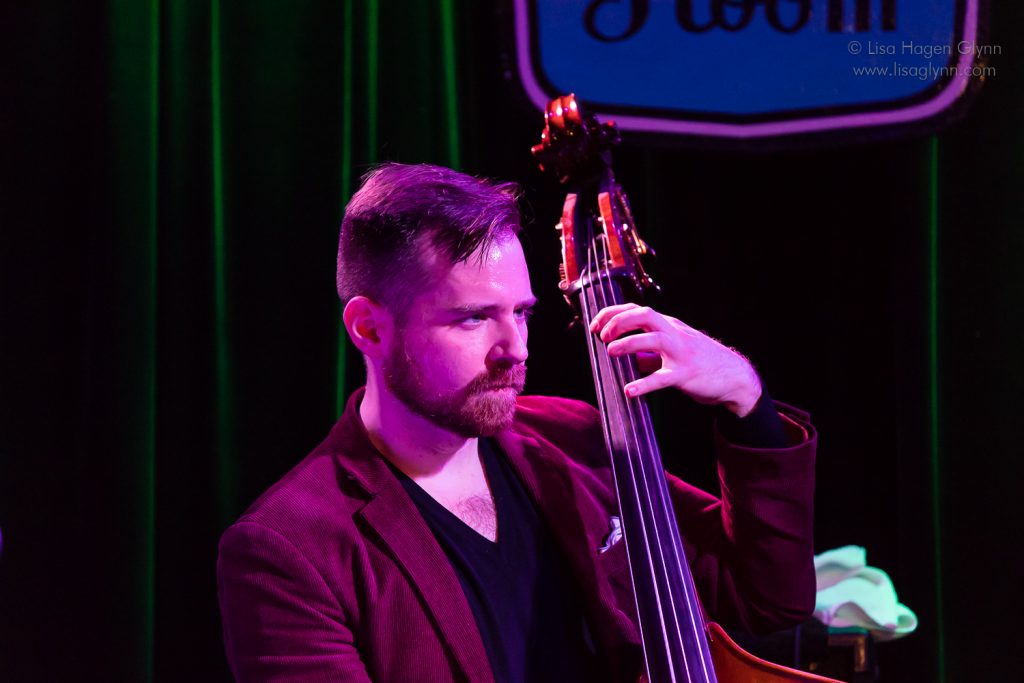
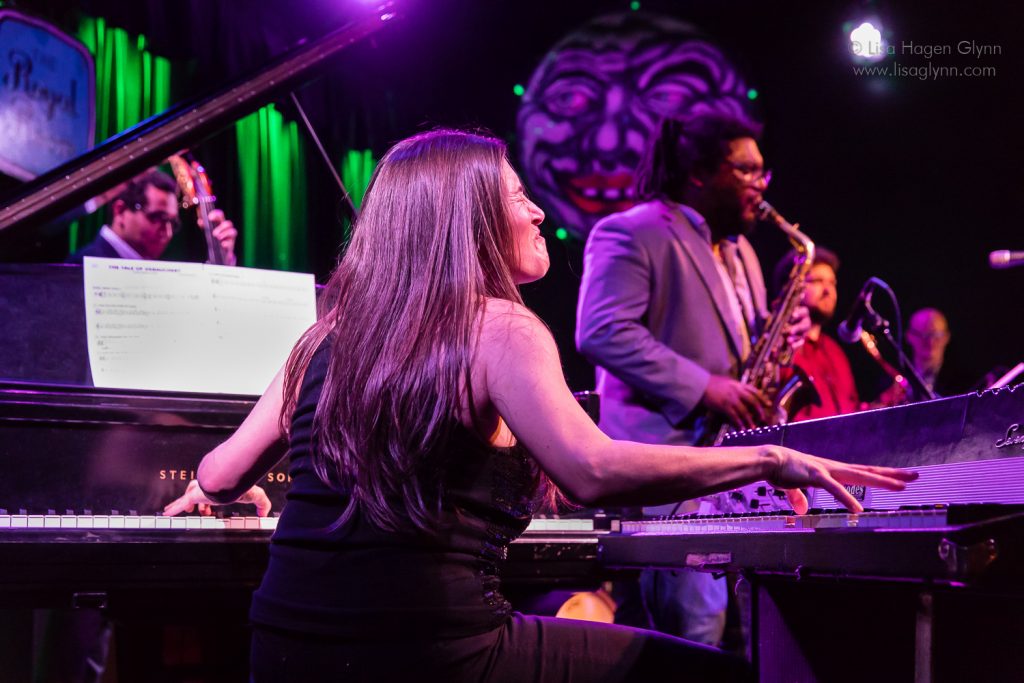
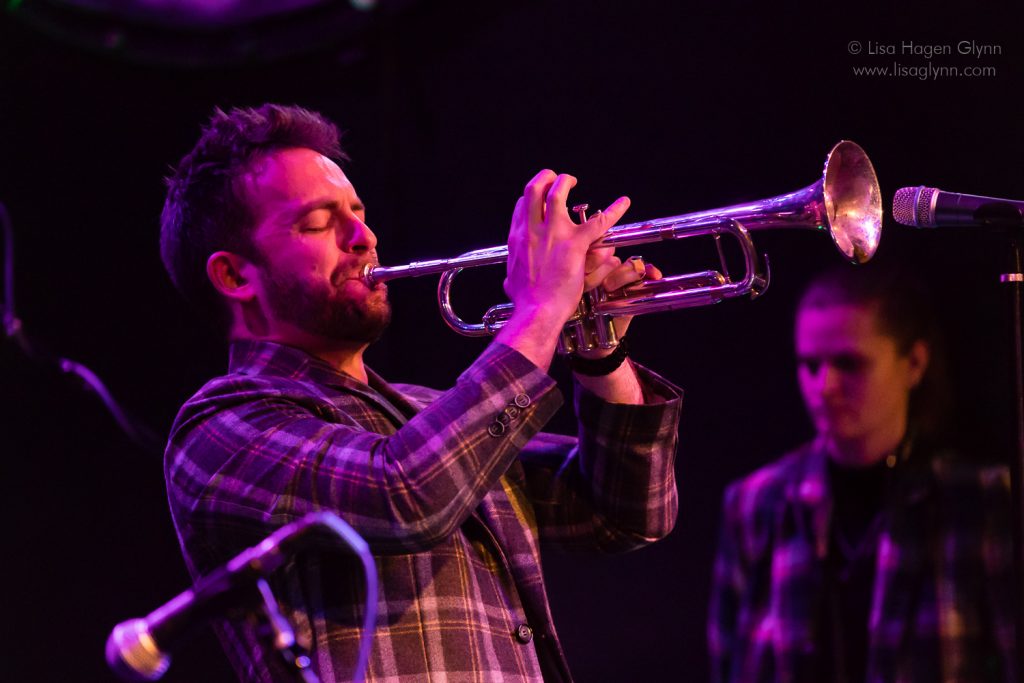
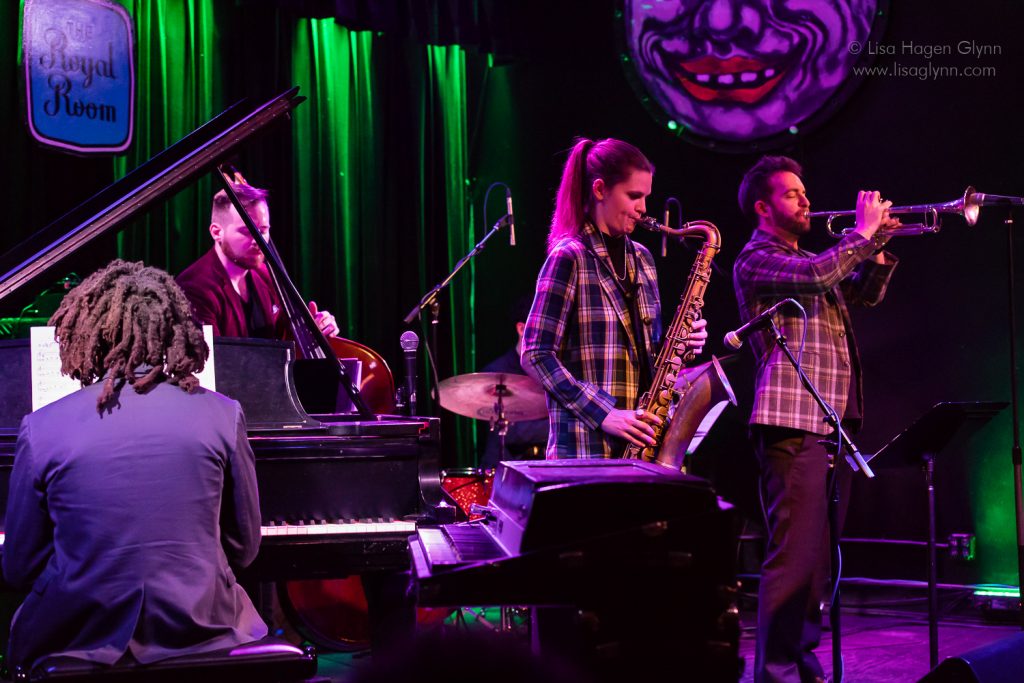
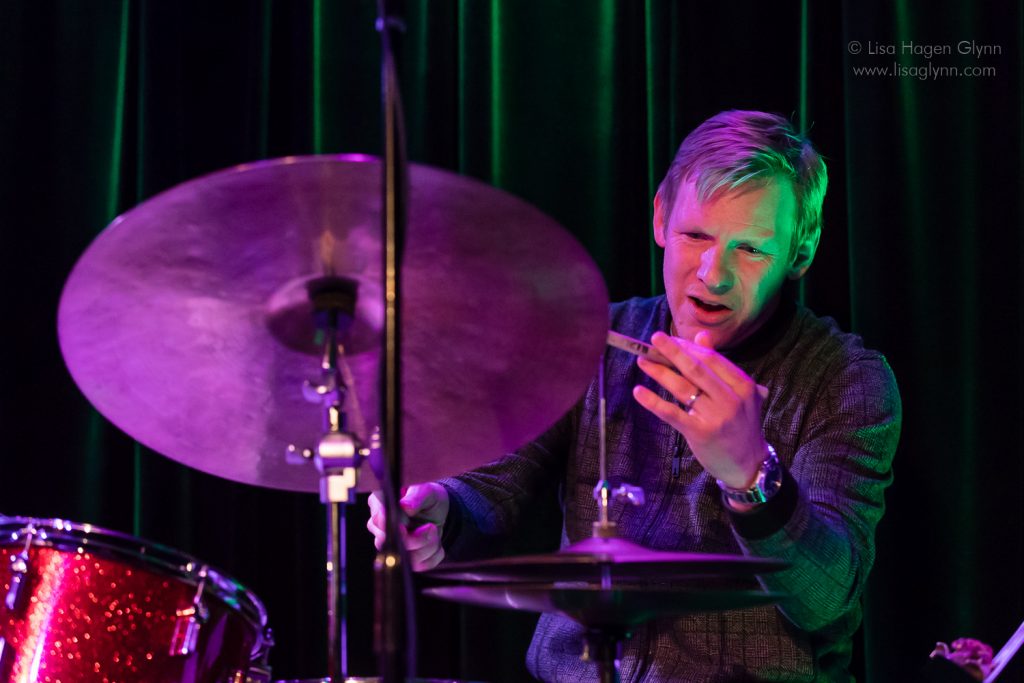
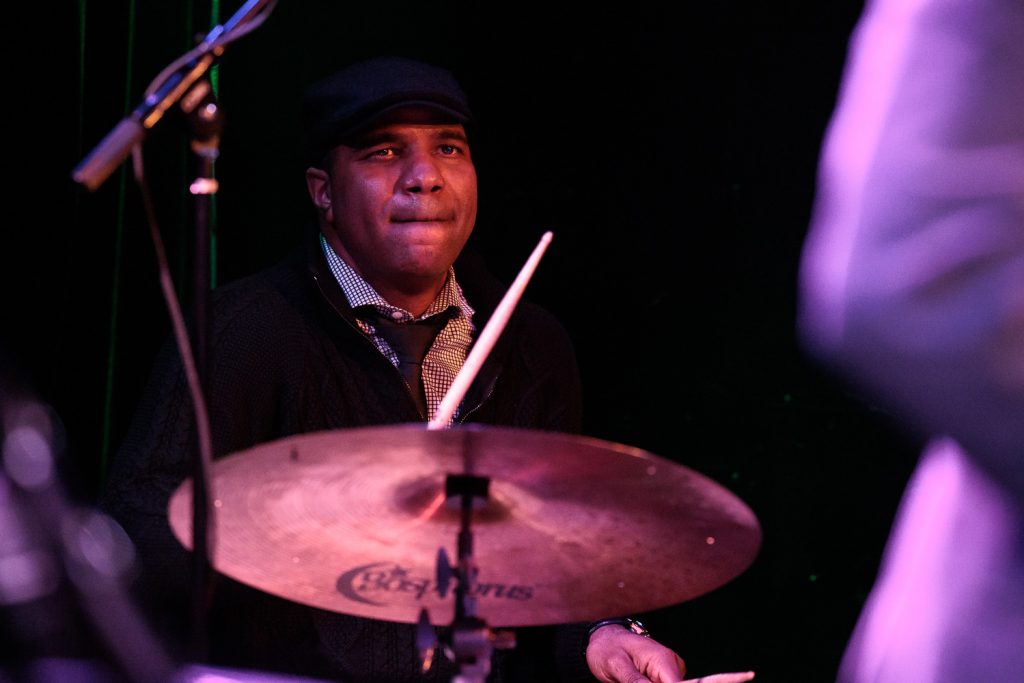
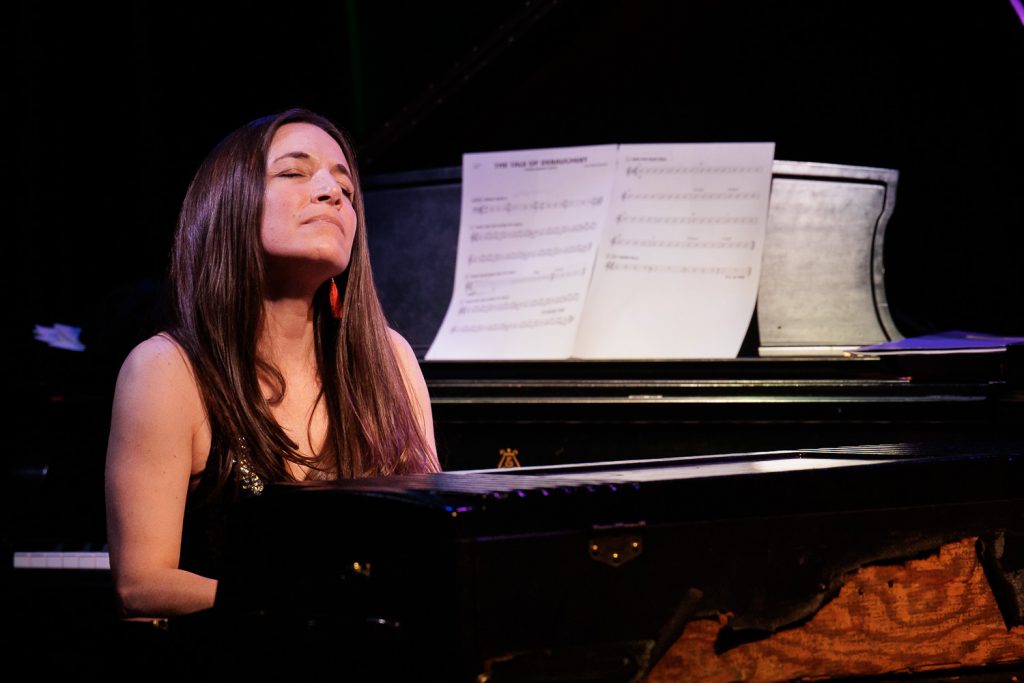
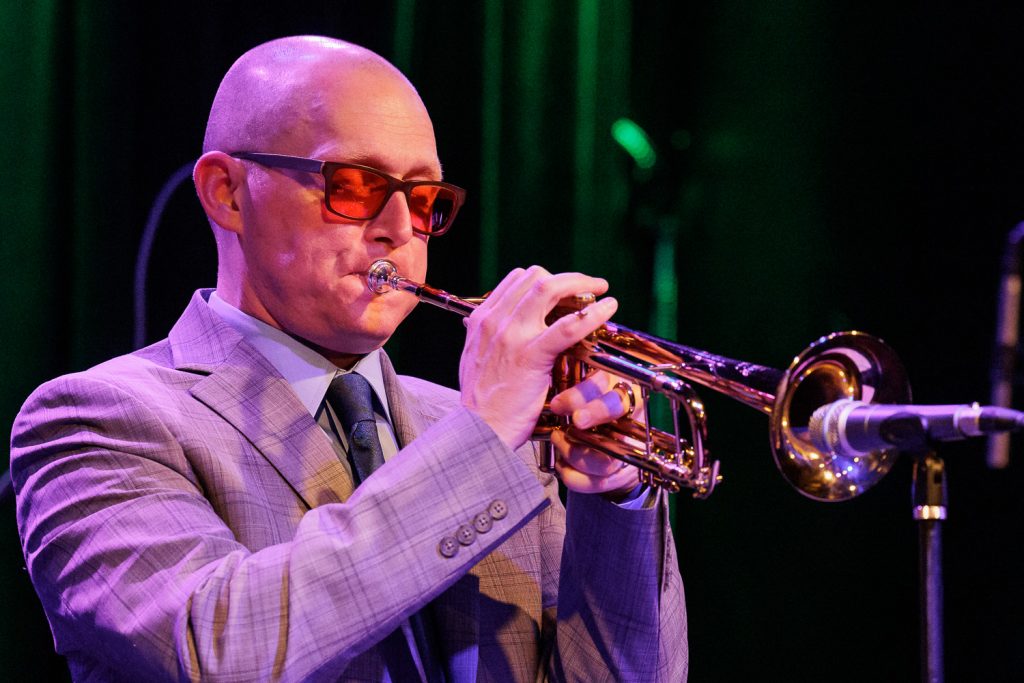
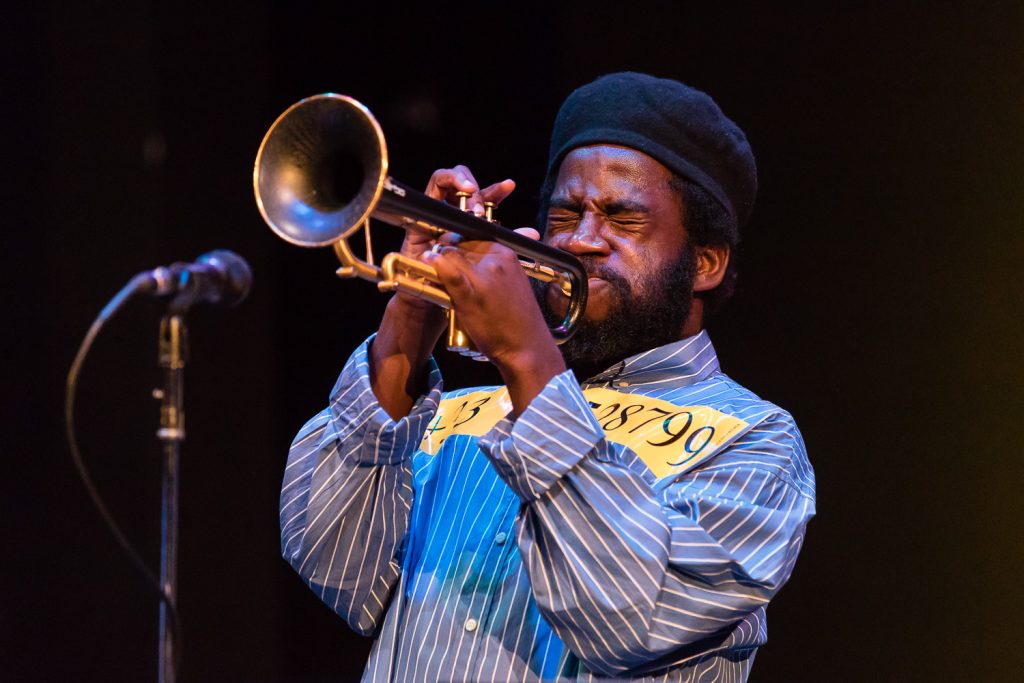
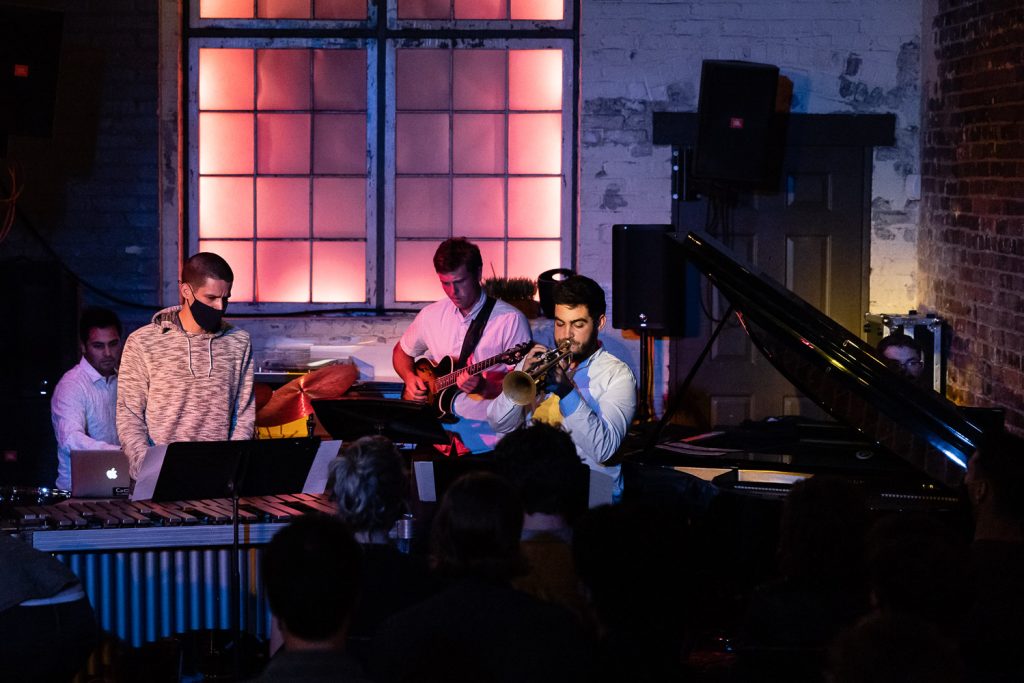
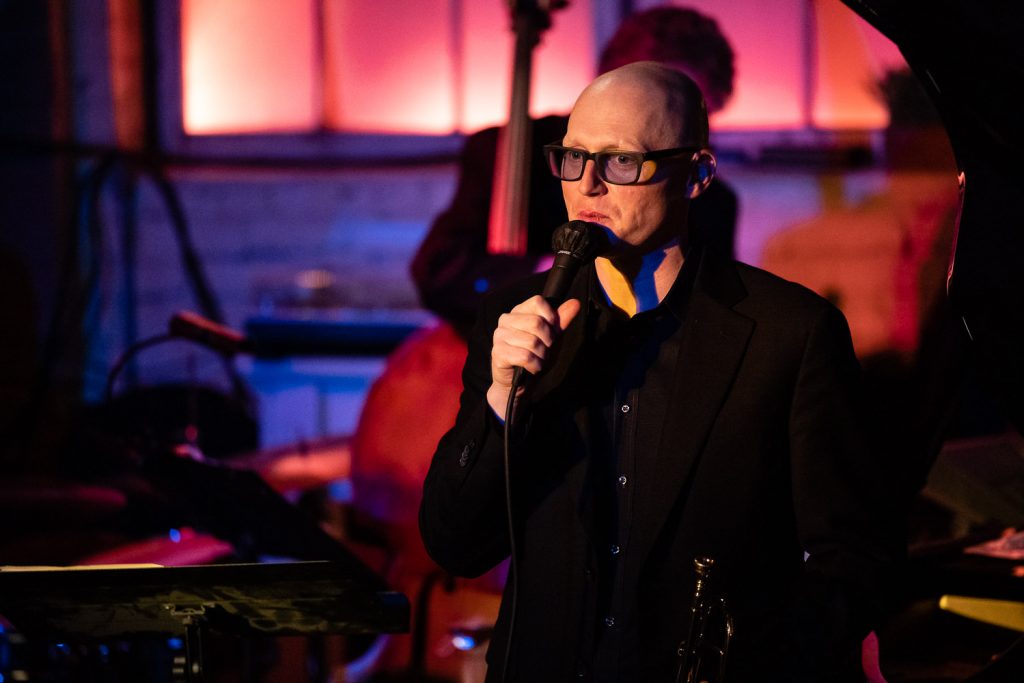
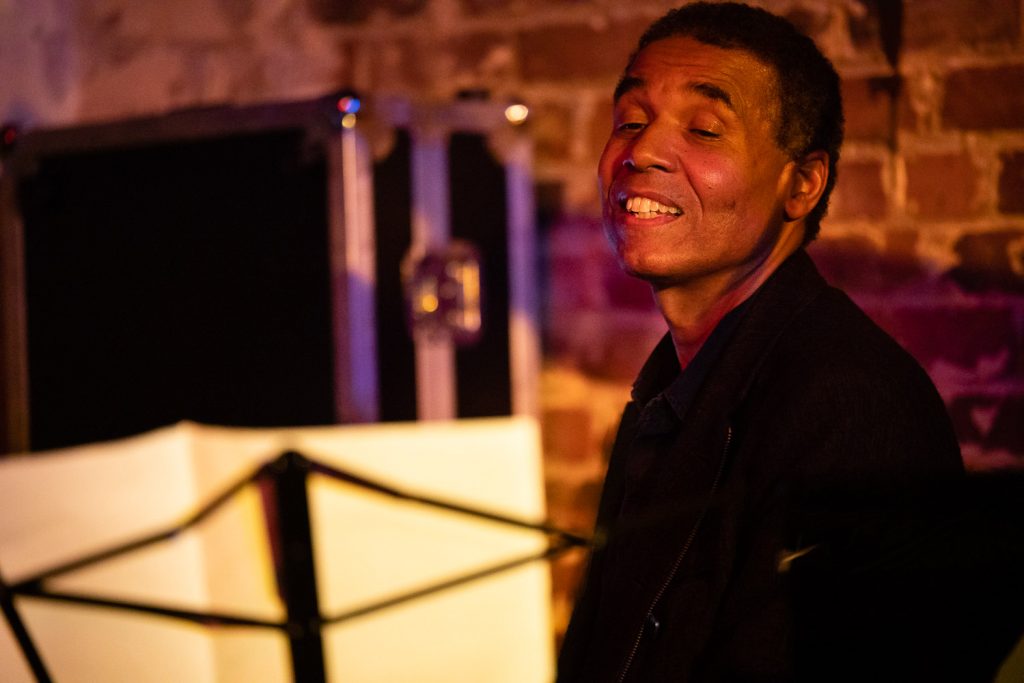

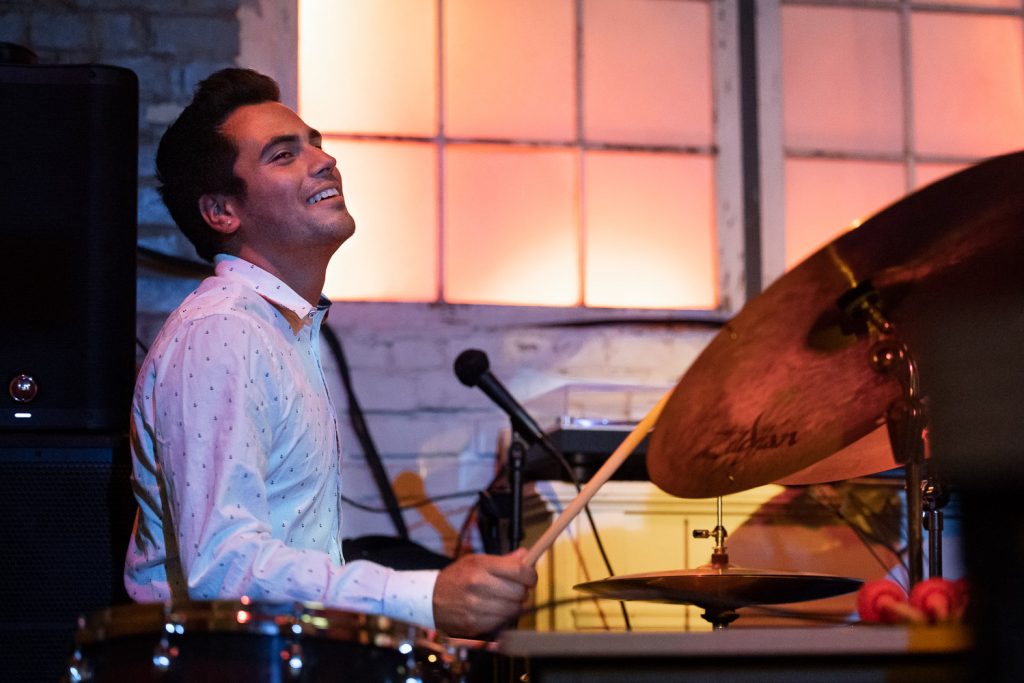
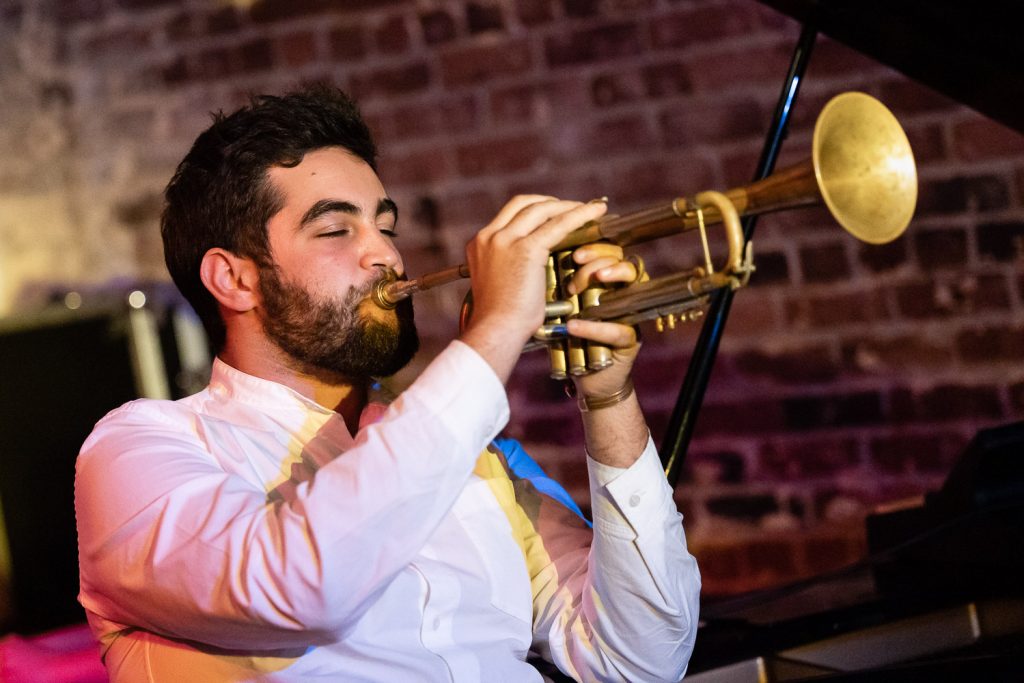
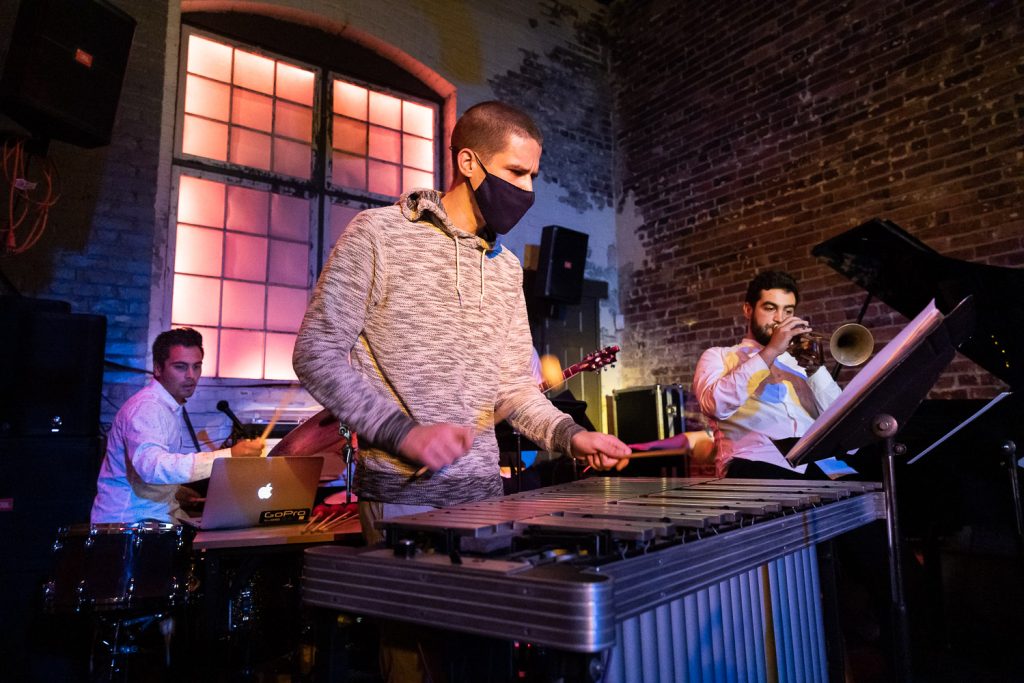
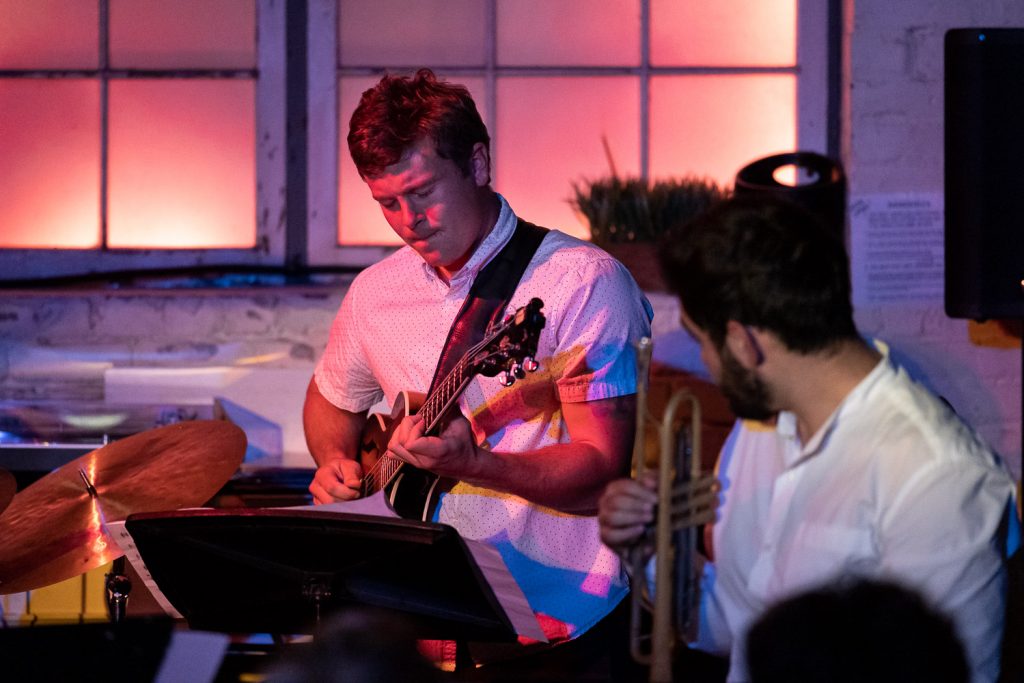
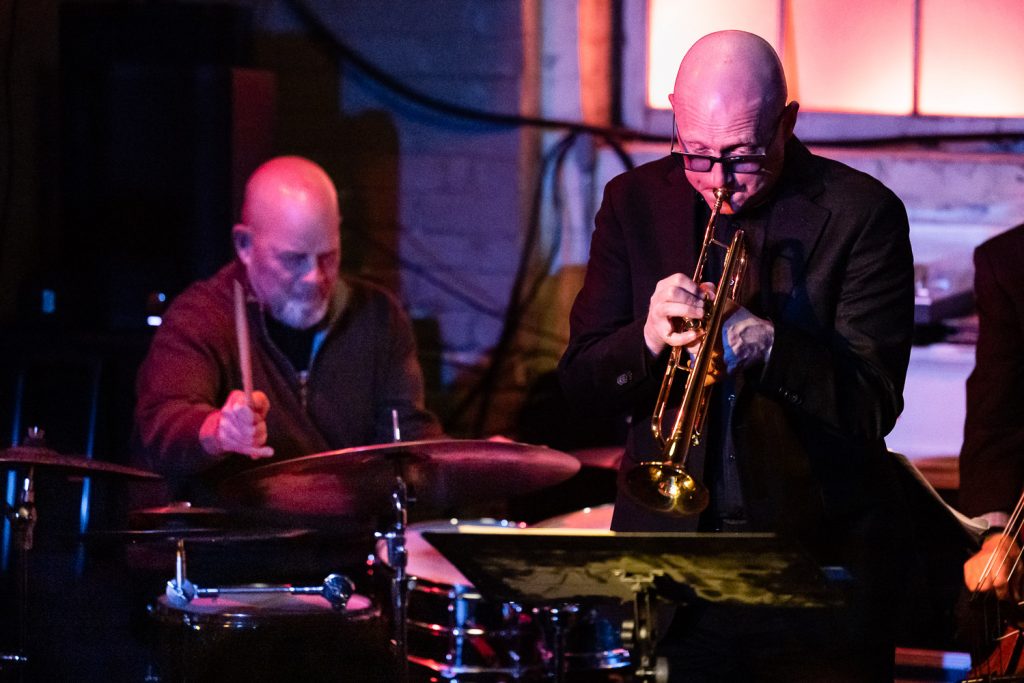
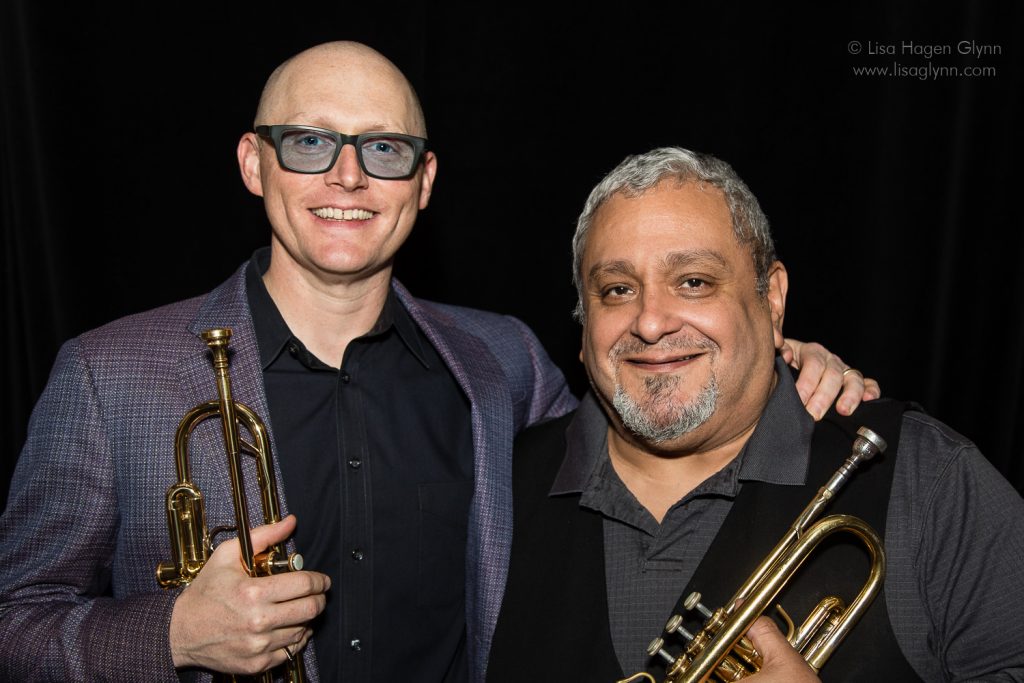

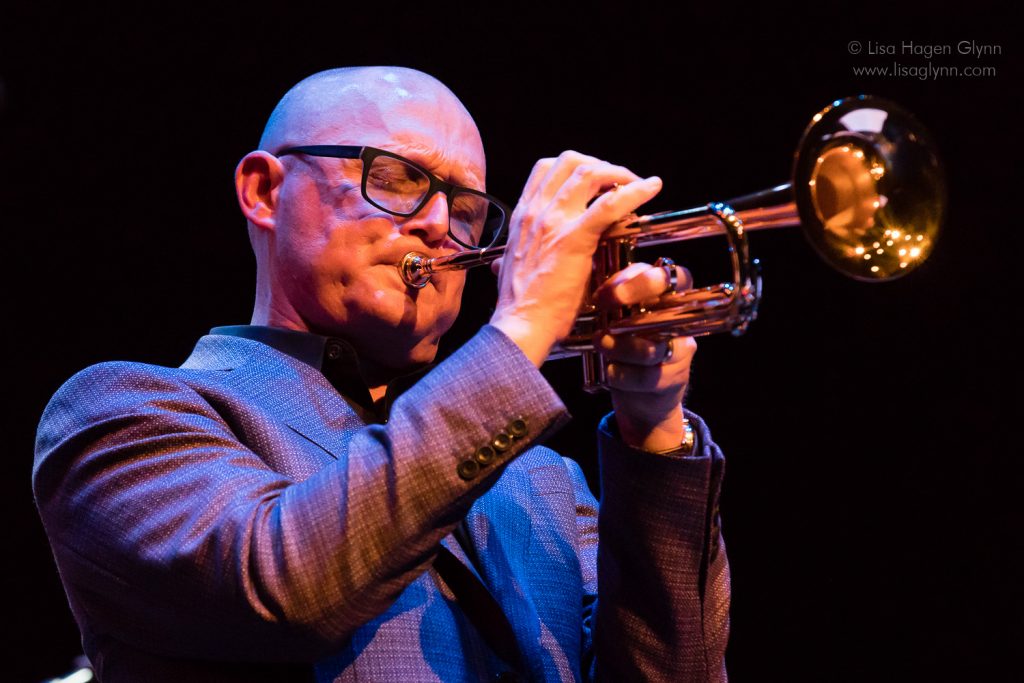
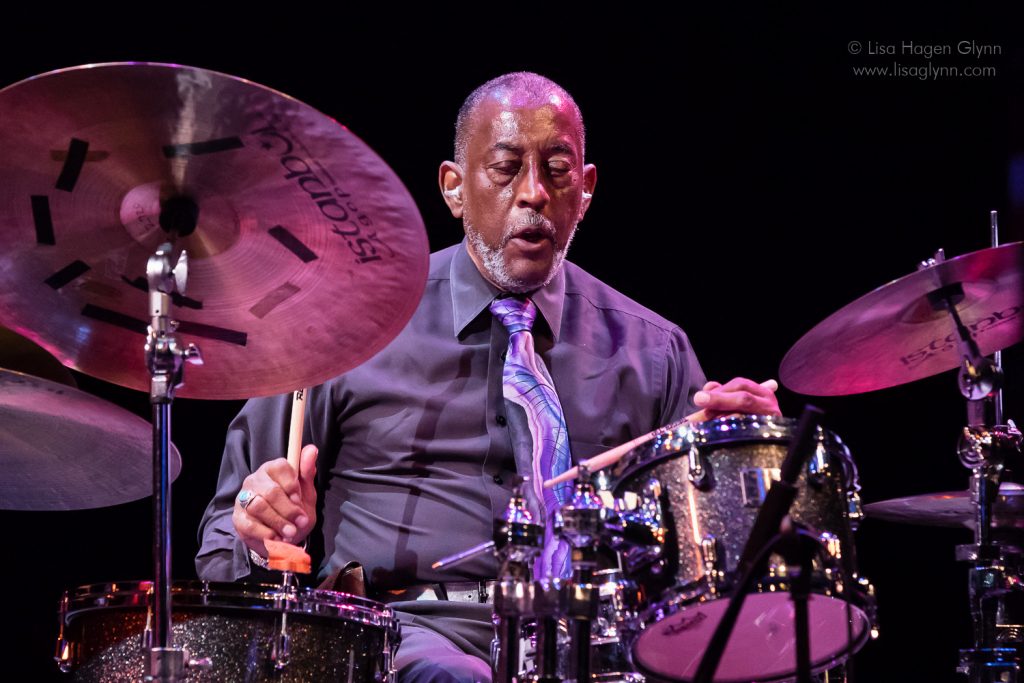
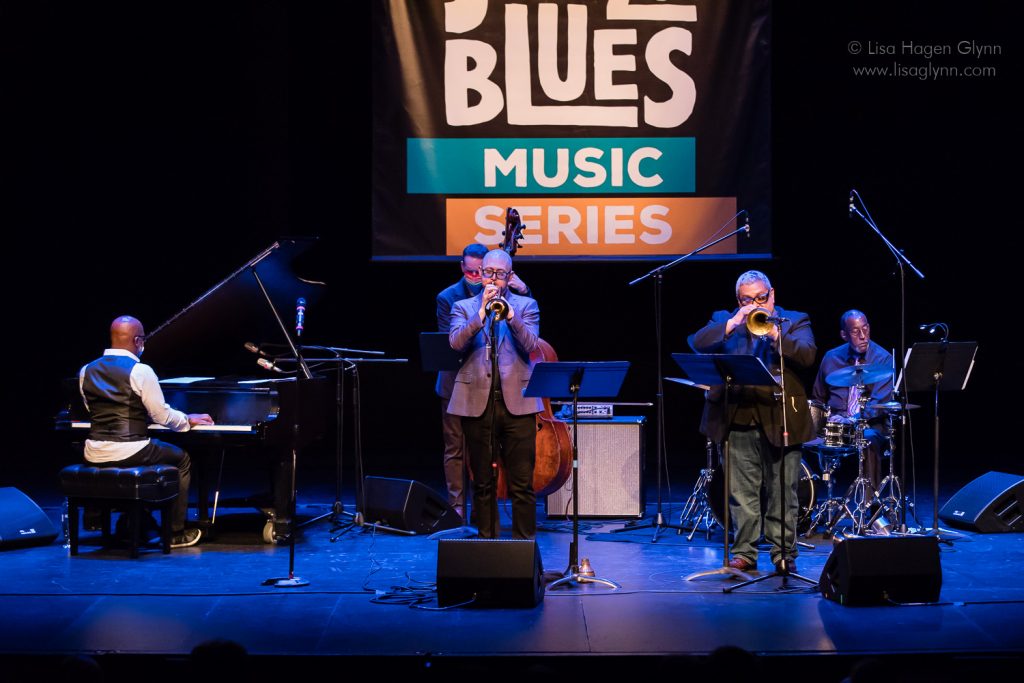
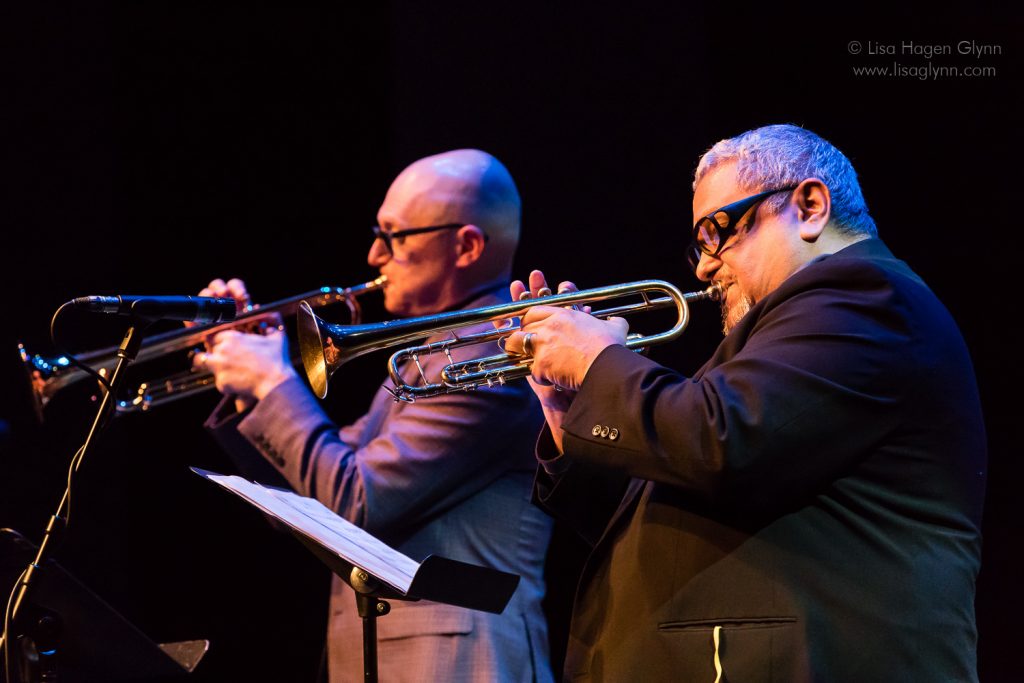
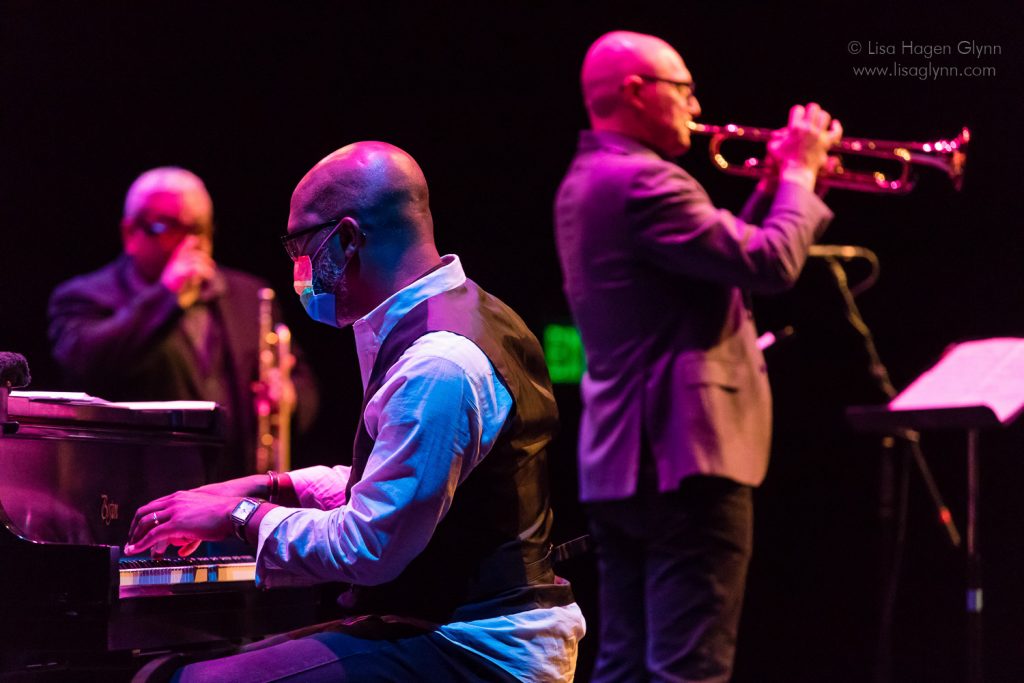
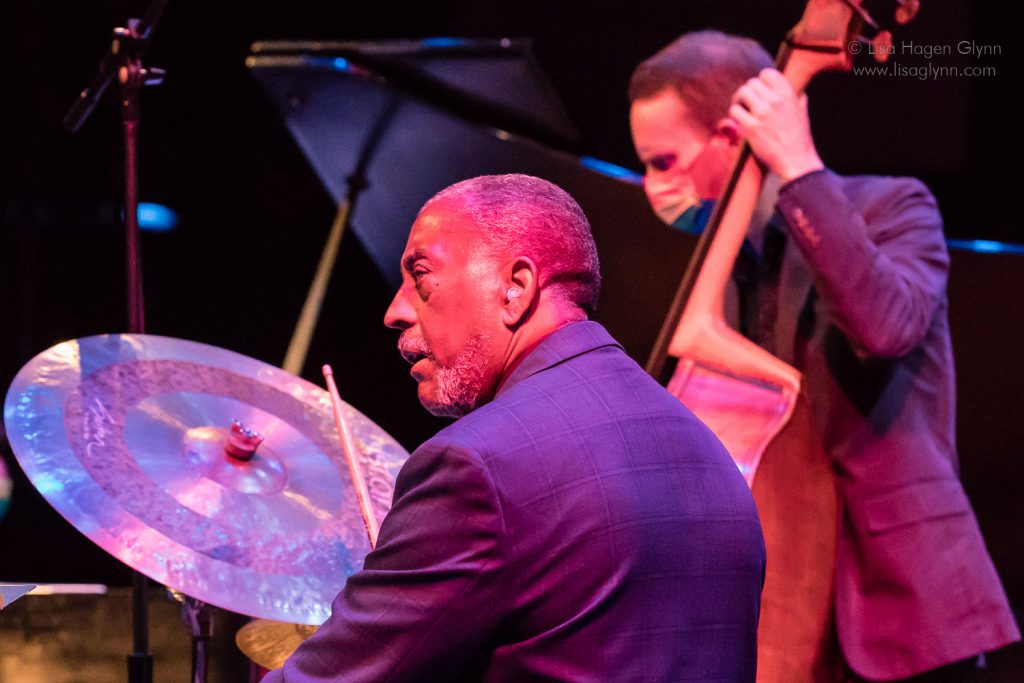
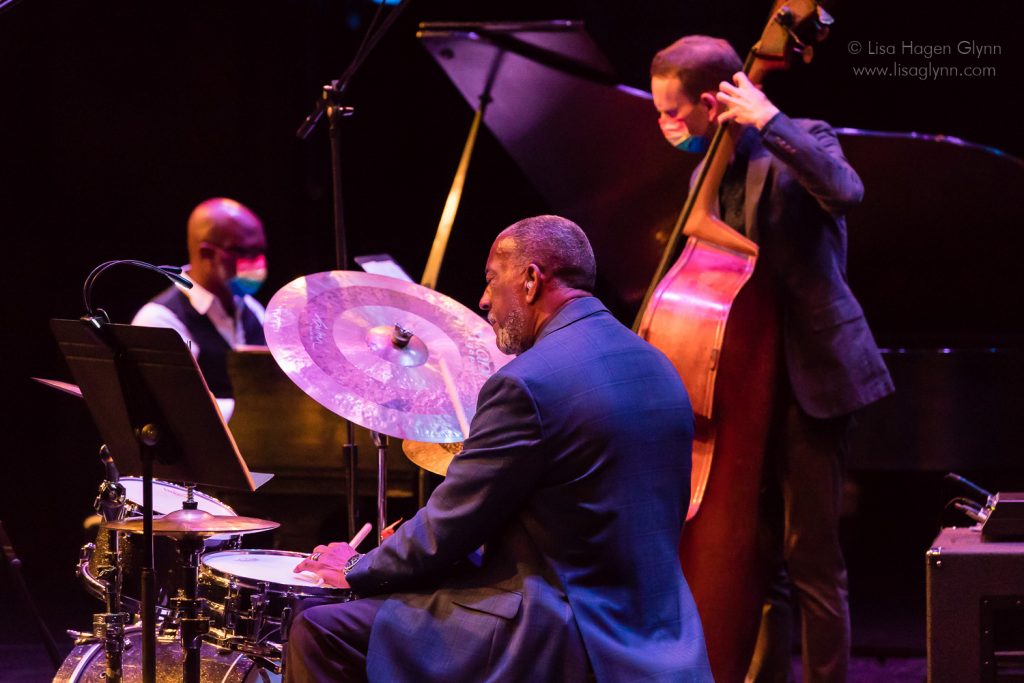
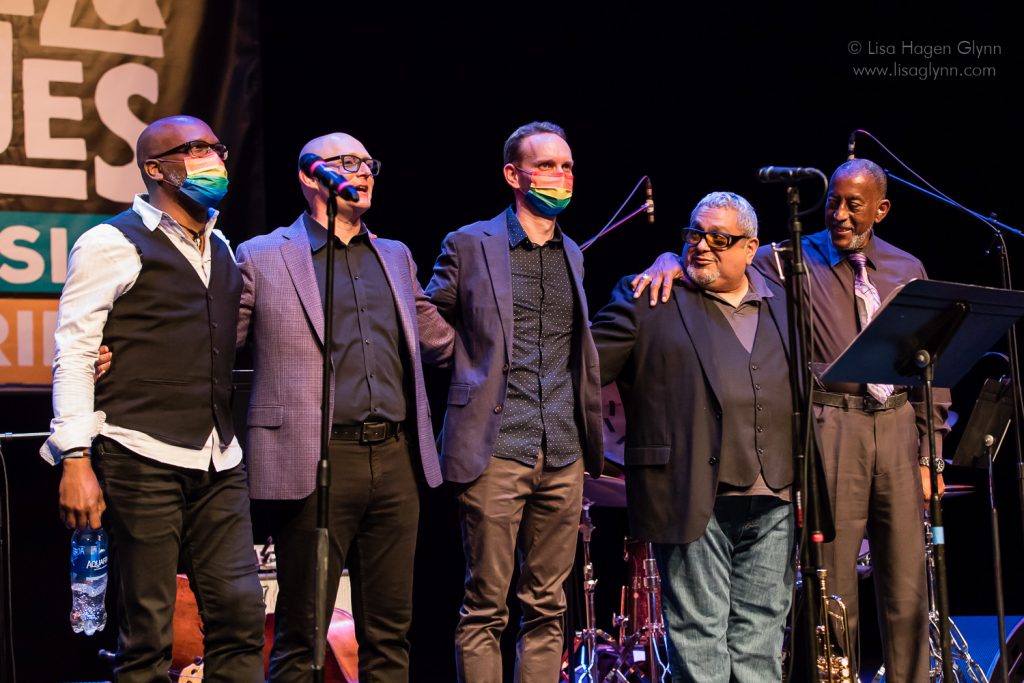
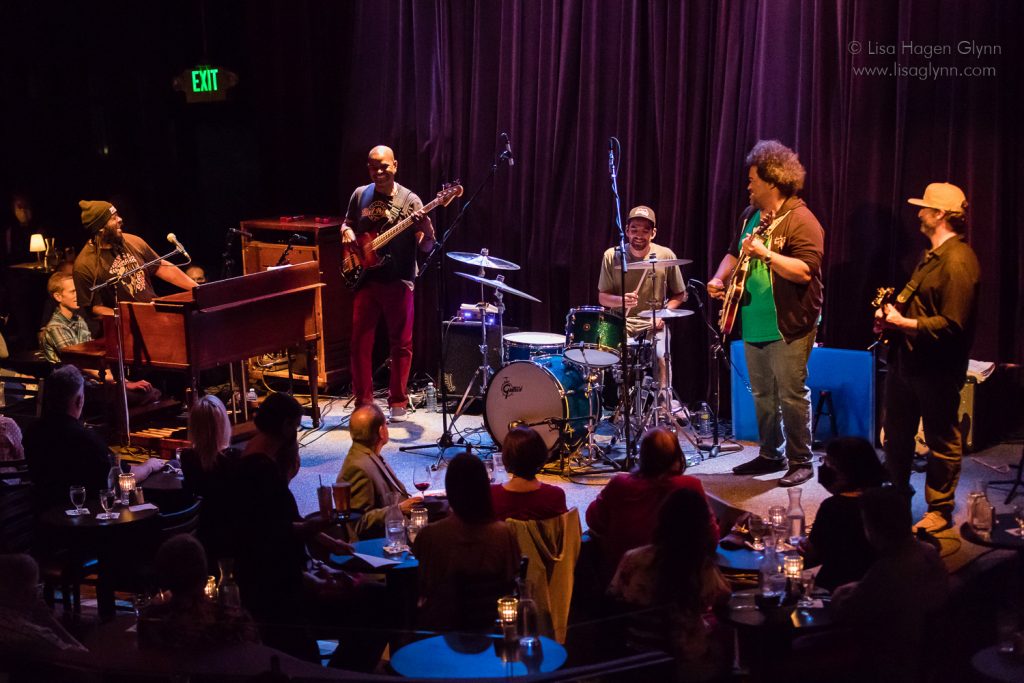
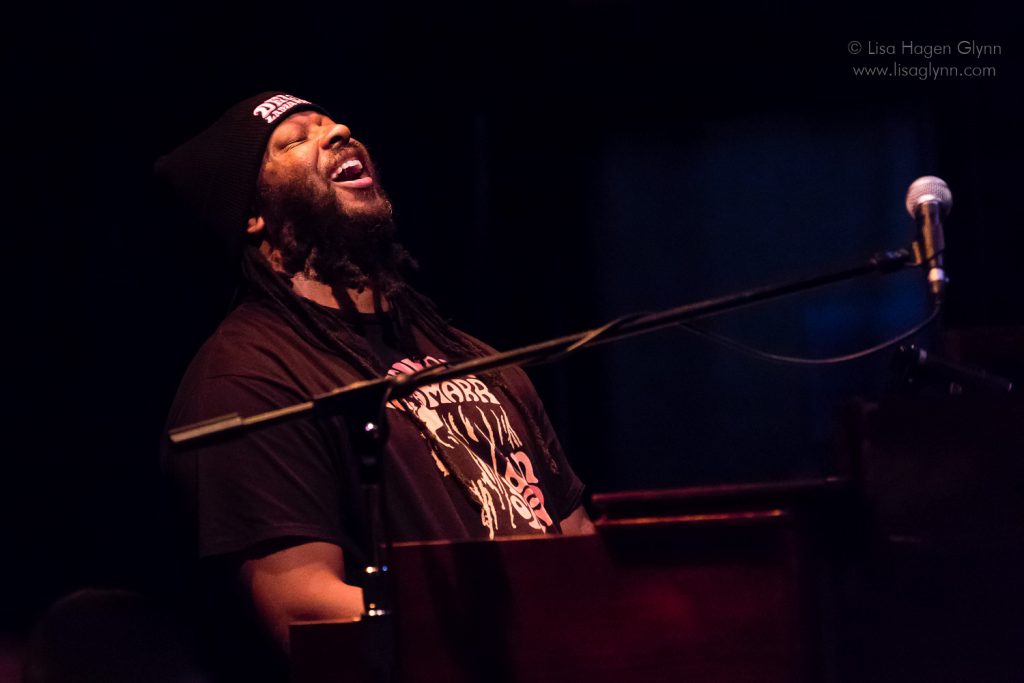
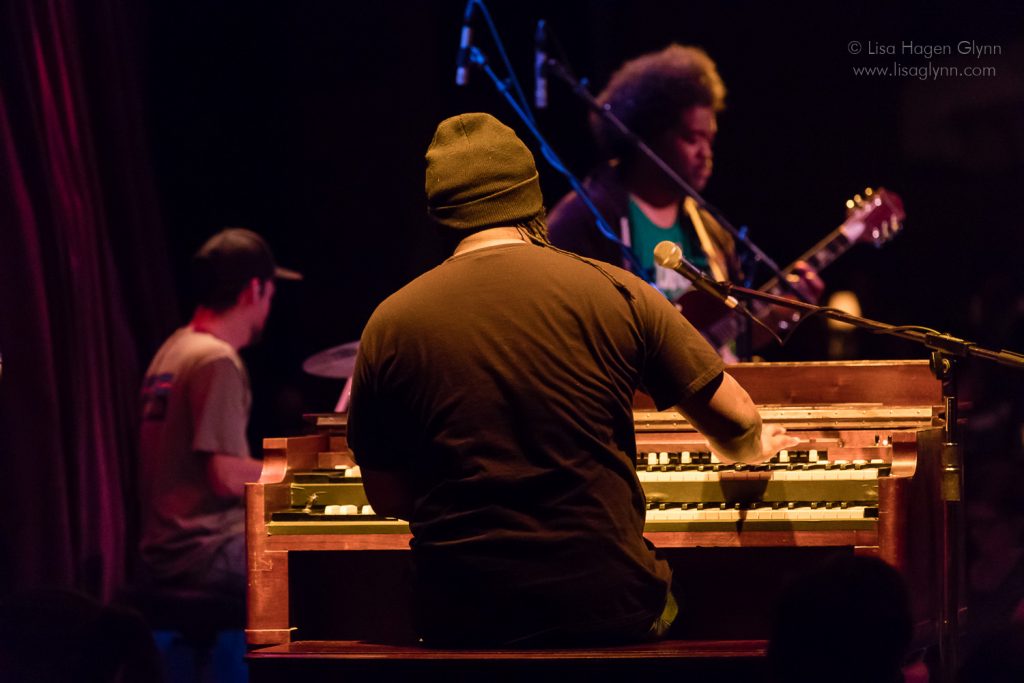
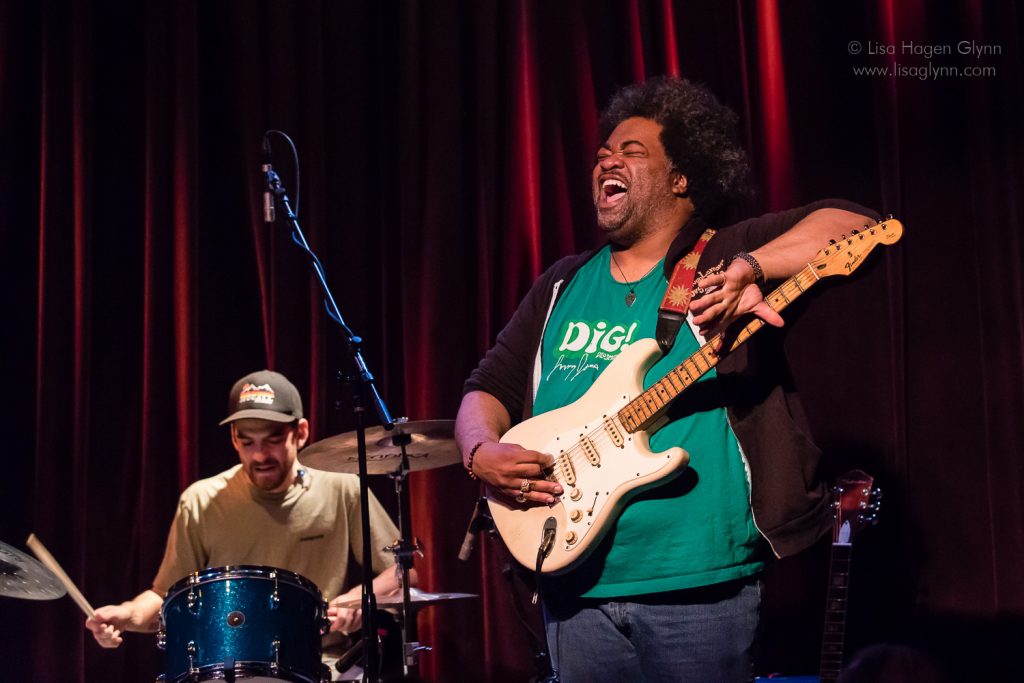
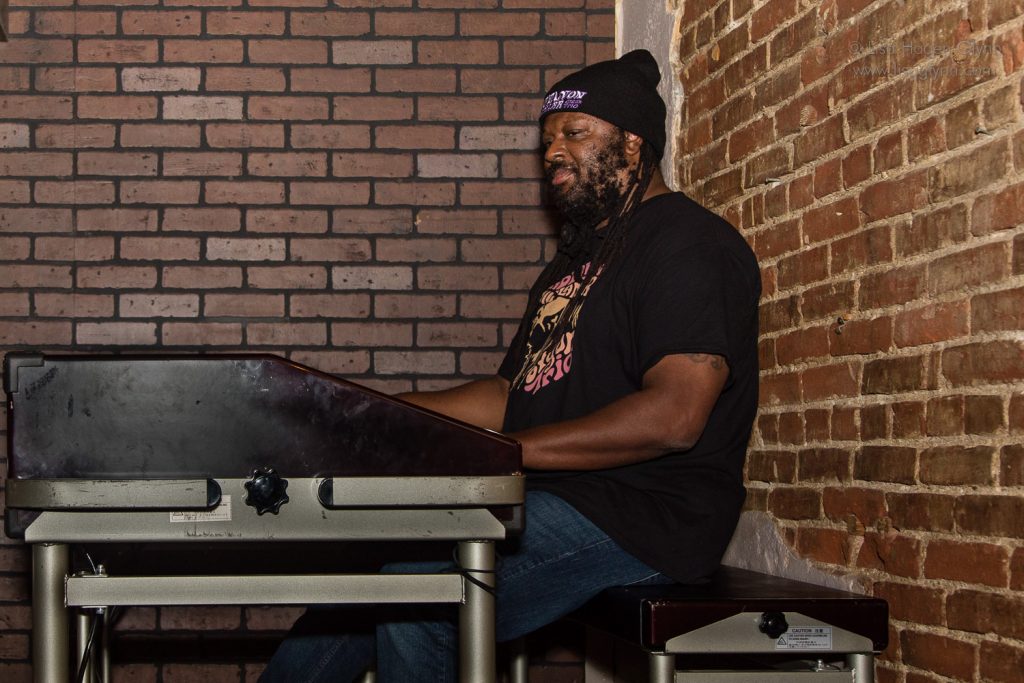
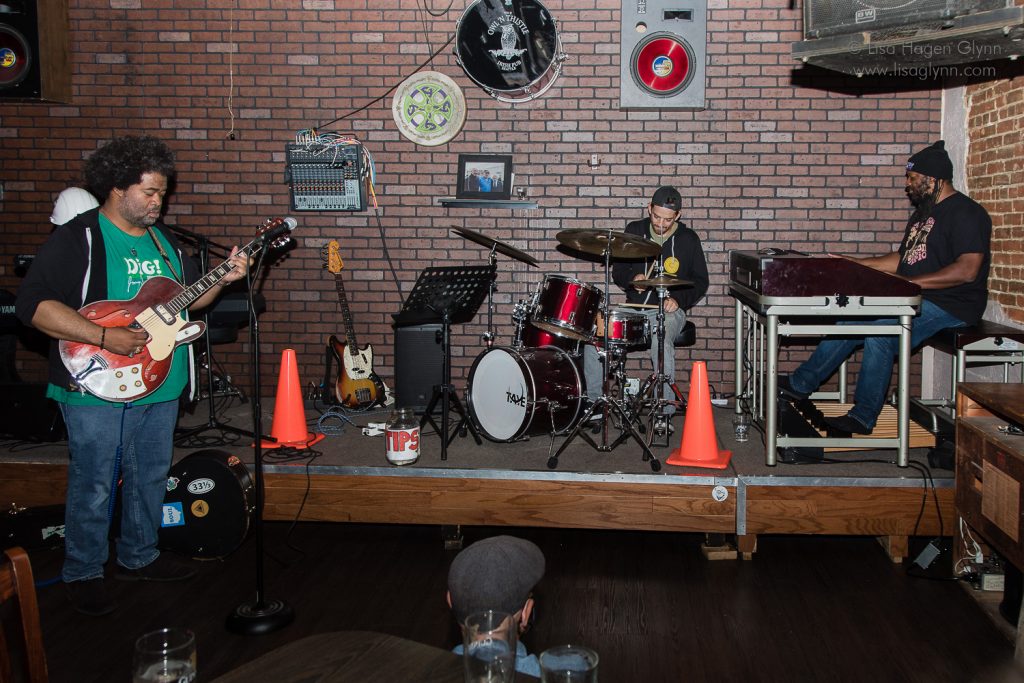
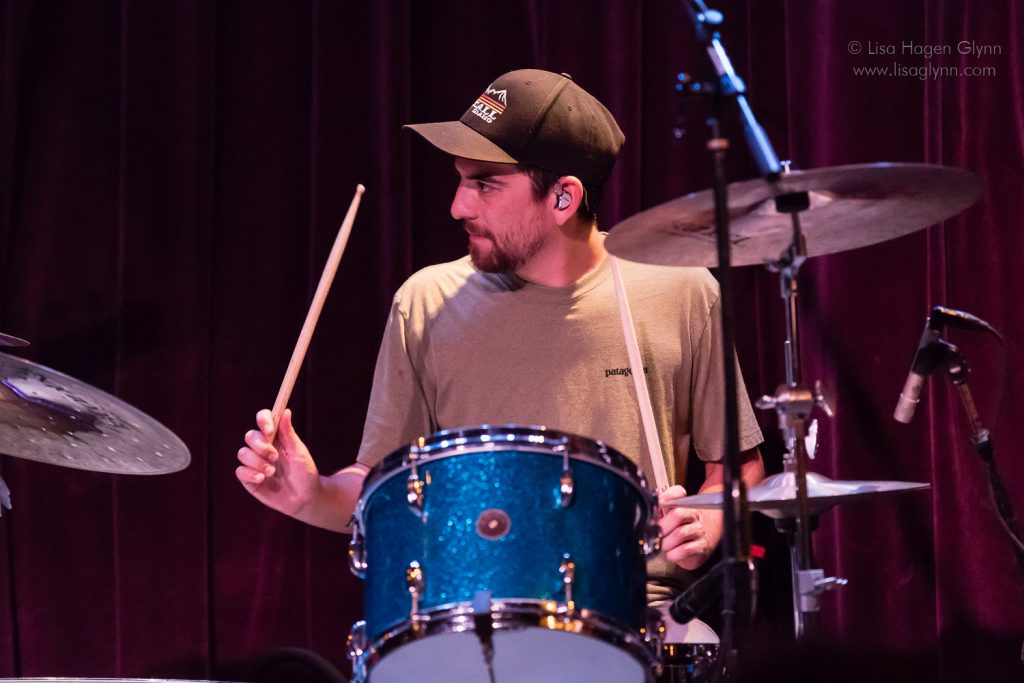
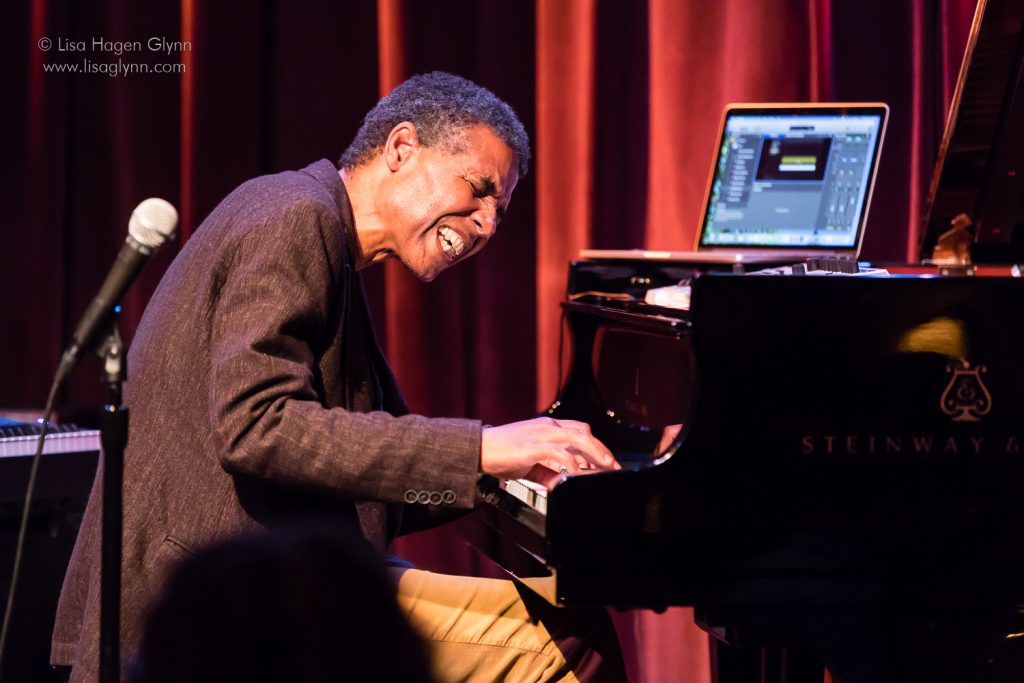
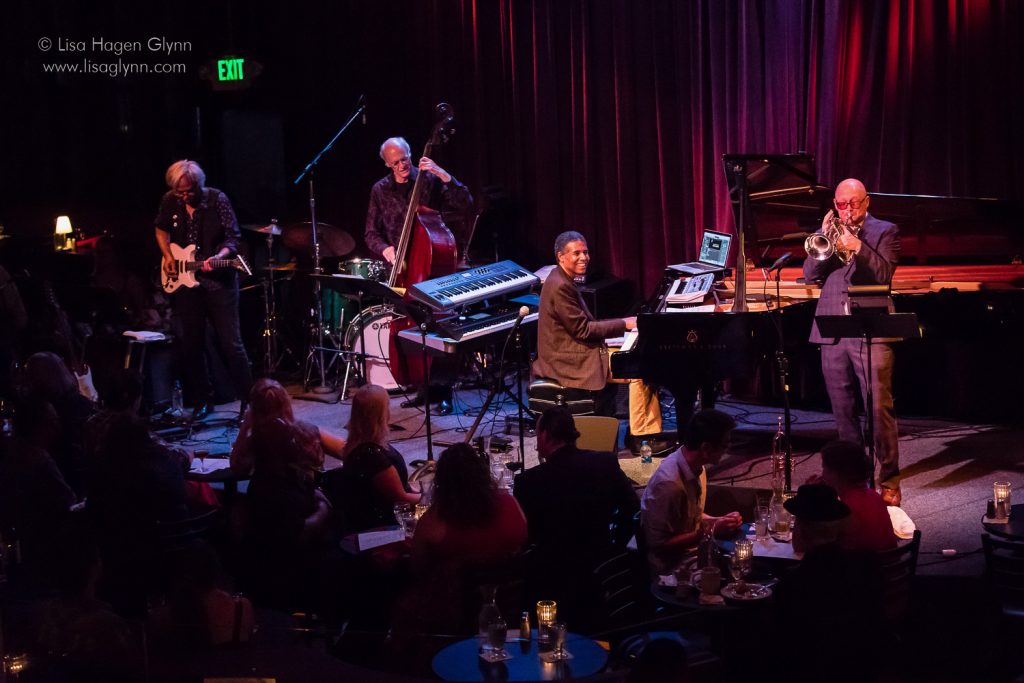
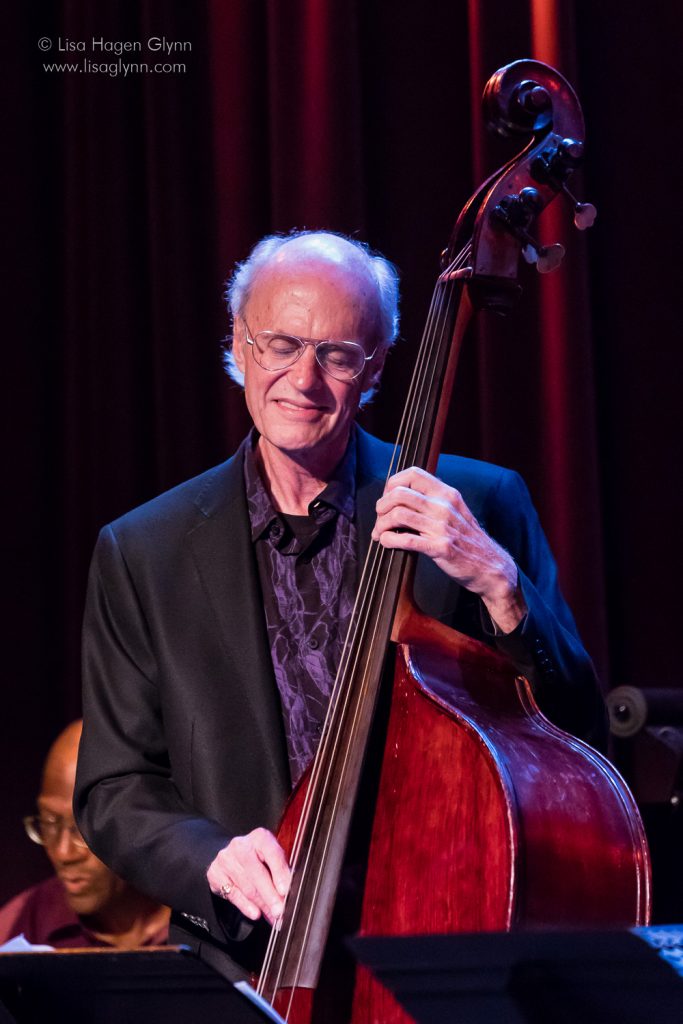
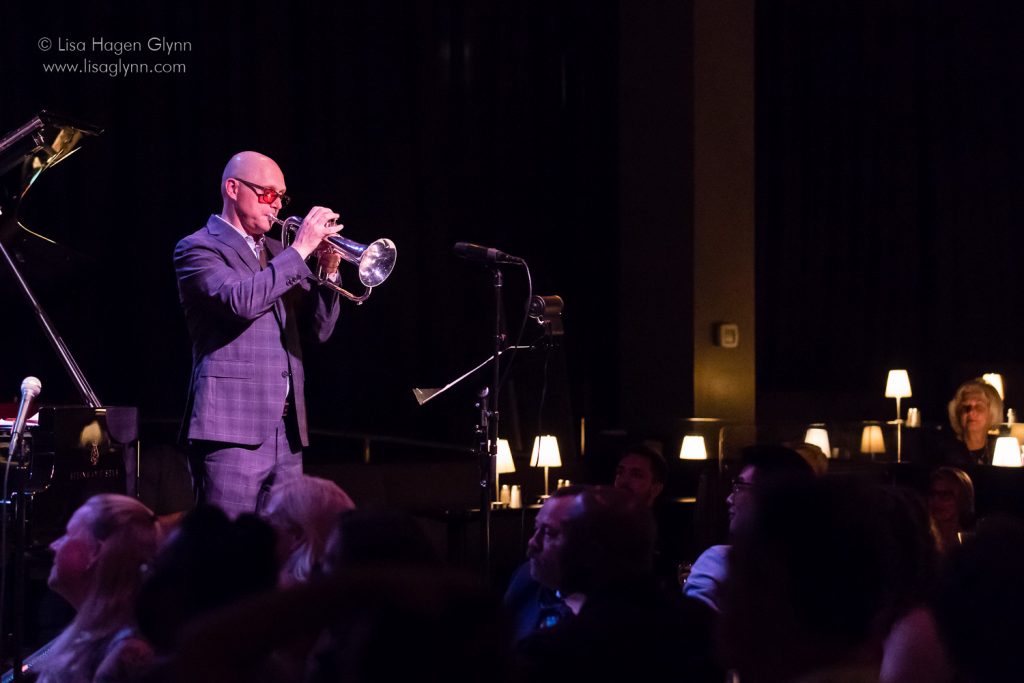
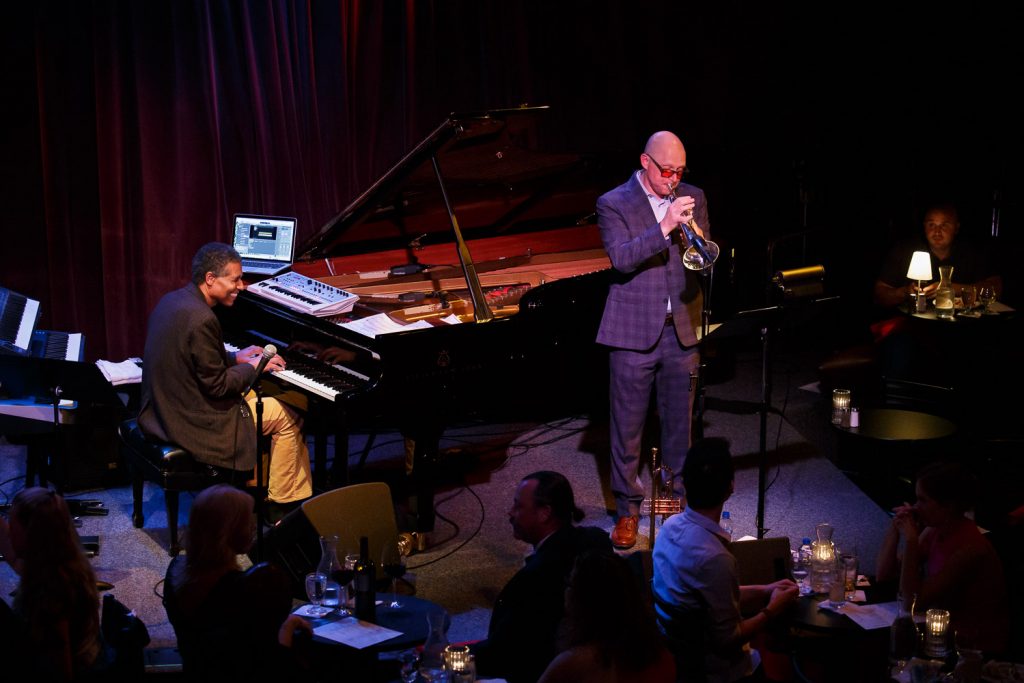
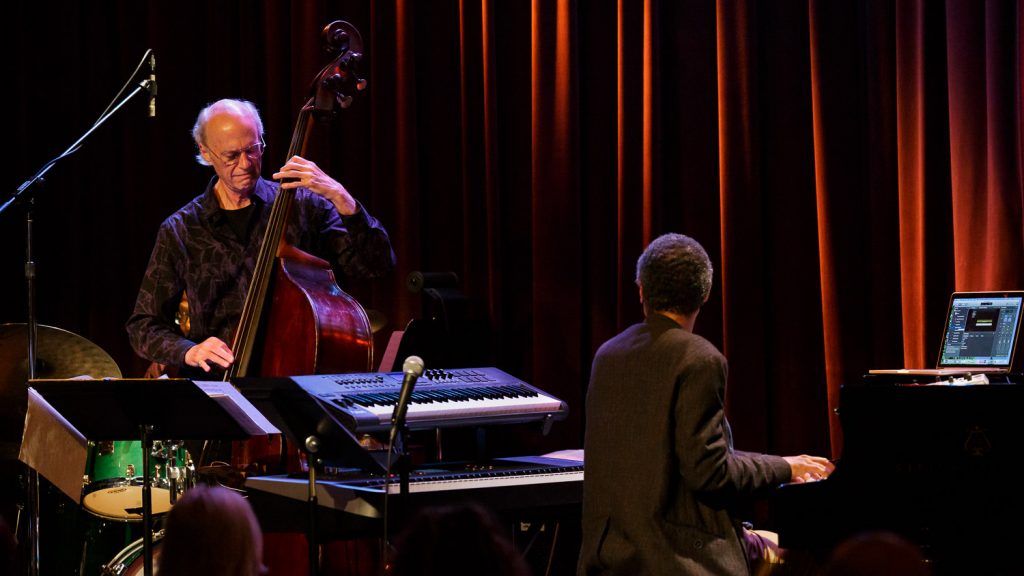
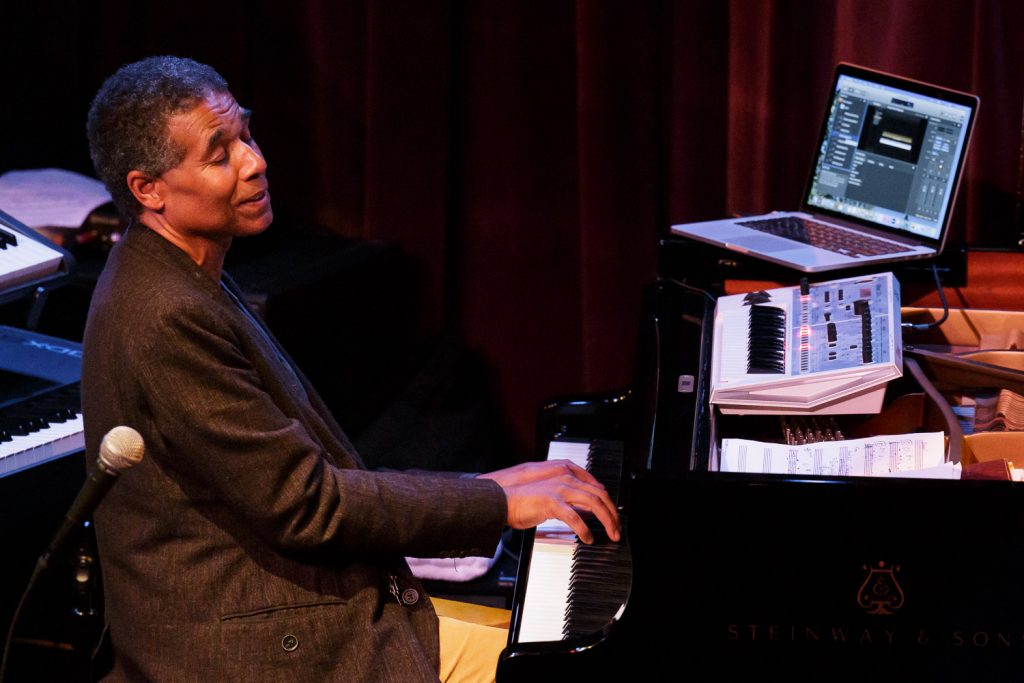
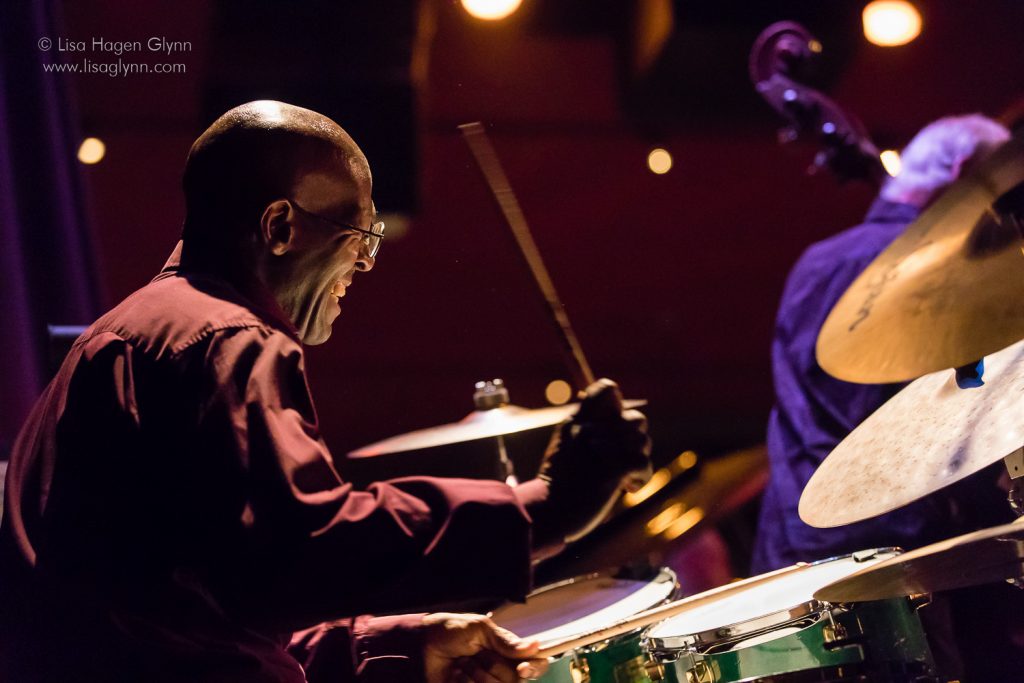
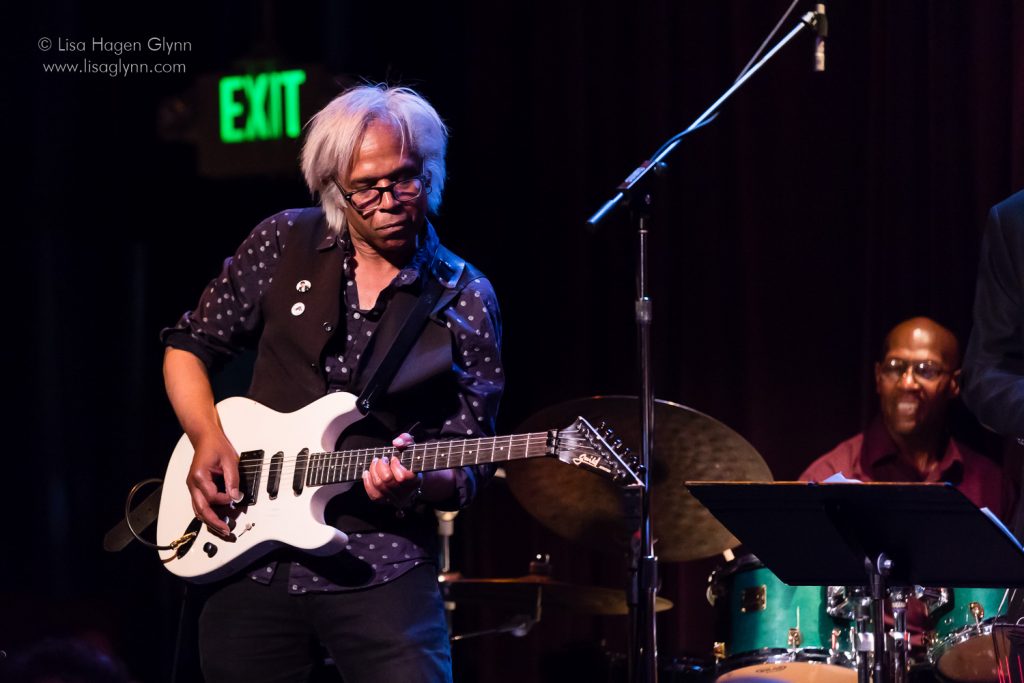
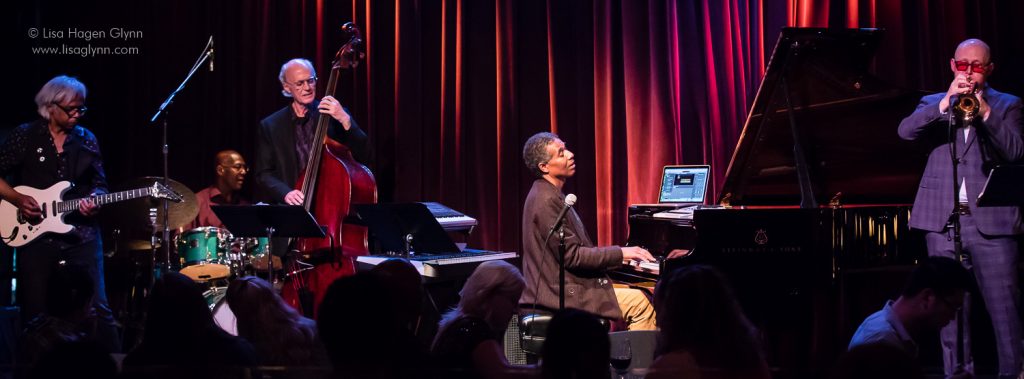
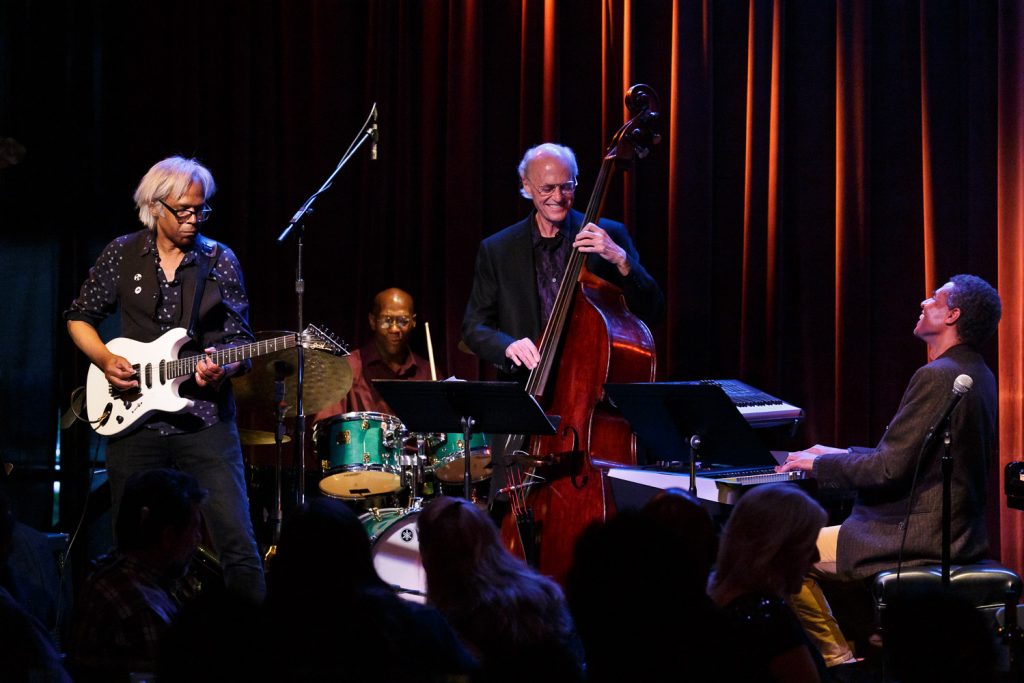

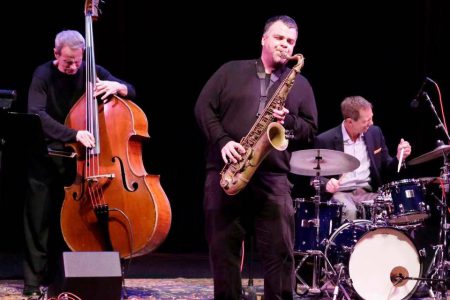
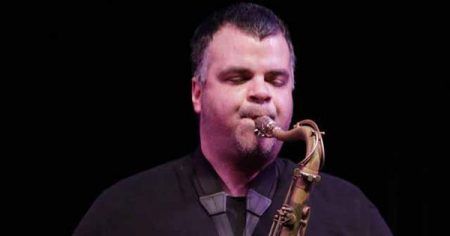
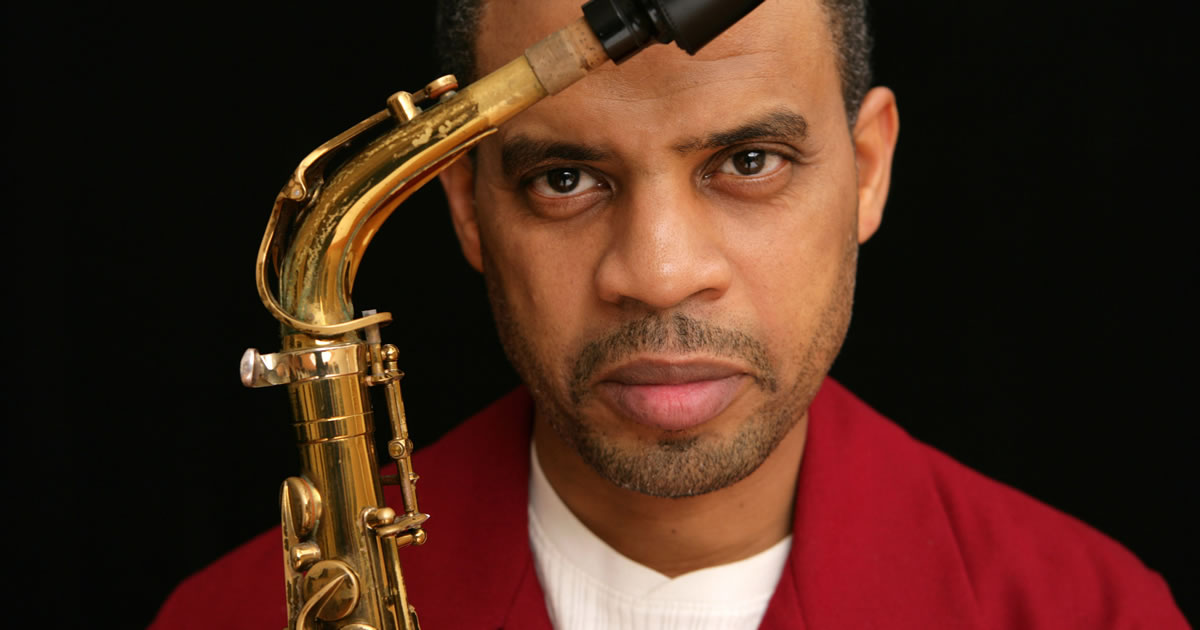

 January 13, 2013
January 13, 2013 It is with great enthusiasm that I send a virtual high five and a holler out to Seattle jazz musicians
It is with great enthusiasm that I send a virtual high five and a holler out to Seattle jazz musicians  Trumpeter Riley Mulherkar and vocalist Siobhan Brugger are the featured performers for “A Weekend of Rising Stars,” which takes place July 16 & 17 at Bake’s Place.
Trumpeter Riley Mulherkar and vocalist Siobhan Brugger are the featured performers for “A Weekend of Rising Stars,” which takes place July 16 & 17 at Bake’s Place. Siobhan Brugger has been singing jazz standards since she was 12 years old and has appeared at jazz clubs in Edinburgh, Scotland and Kobe, Japan. She has received numerous accolades including:winner of the 2009 Downbeat Magazine Best High School Jazz Vocalist, two –time winner of the “Outstanding Alto Soloist” award at the Lionel Hampton jazz Festival, winner of the student division of the Seattle-Kobe Jazz Vocalist competition, selection for the 2008 All-State Jazz Choir and also a two-time finalist for the Gibson/Baldwin Grammy Jazz Festival. She is a longtime student of Greta Matassa and her performed at such great venues as Dimitriou’s Jazz Alley and Bake’s Place. Siobhan is presently a student at USC, where she is continuing her education in jazz studies. Siobhan’s band features Devon Yesberger on piano, Chris Copland on drums, Colleen Gilligan on bass and Daniel Hipke on guitar. Siobhan will be appearing on July 17.
Siobhan Brugger has been singing jazz standards since she was 12 years old and has appeared at jazz clubs in Edinburgh, Scotland and Kobe, Japan. She has received numerous accolades including:winner of the 2009 Downbeat Magazine Best High School Jazz Vocalist, two –time winner of the “Outstanding Alto Soloist” award at the Lionel Hampton jazz Festival, winner of the student division of the Seattle-Kobe Jazz Vocalist competition, selection for the 2008 All-State Jazz Choir and also a two-time finalist for the Gibson/Baldwin Grammy Jazz Festival. She is a longtime student of Greta Matassa and her performed at such great venues as Dimitriou’s Jazz Alley and Bake’s Place. Siobhan is presently a student at USC, where she is continuing her education in jazz studies. Siobhan’s band features Devon Yesberger on piano, Chris Copland on drums, Colleen Gilligan on bass and Daniel Hipke on guitar. Siobhan will be appearing on July 17.
